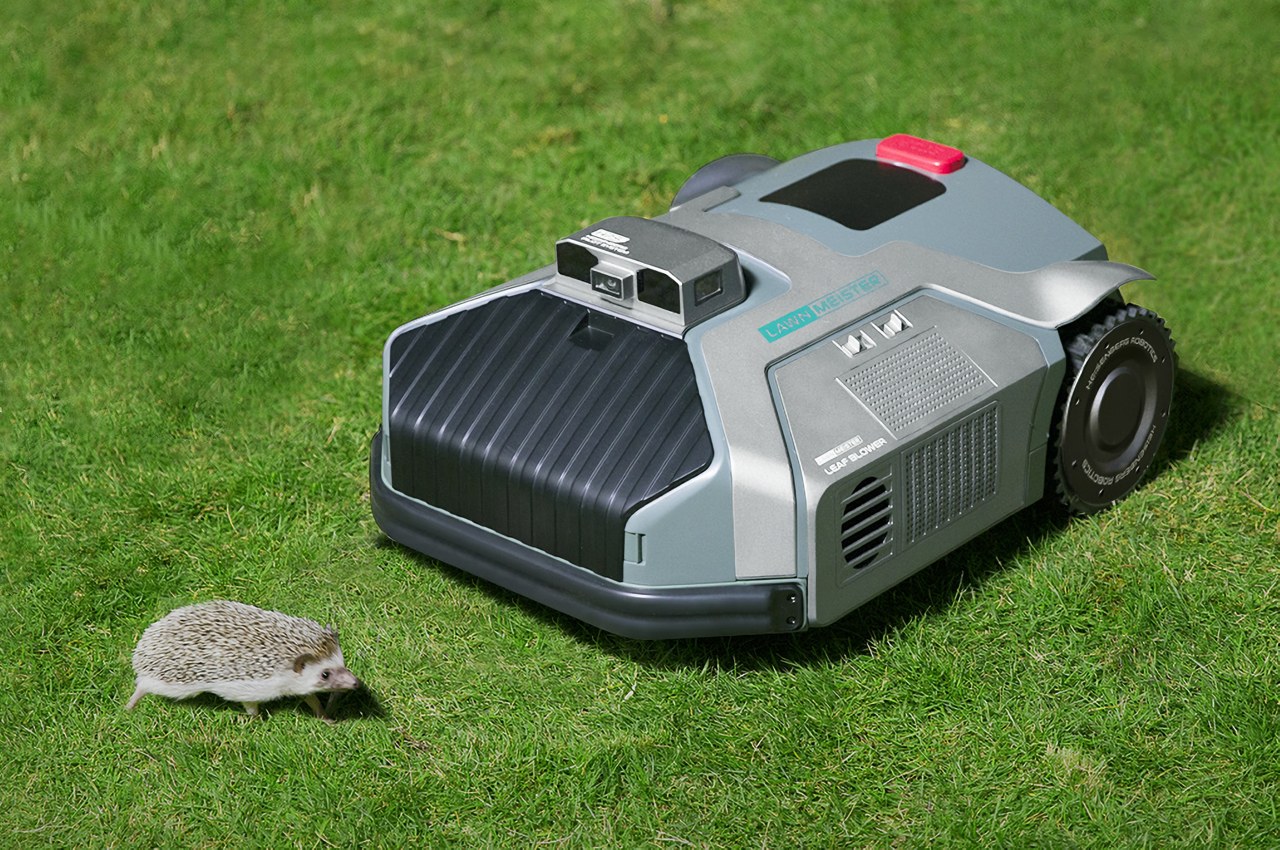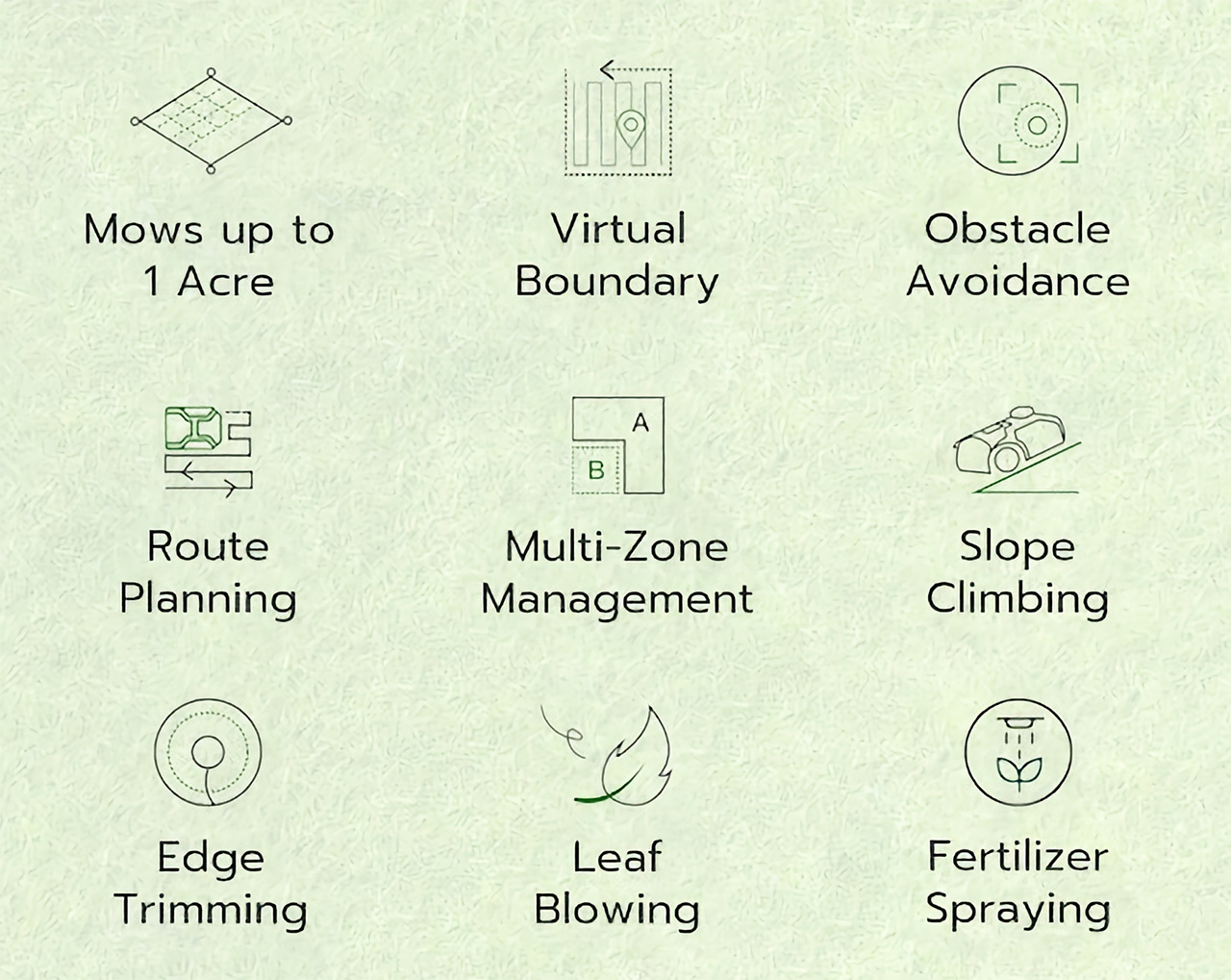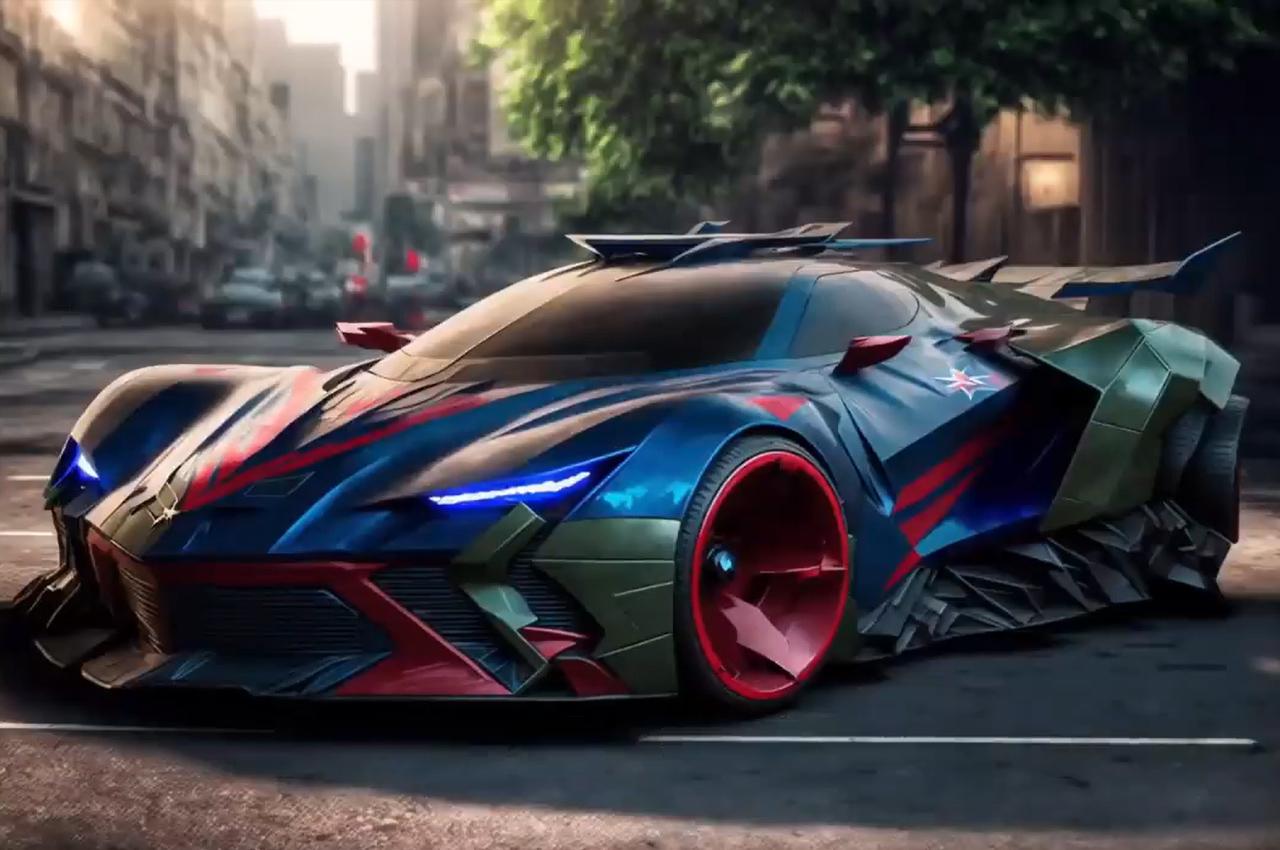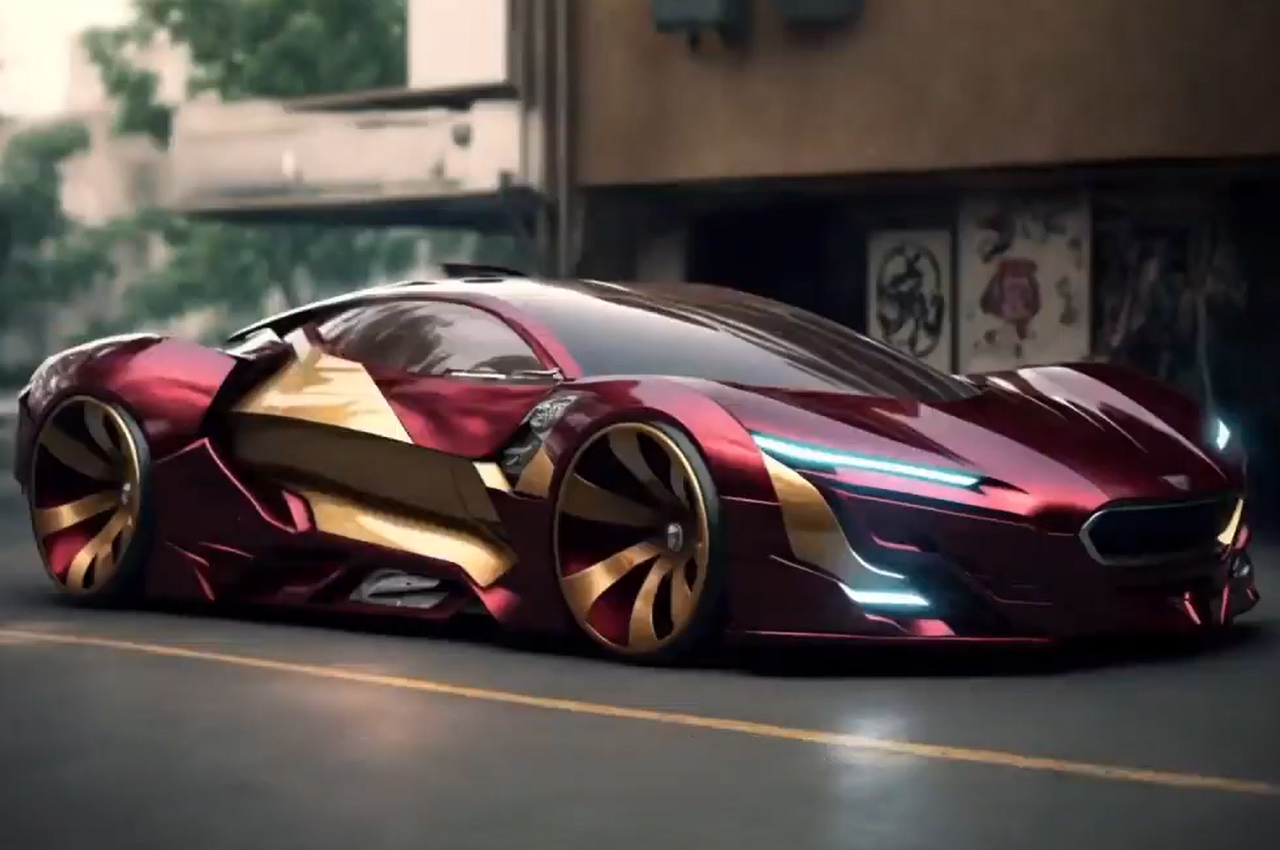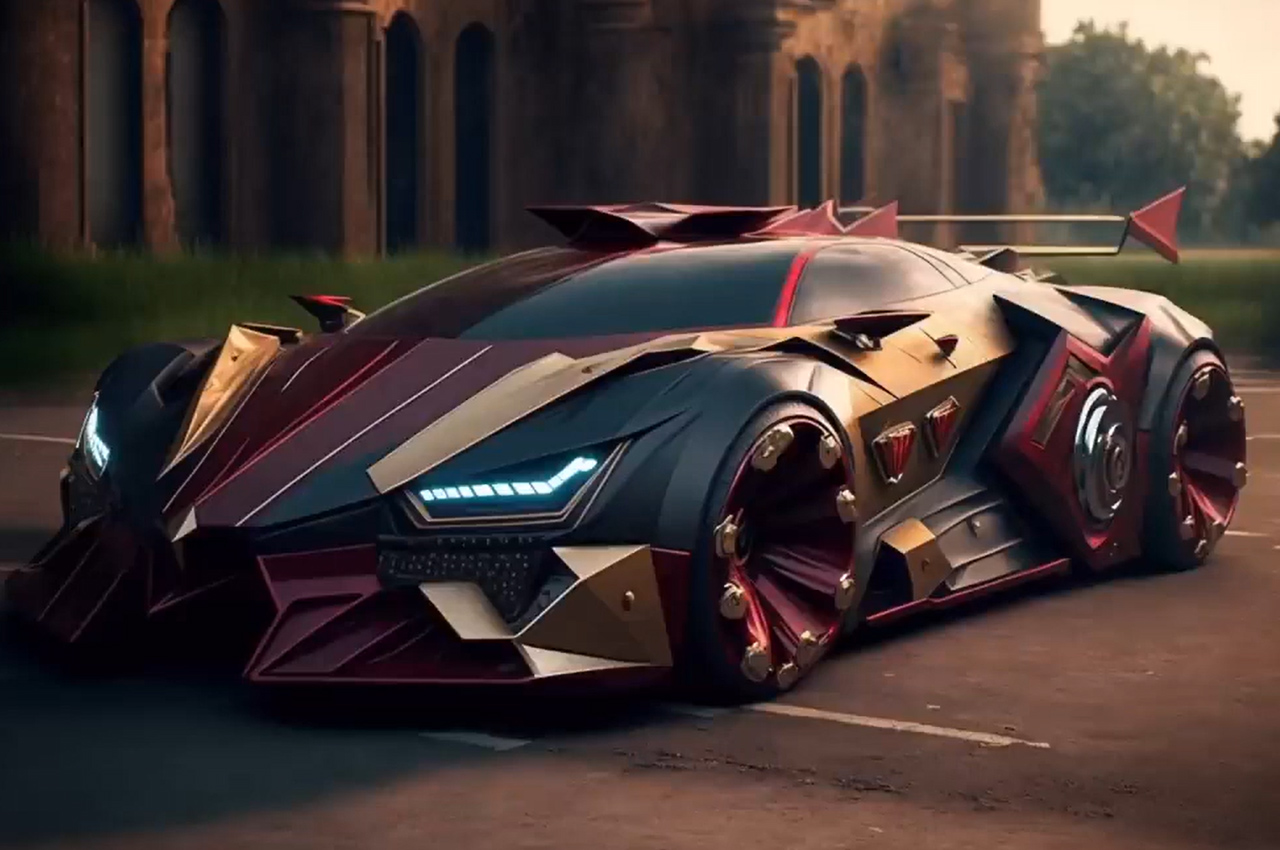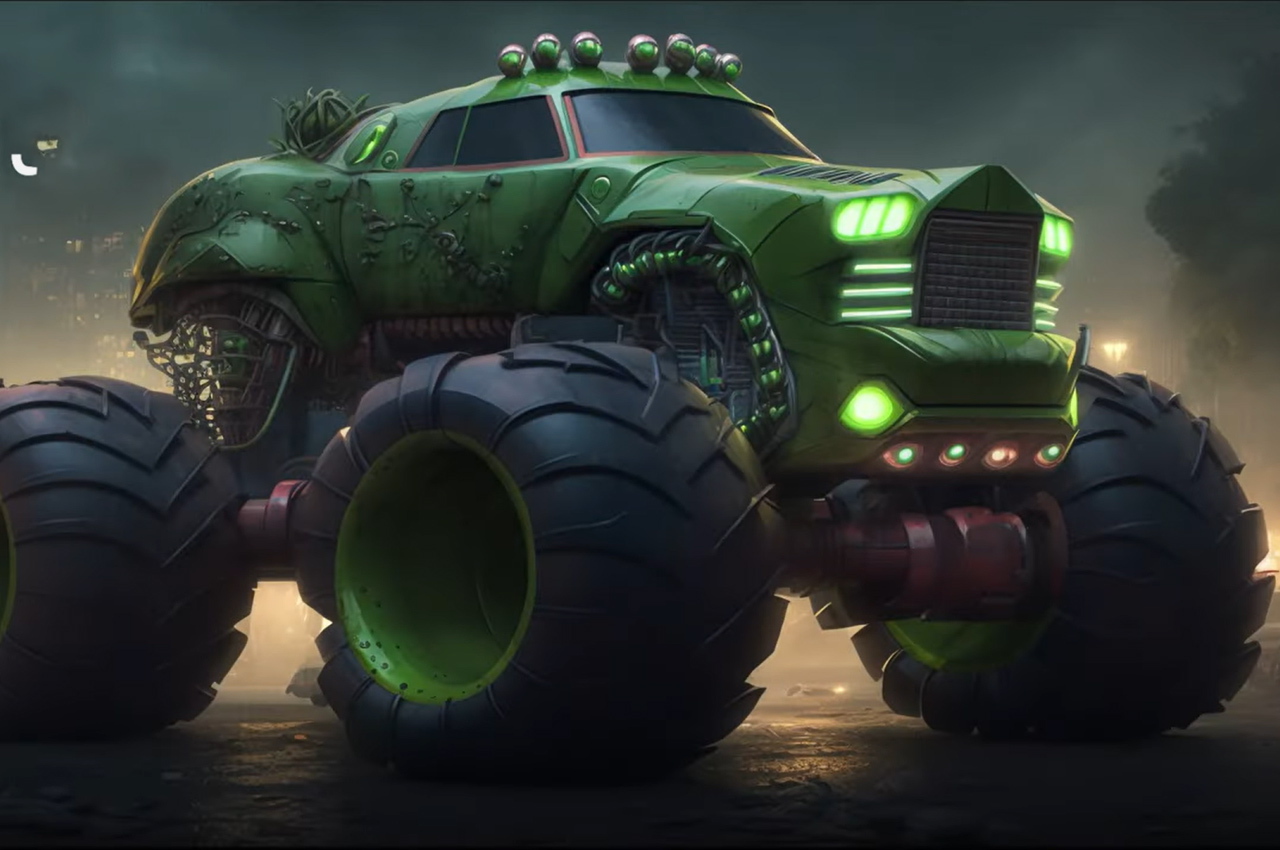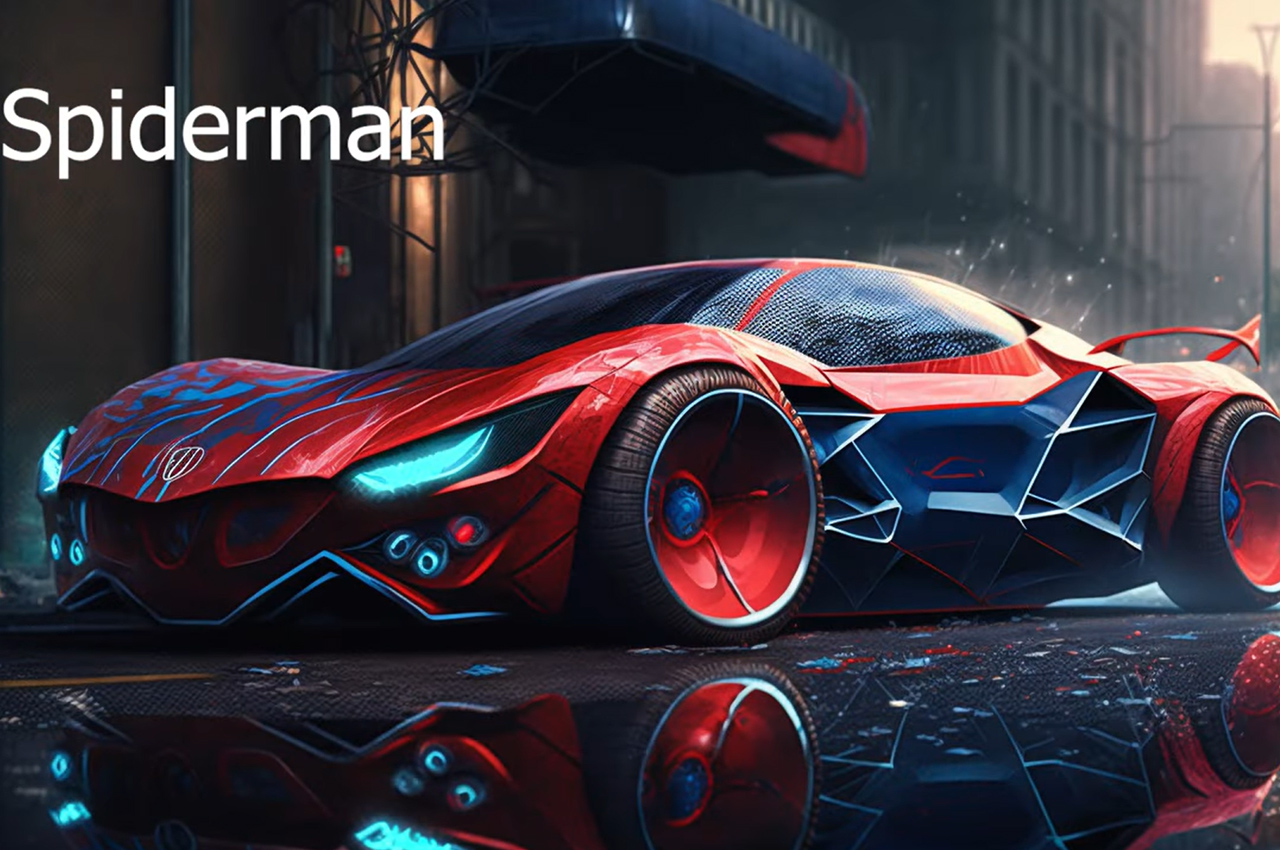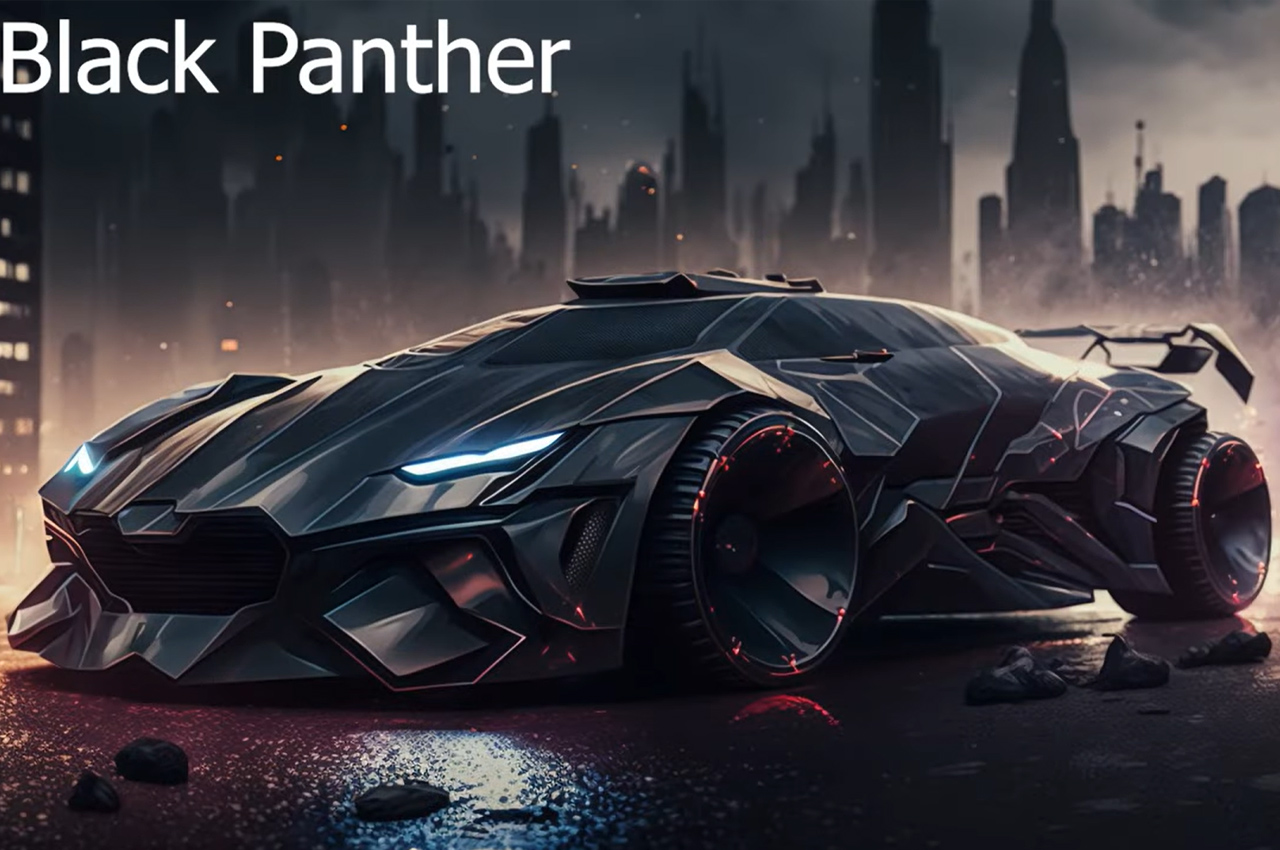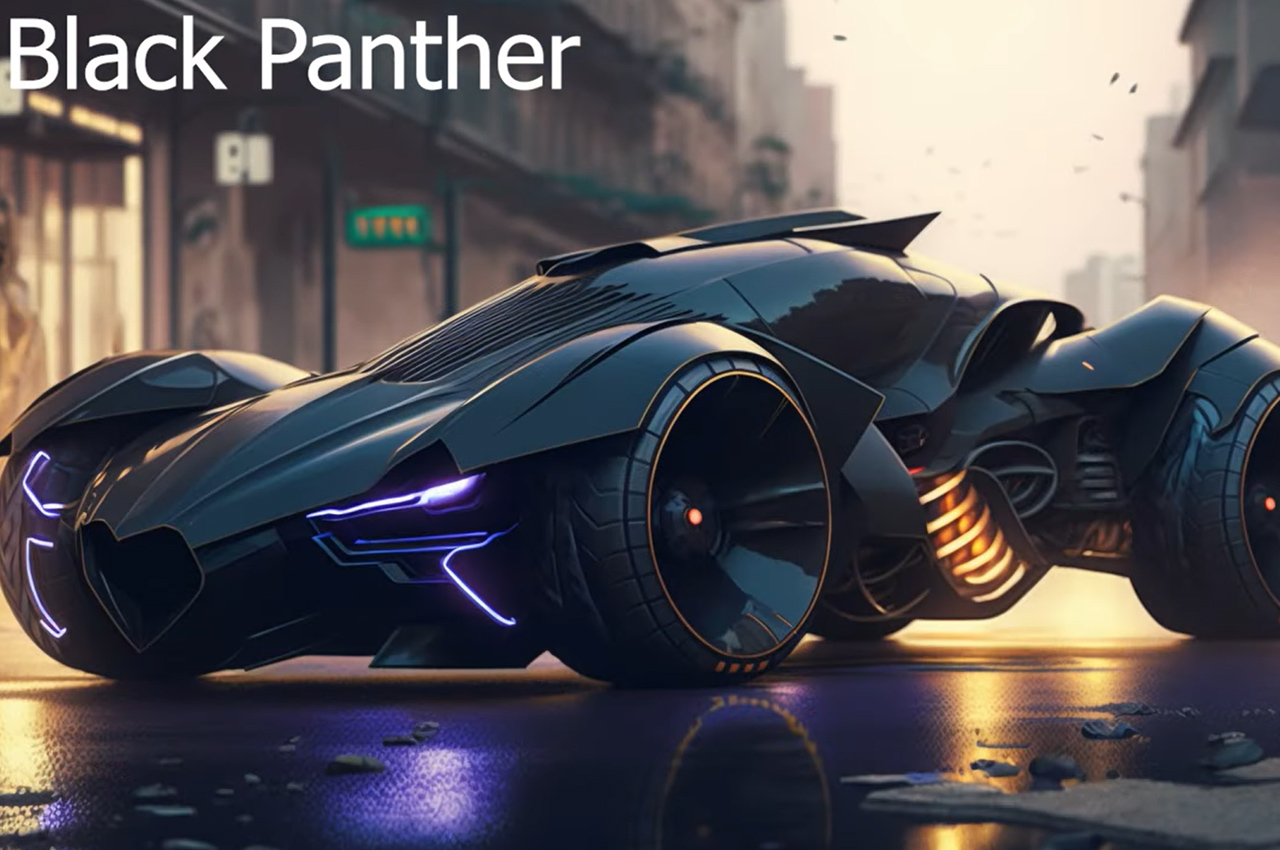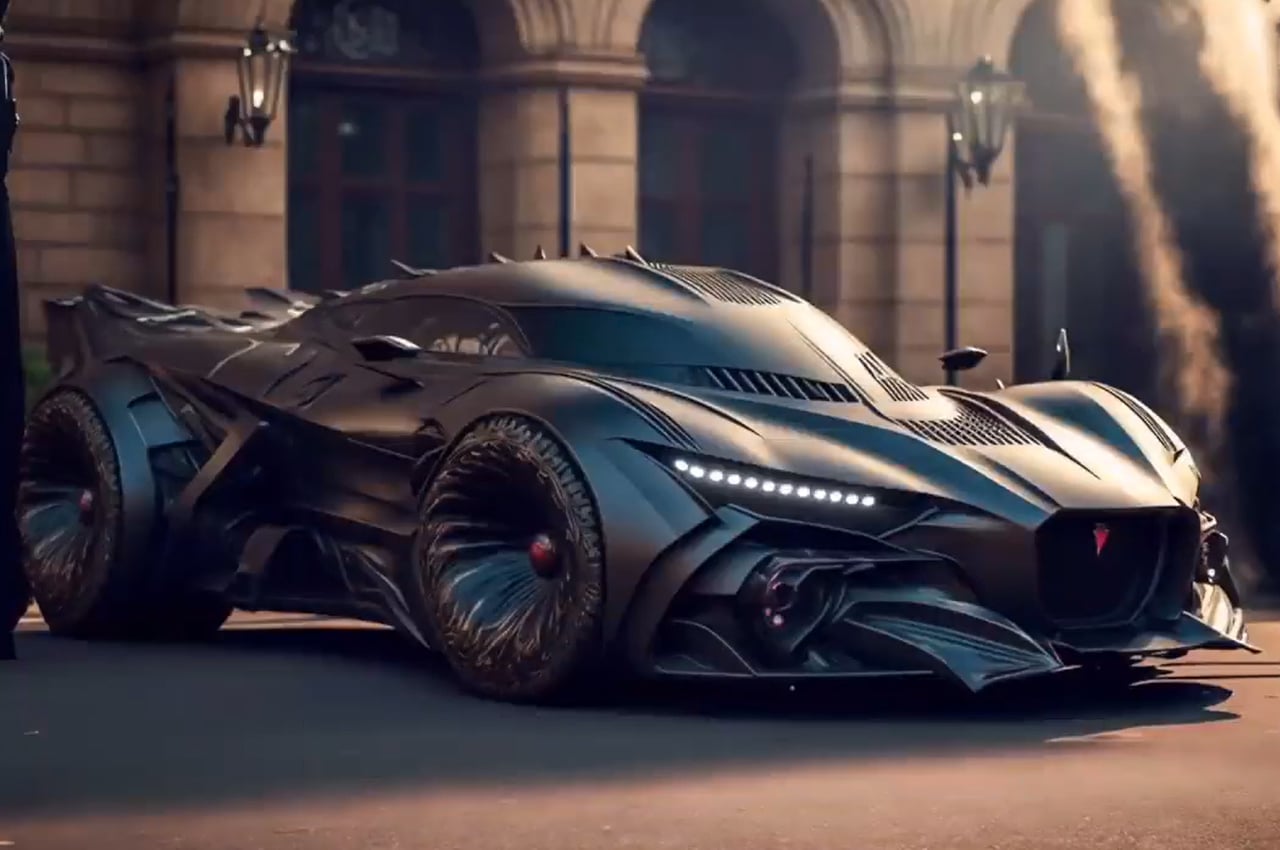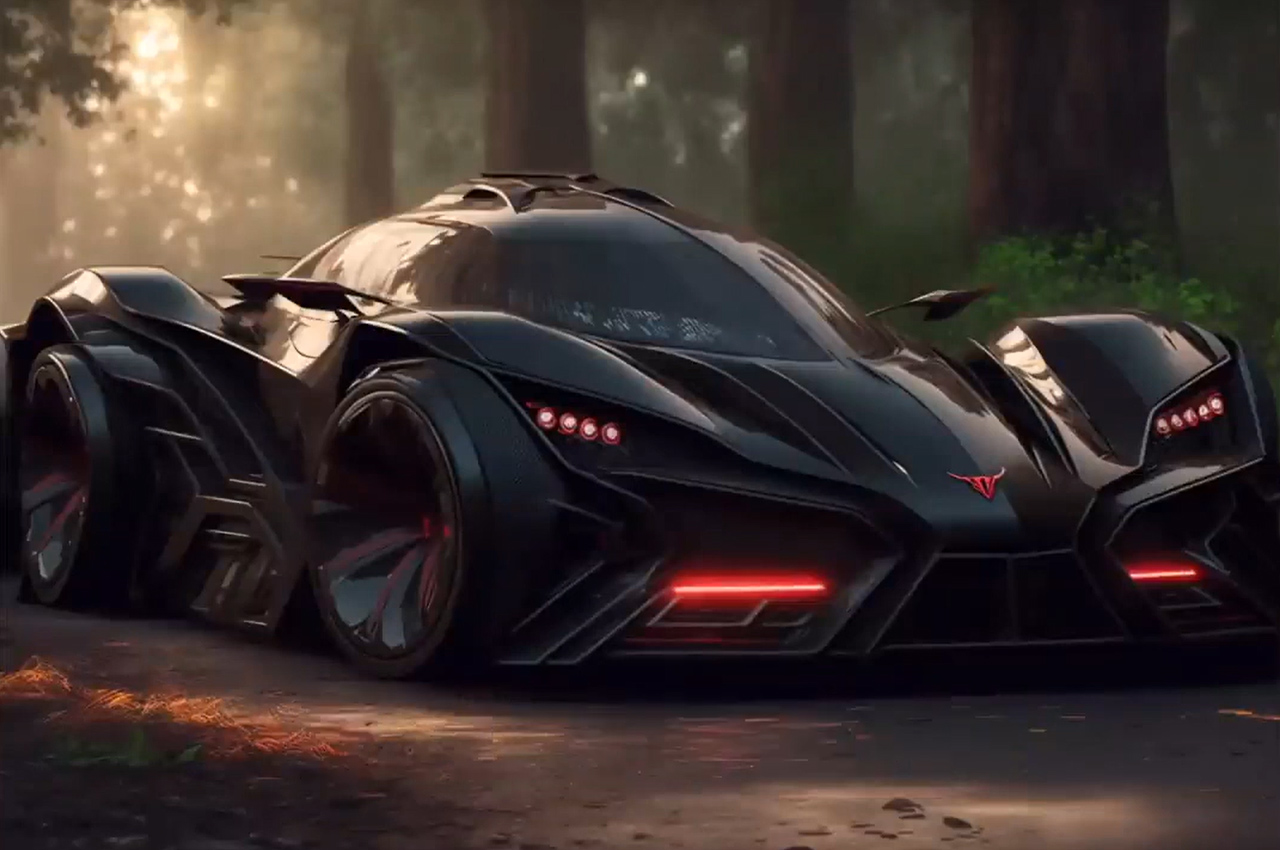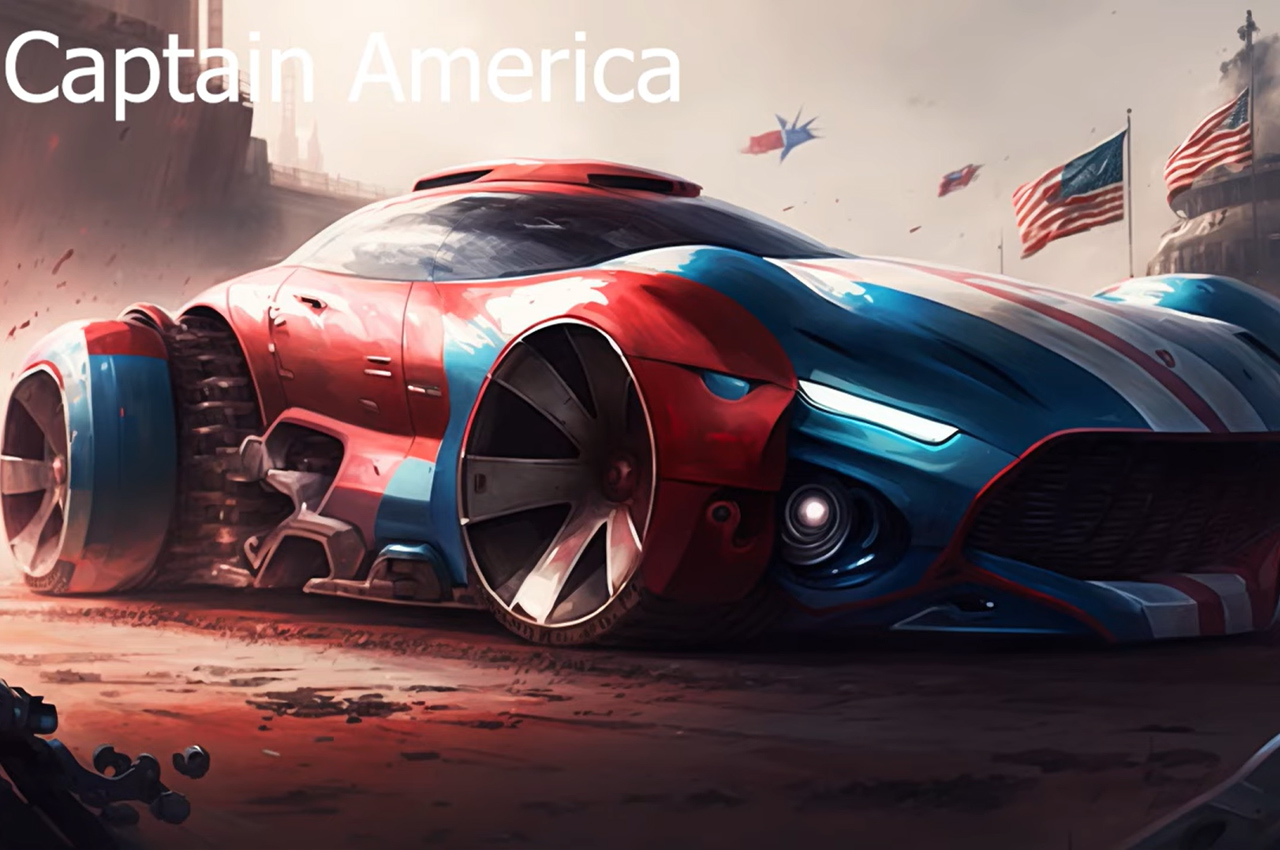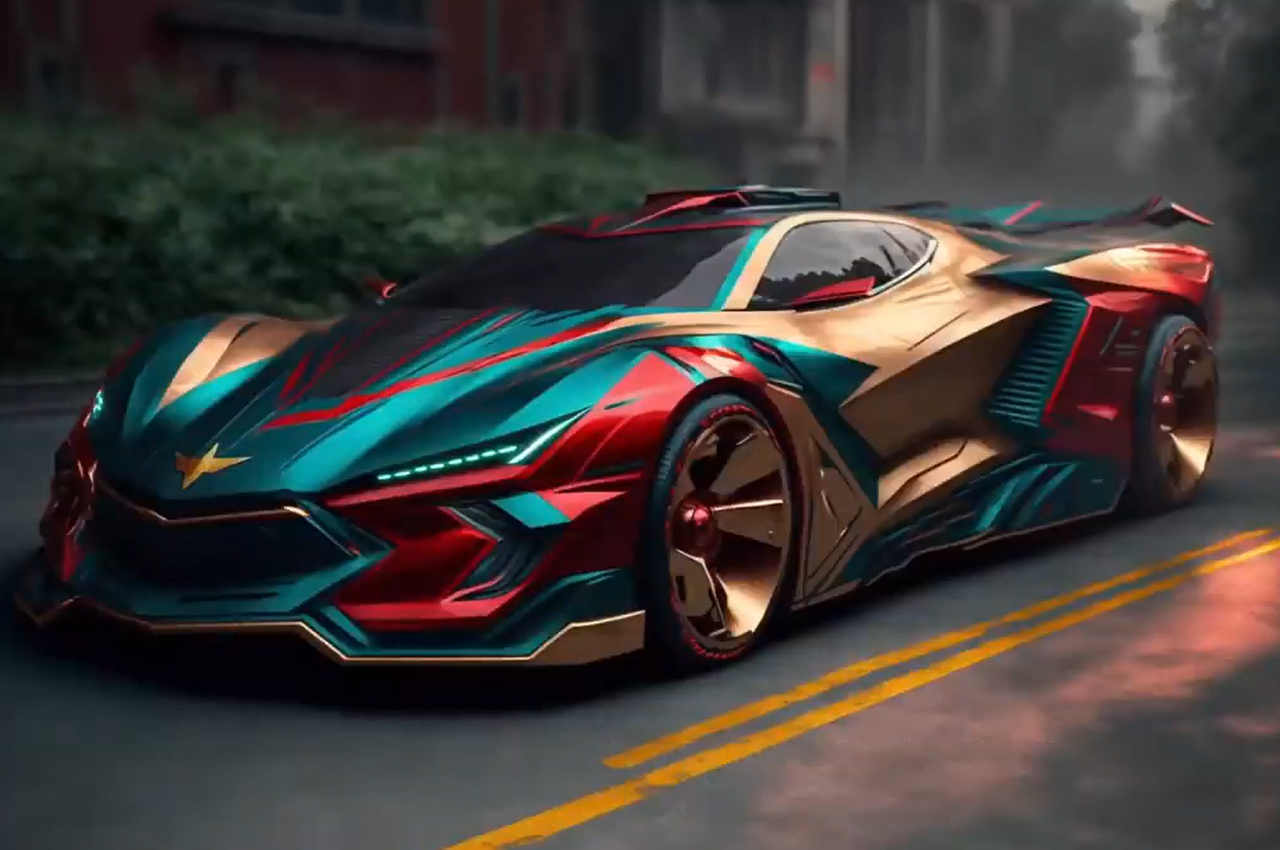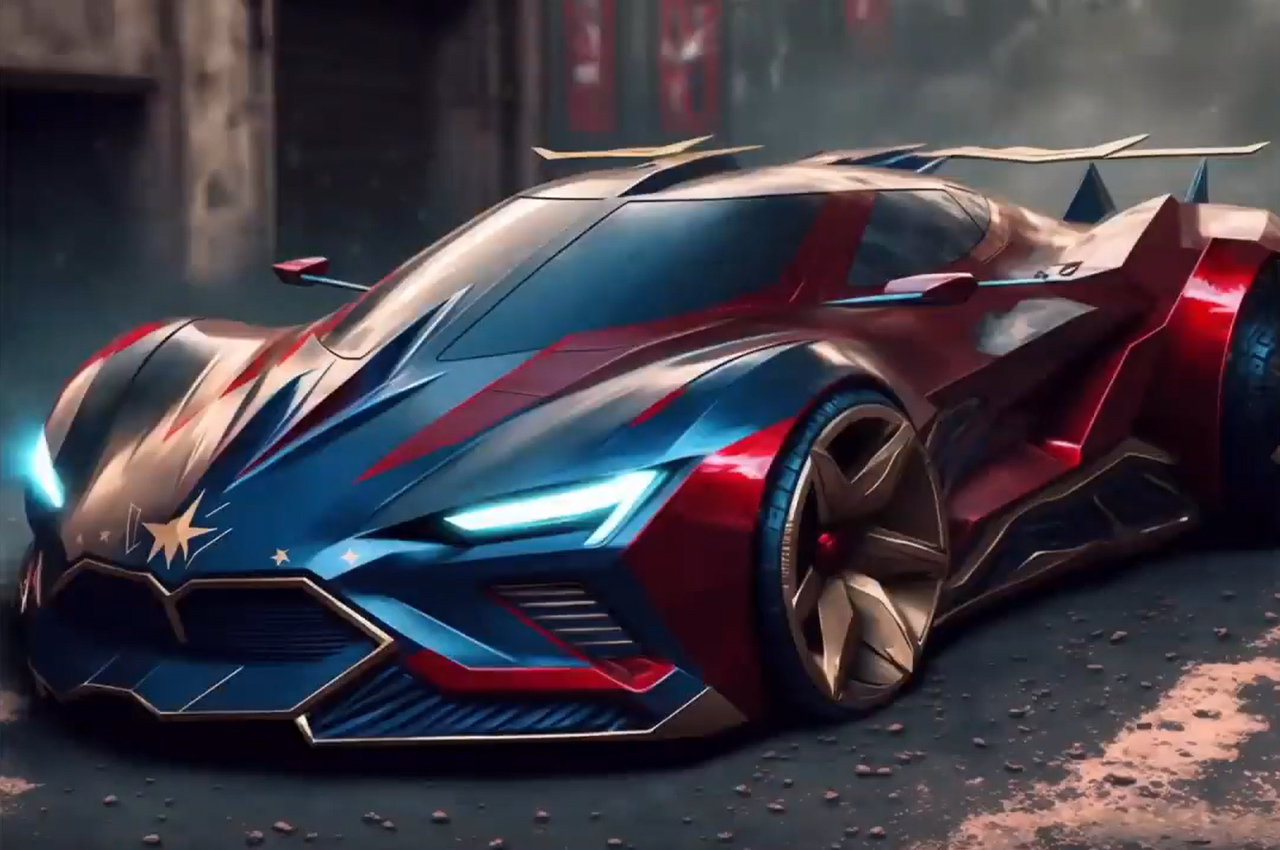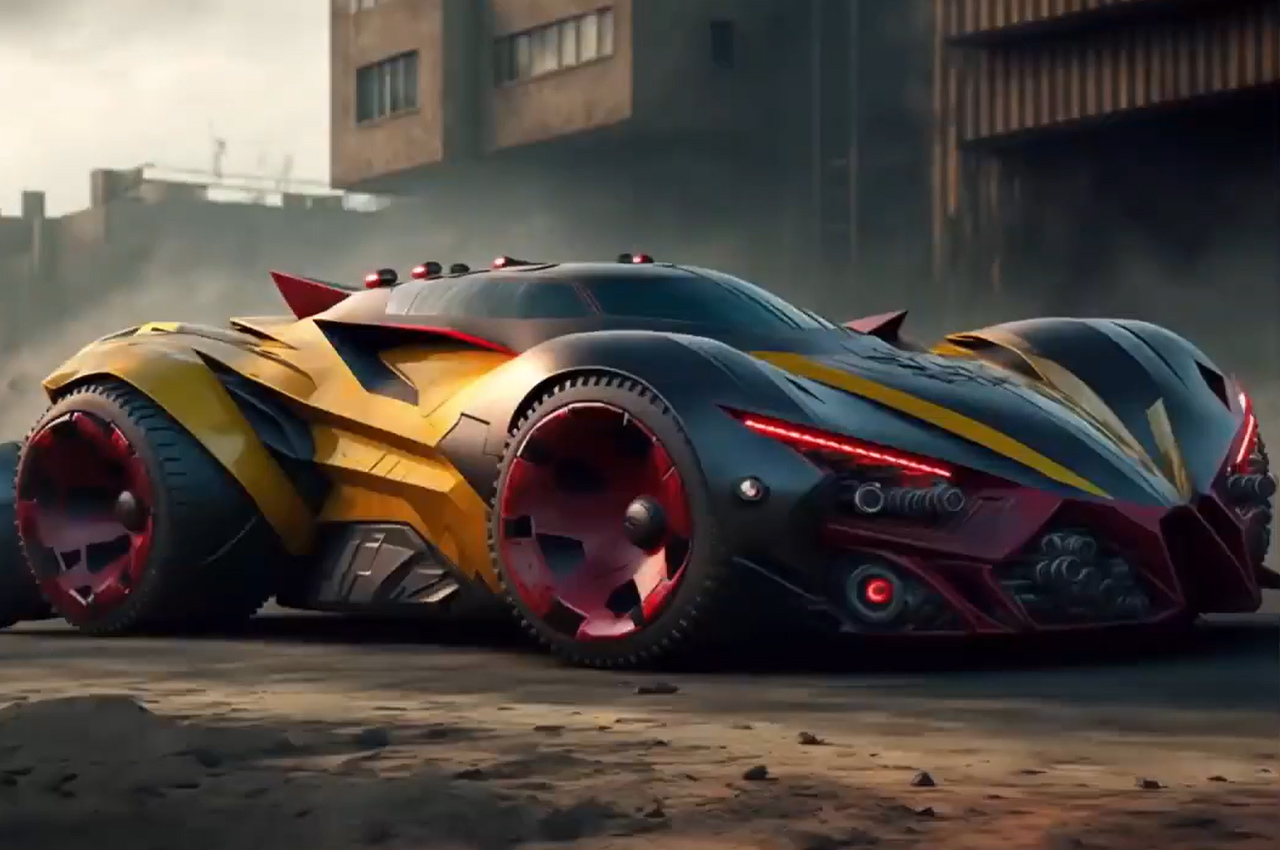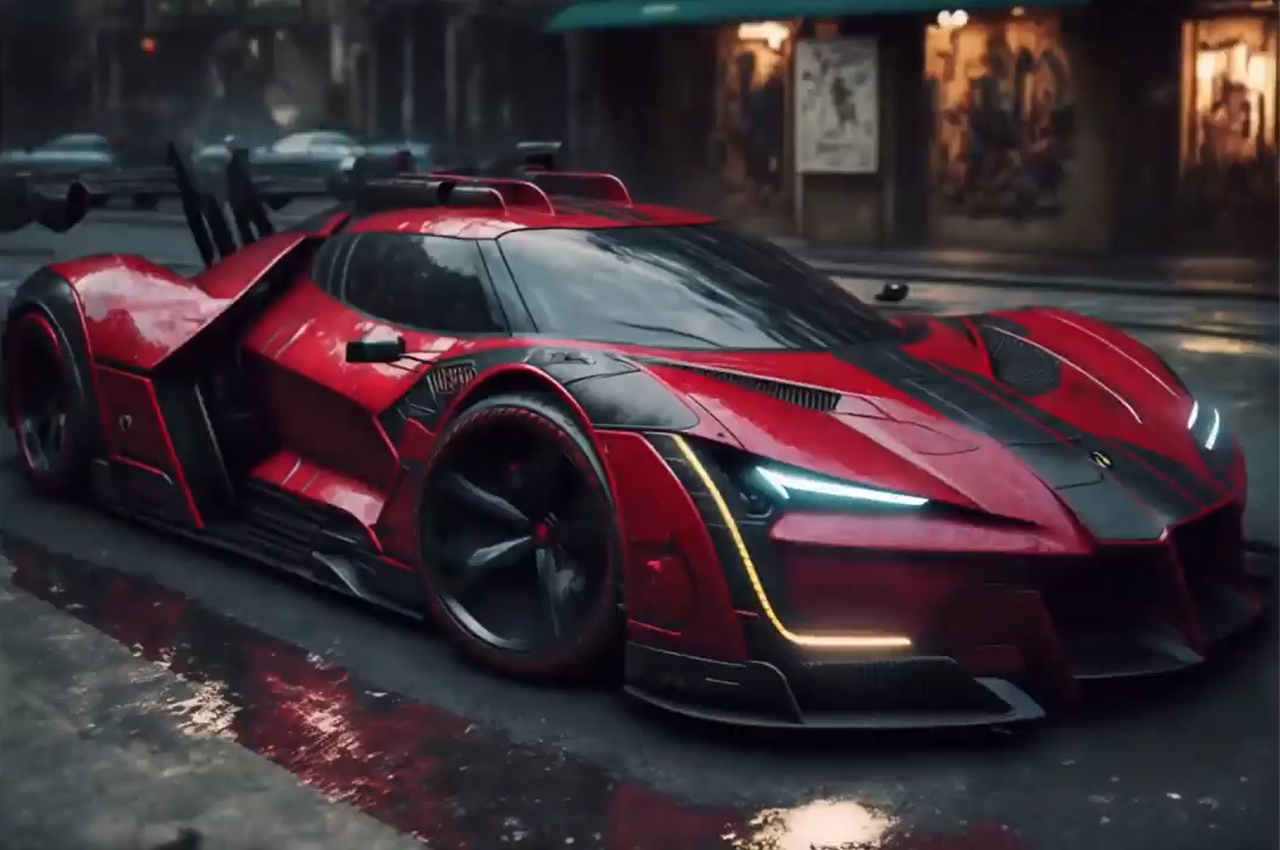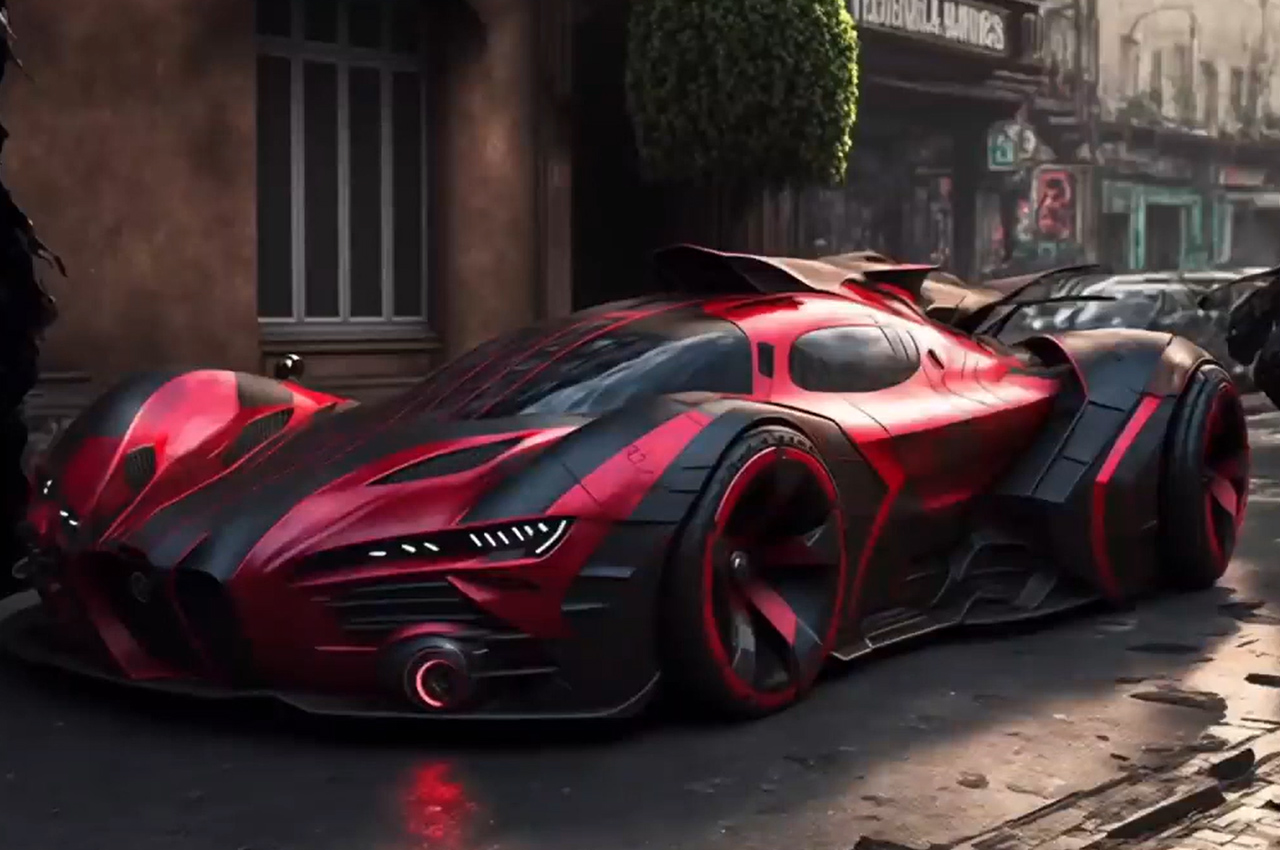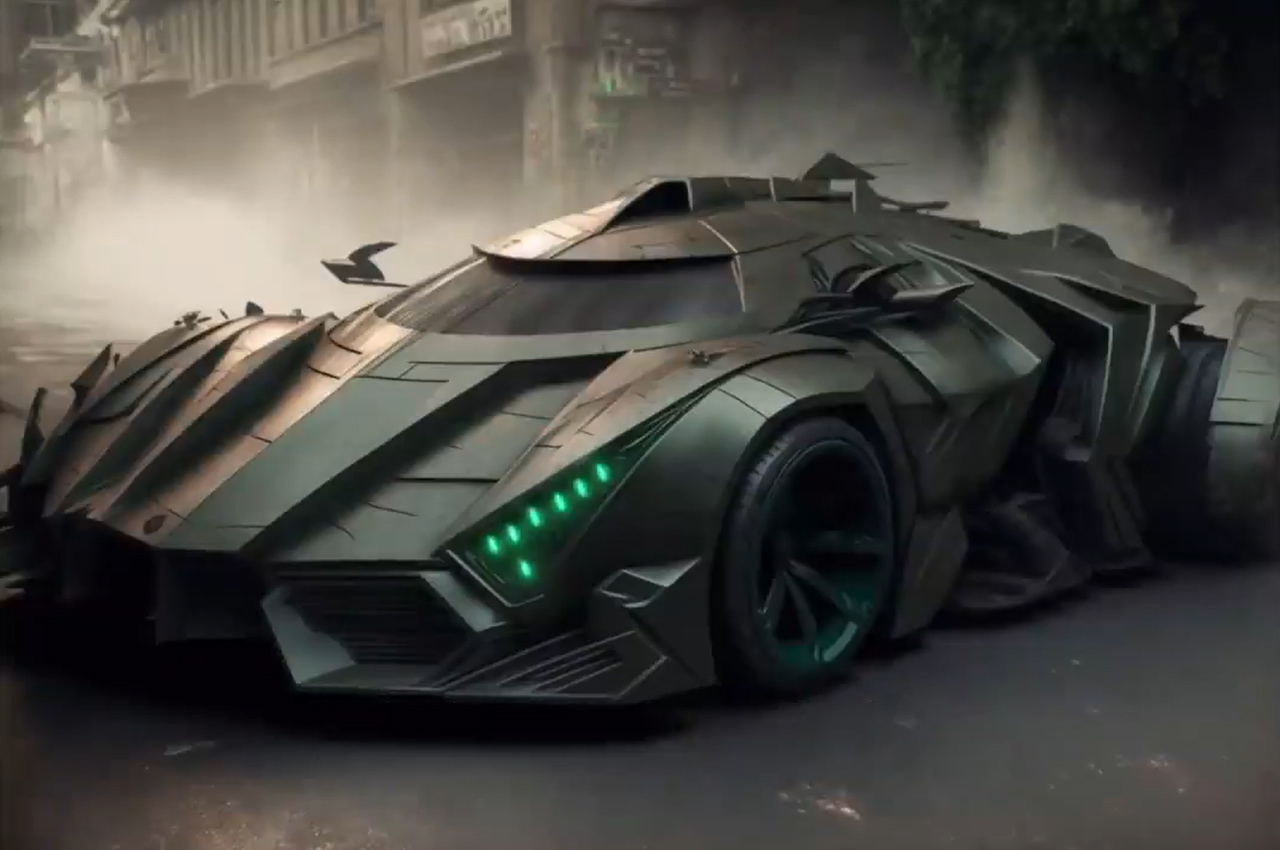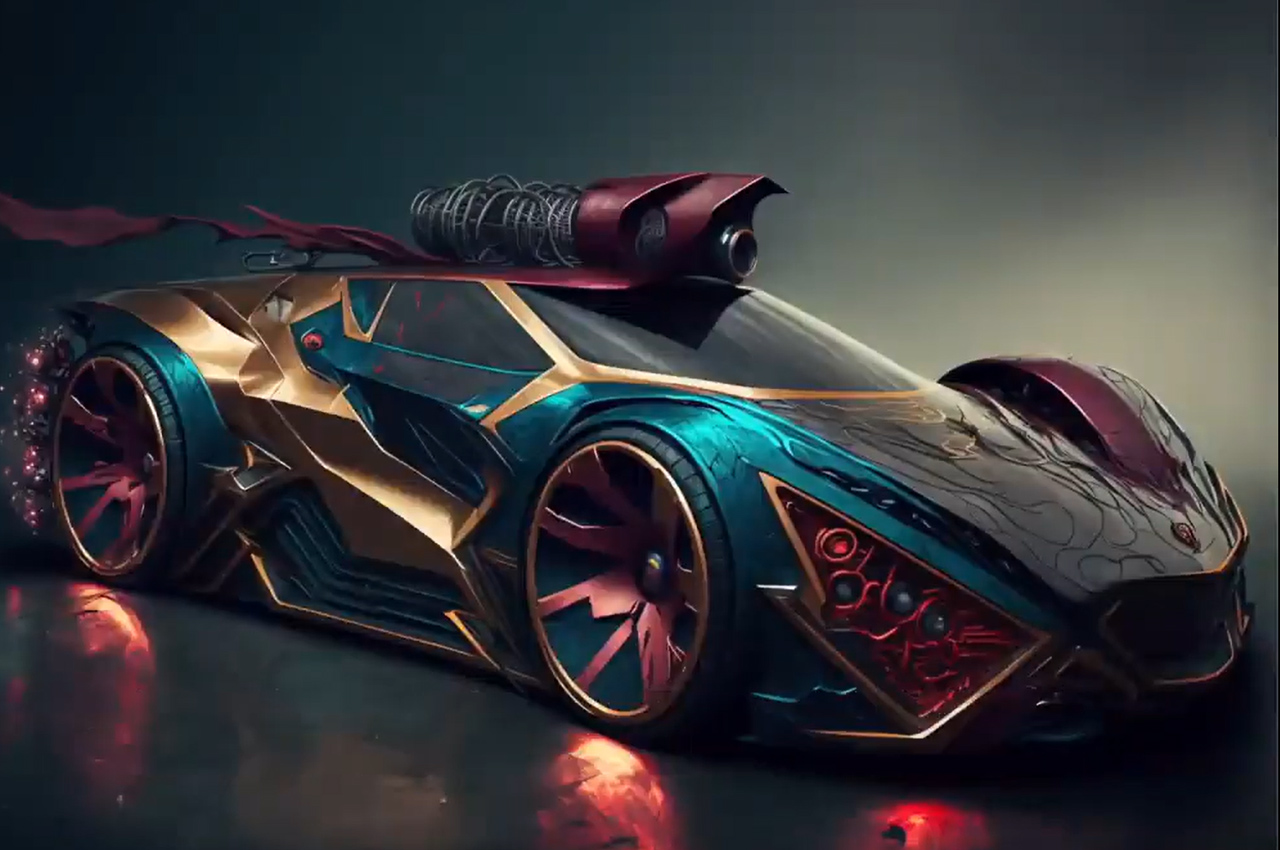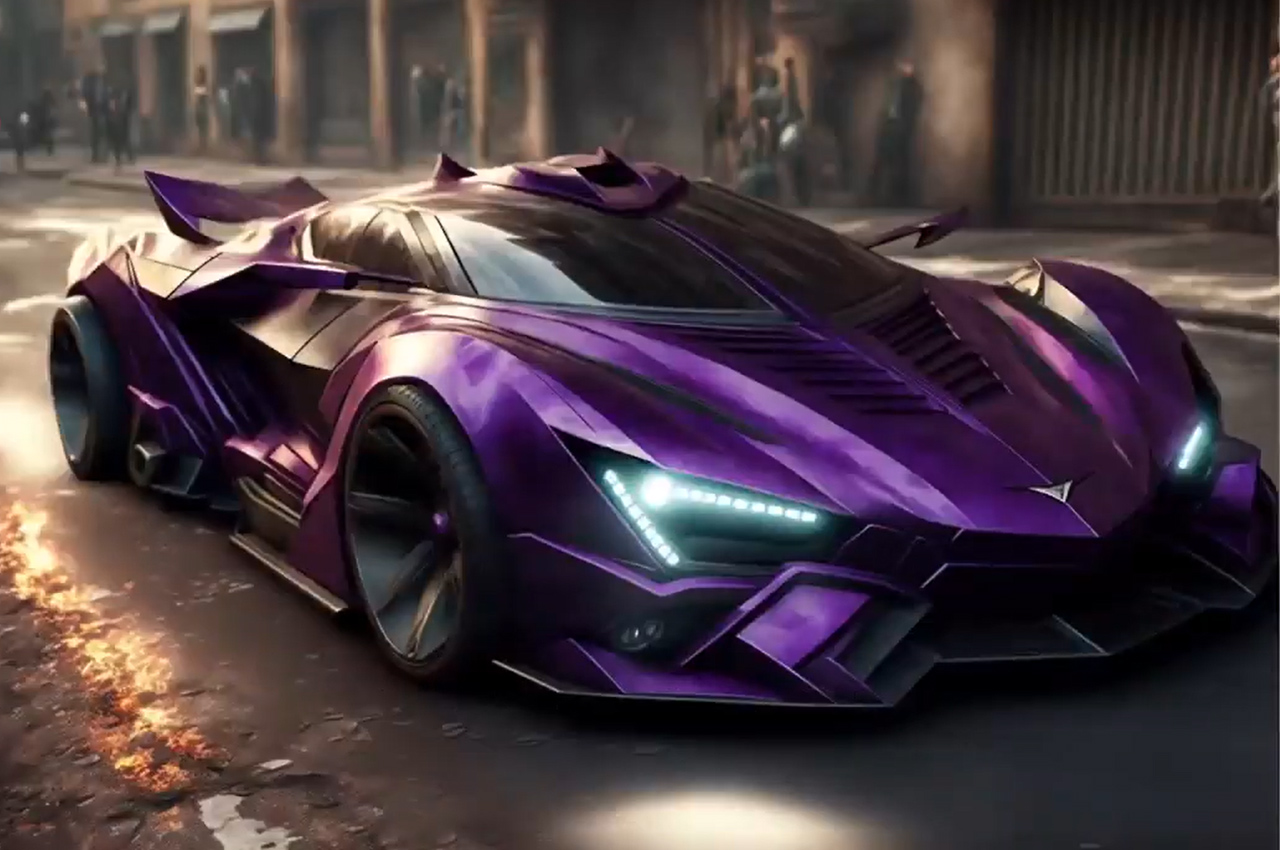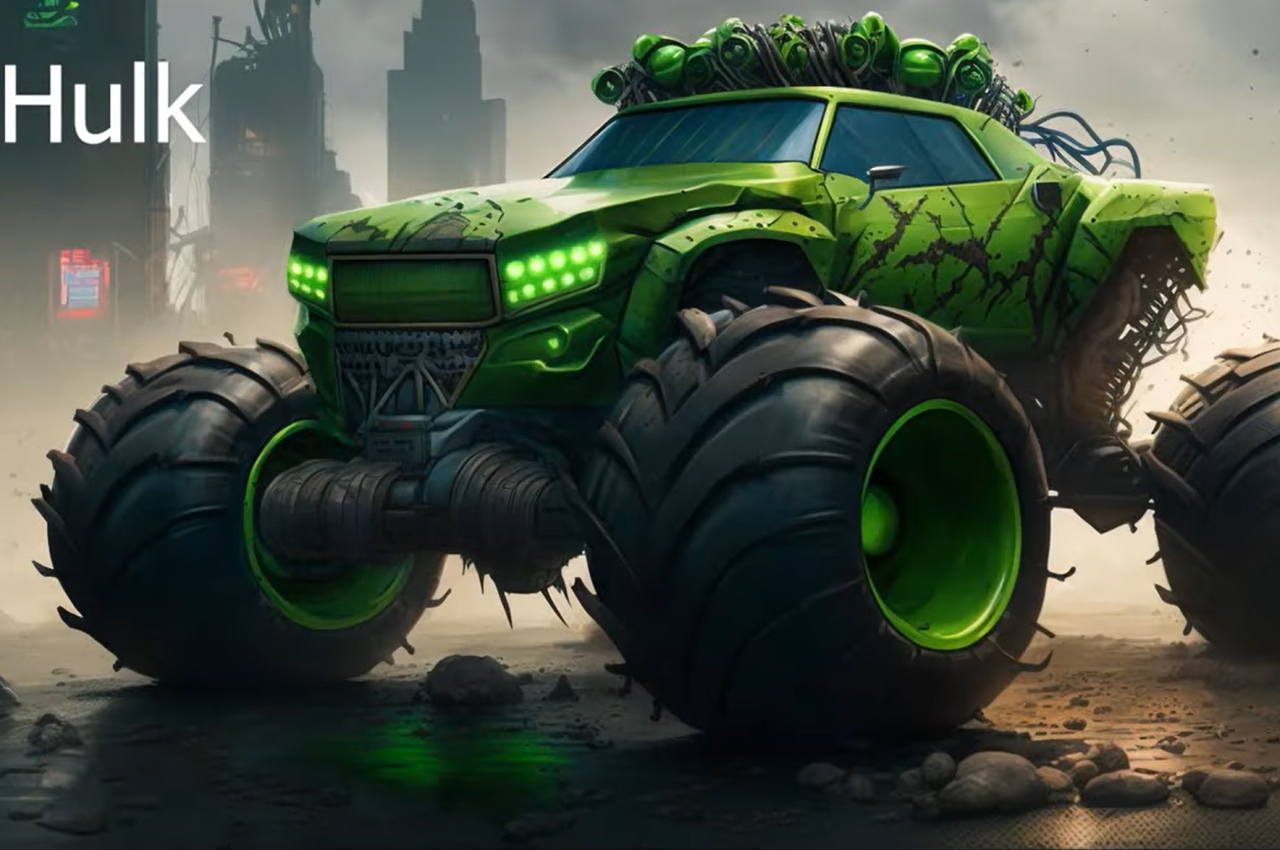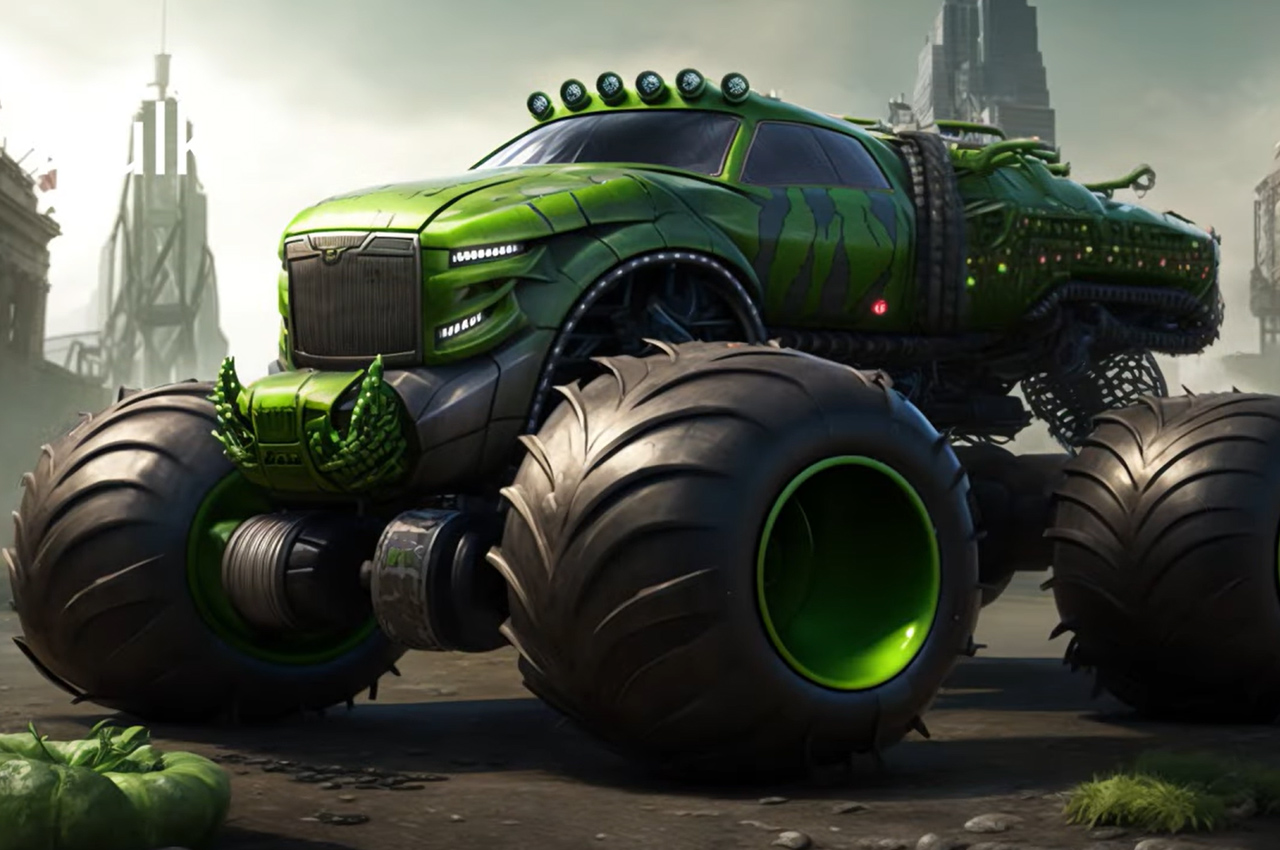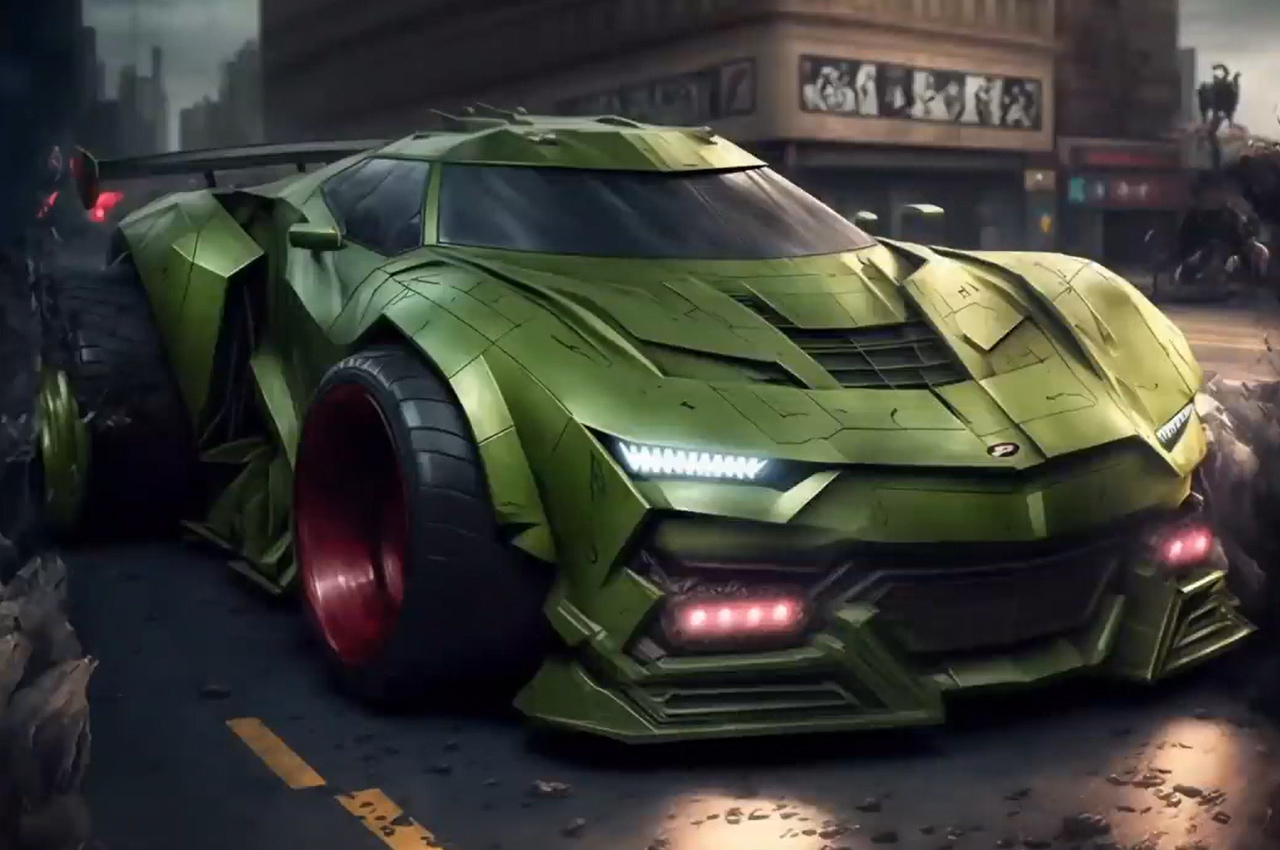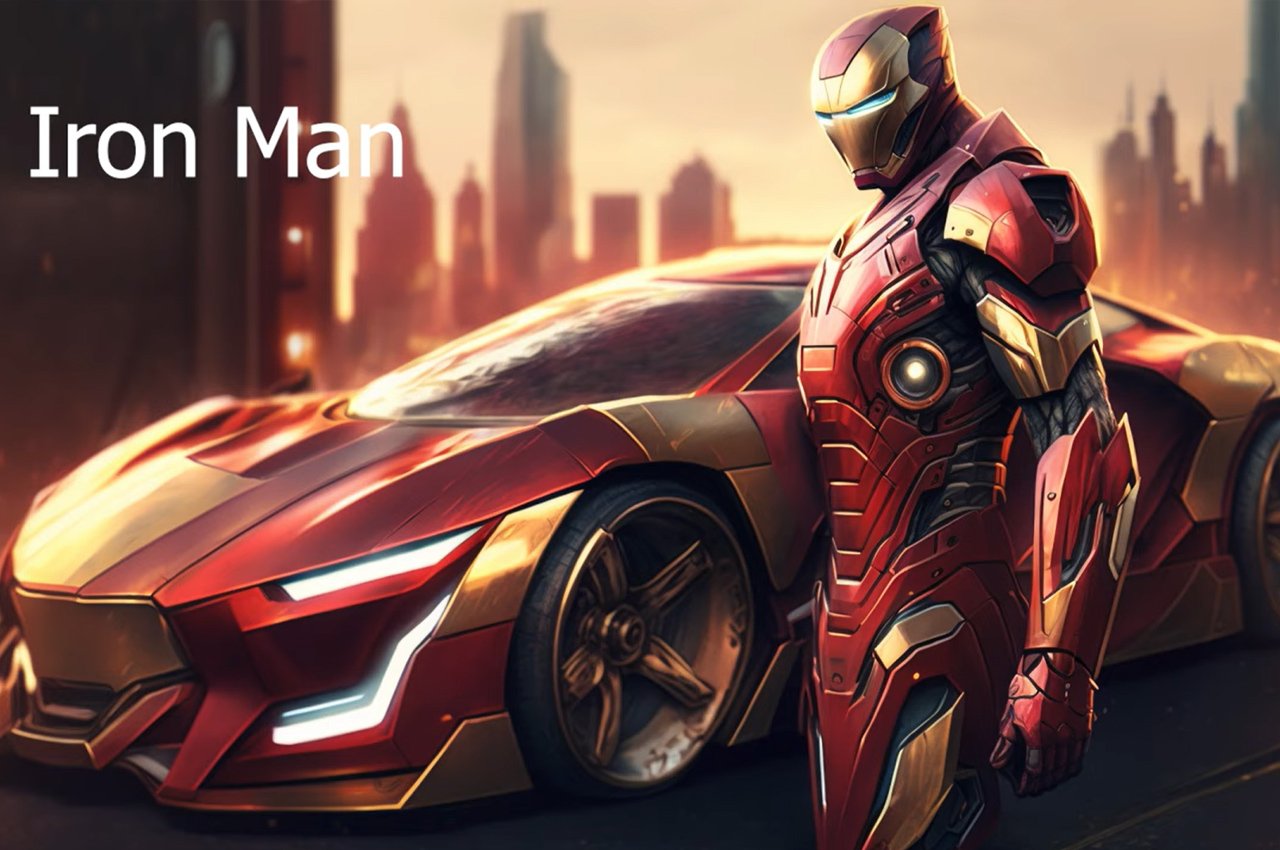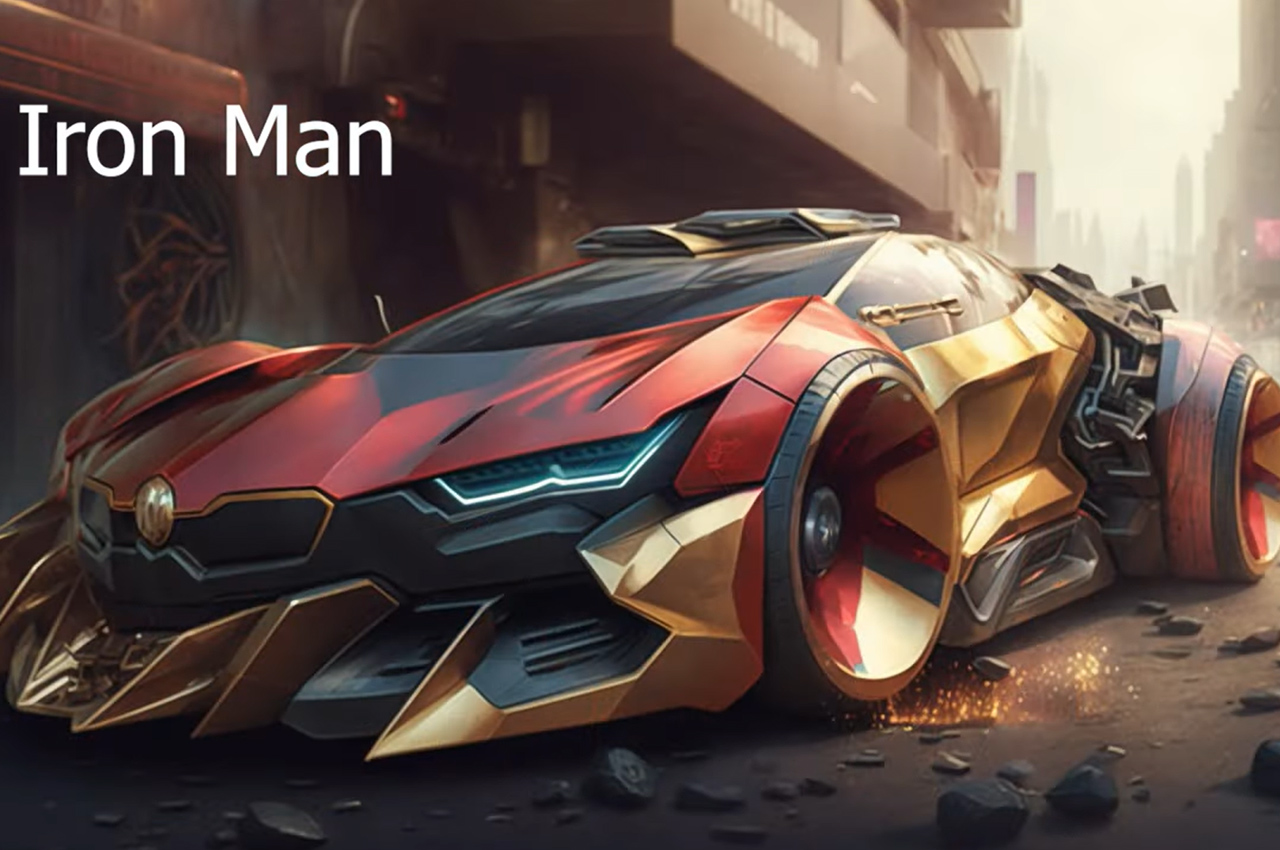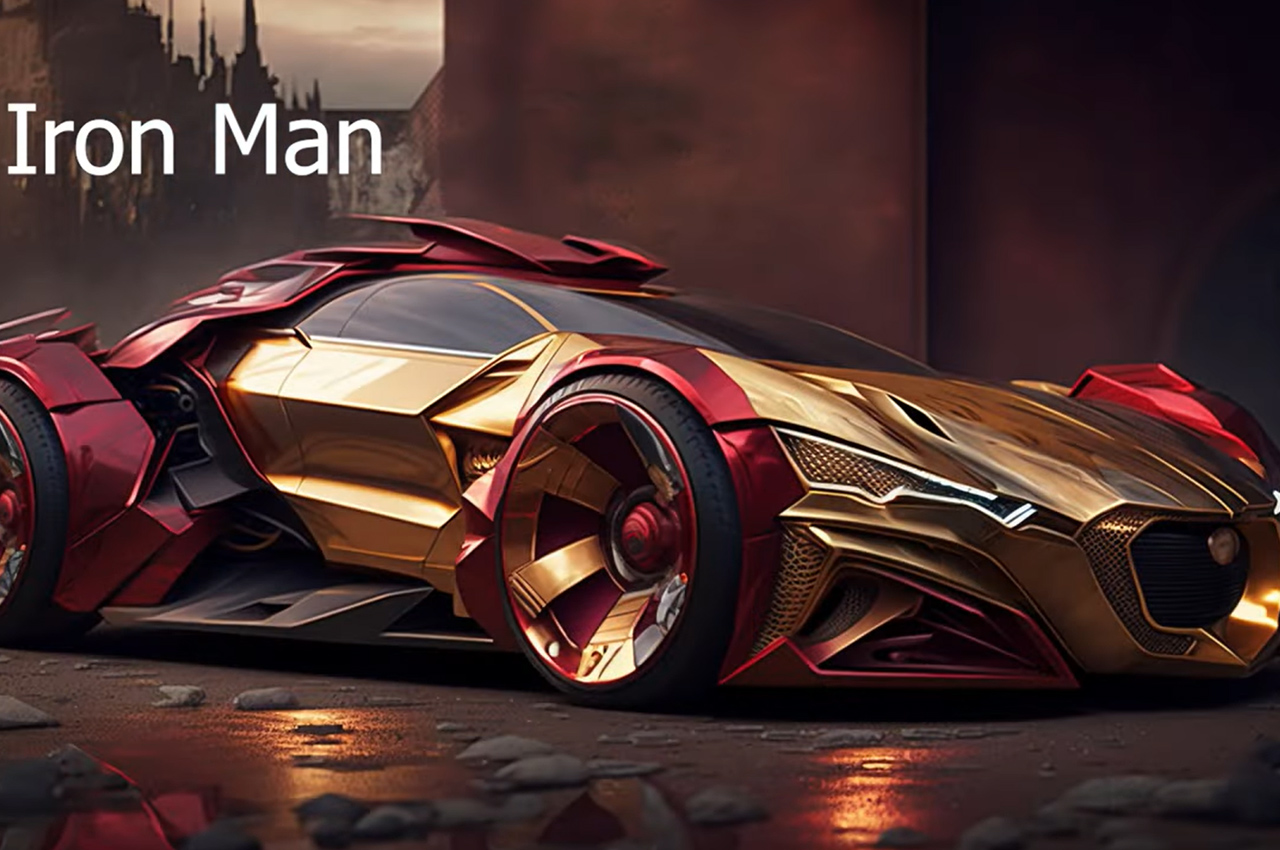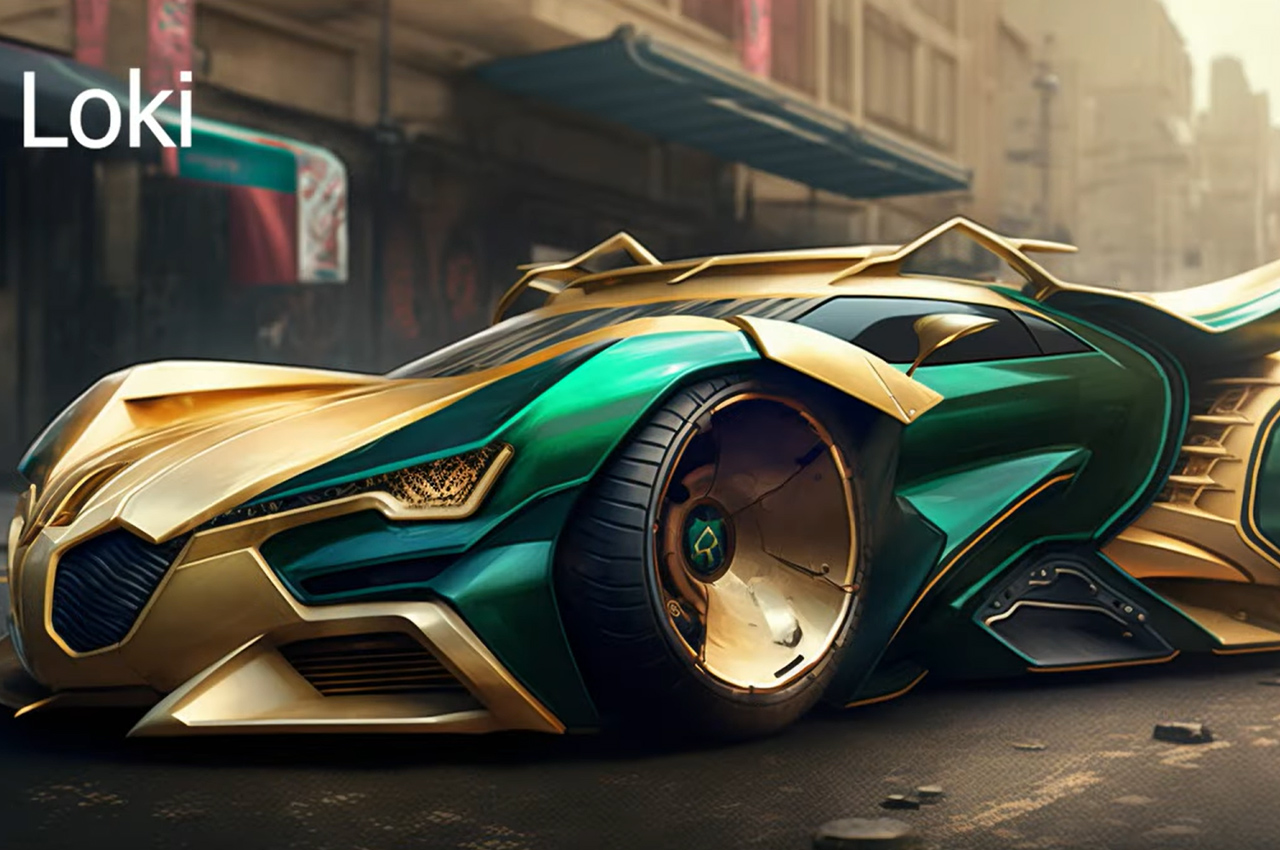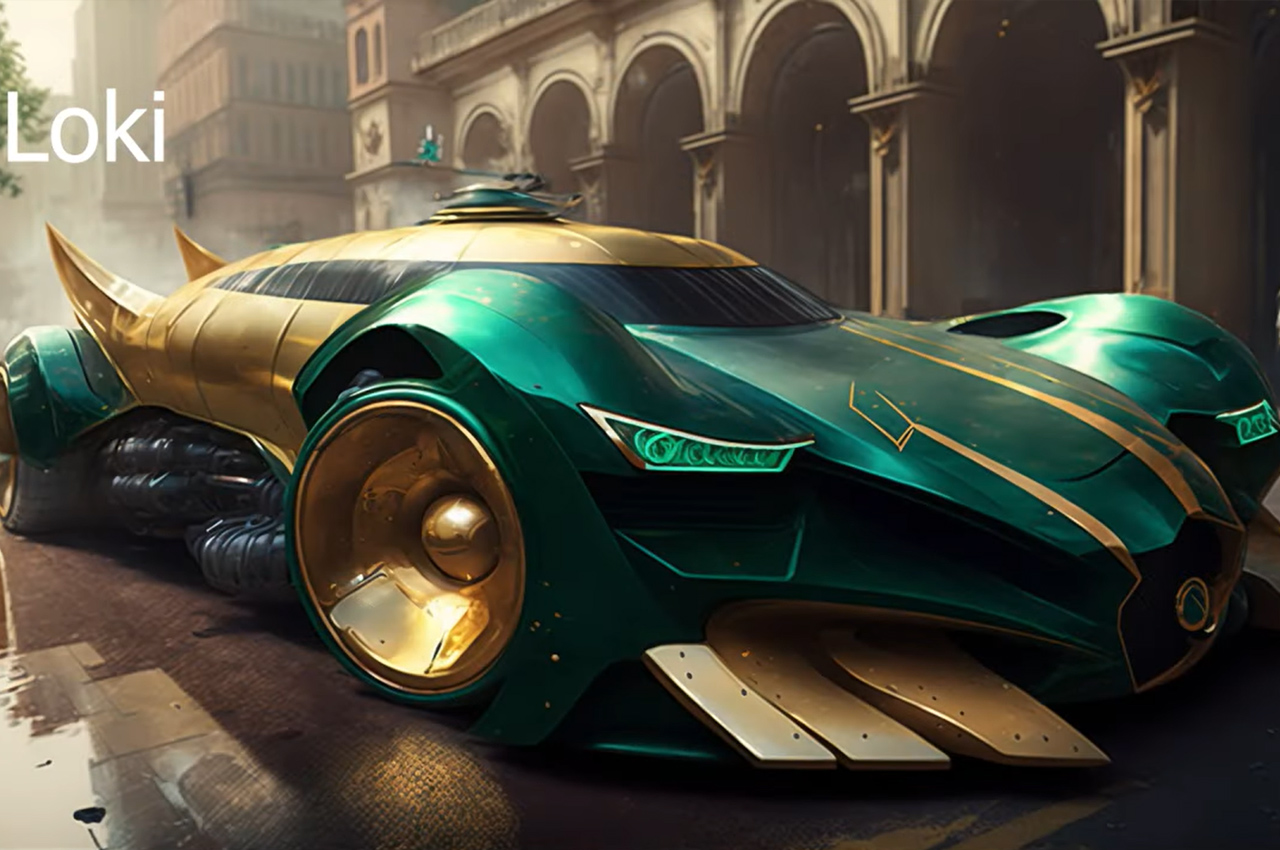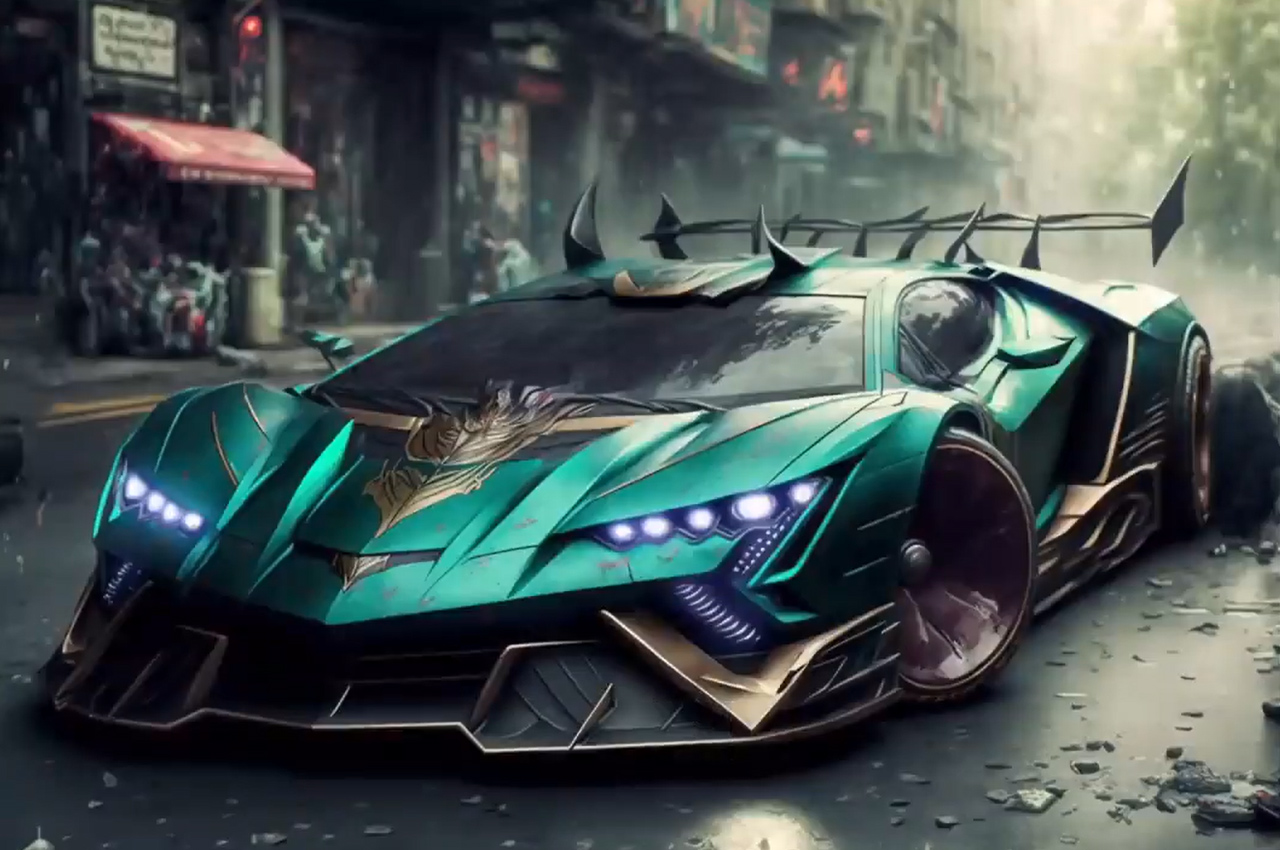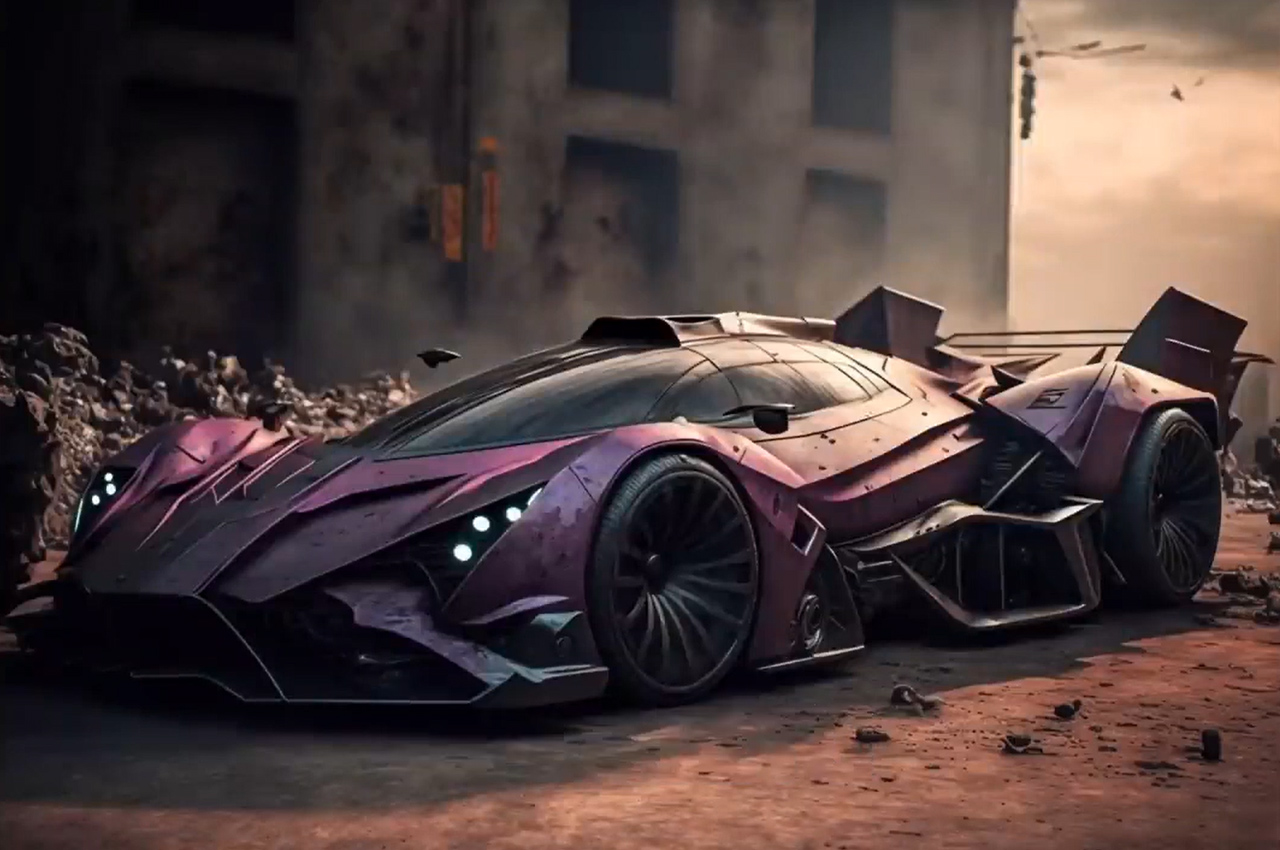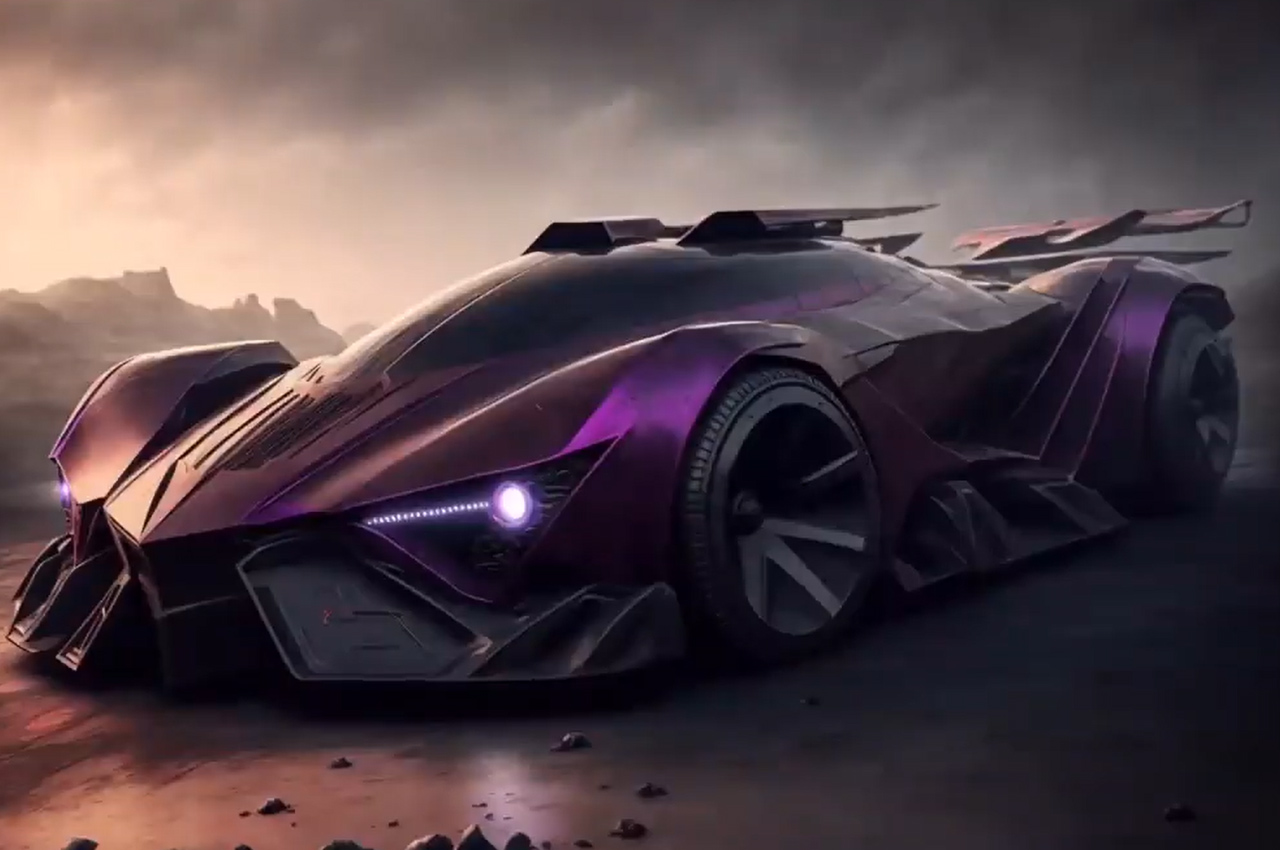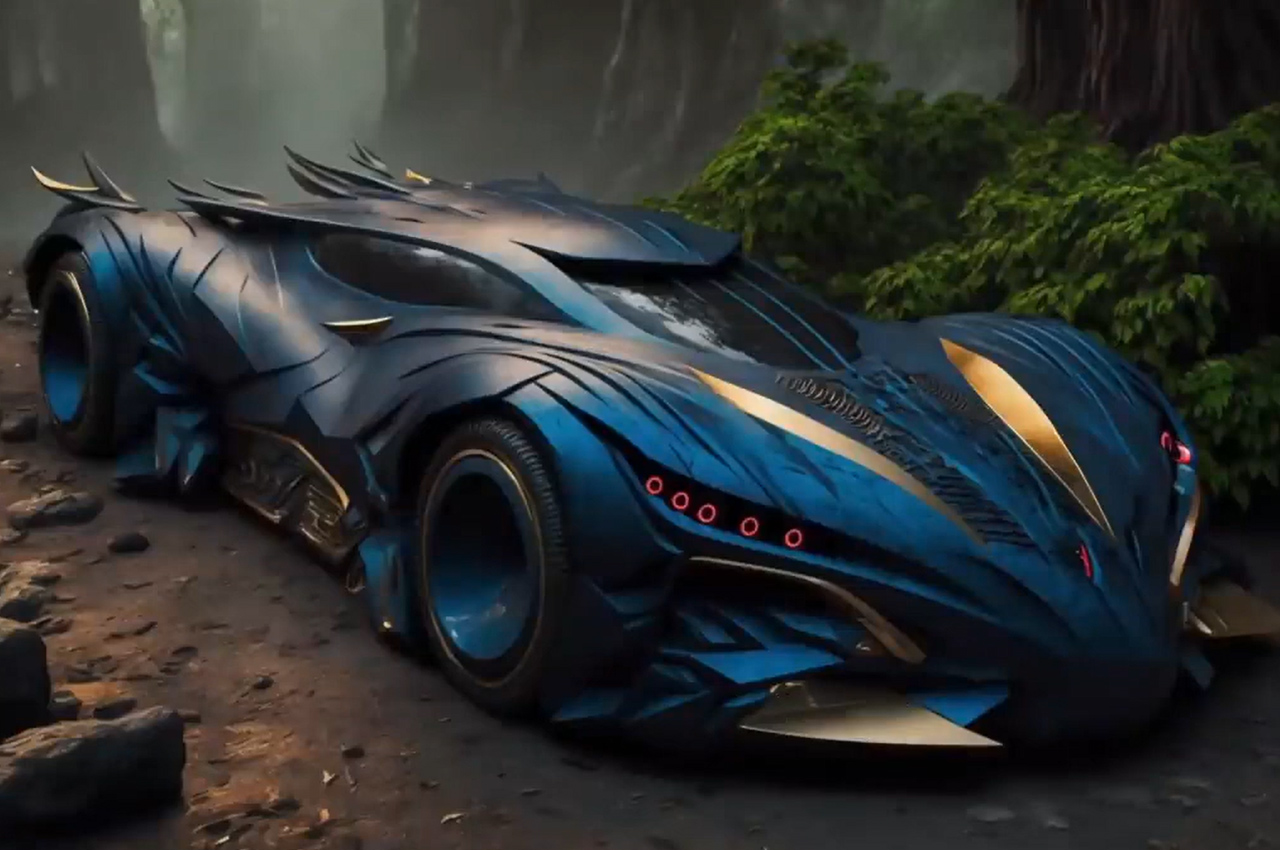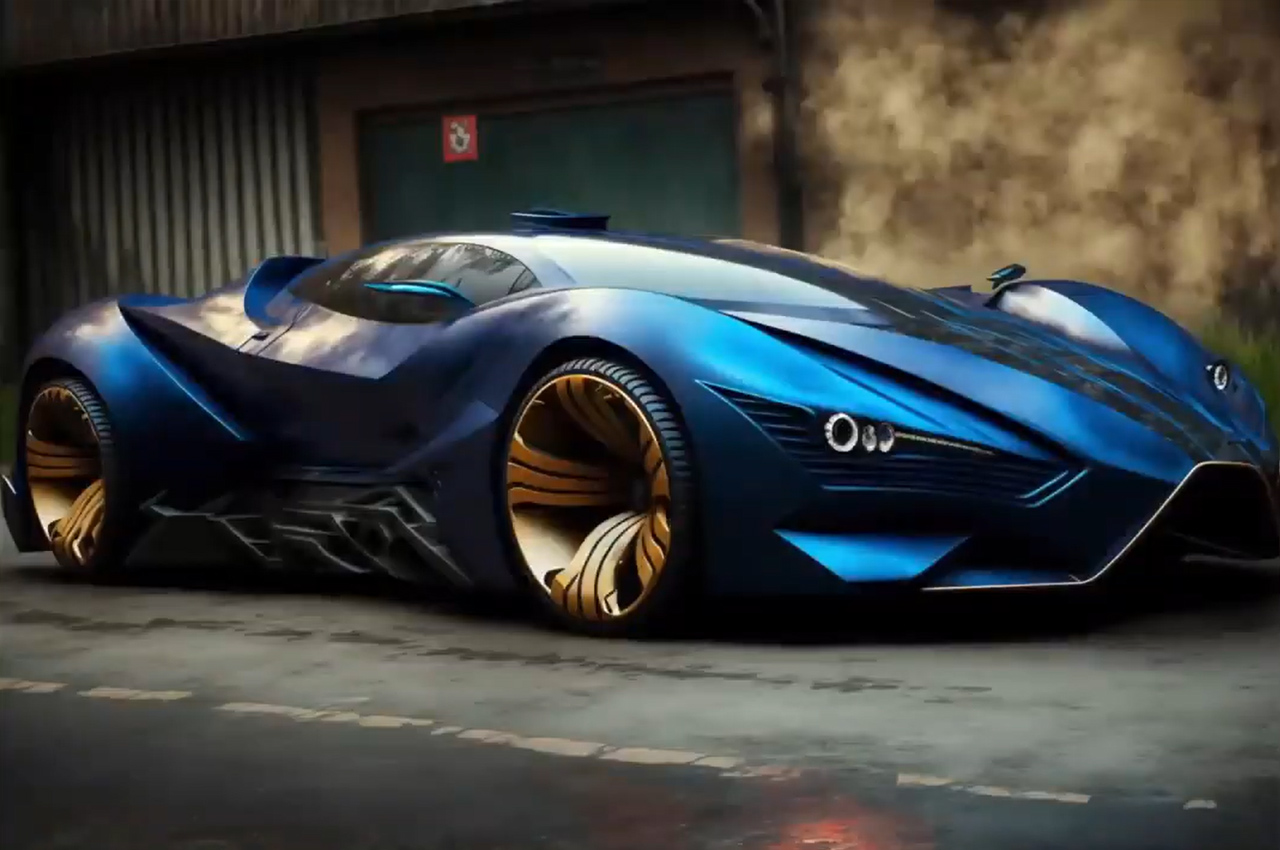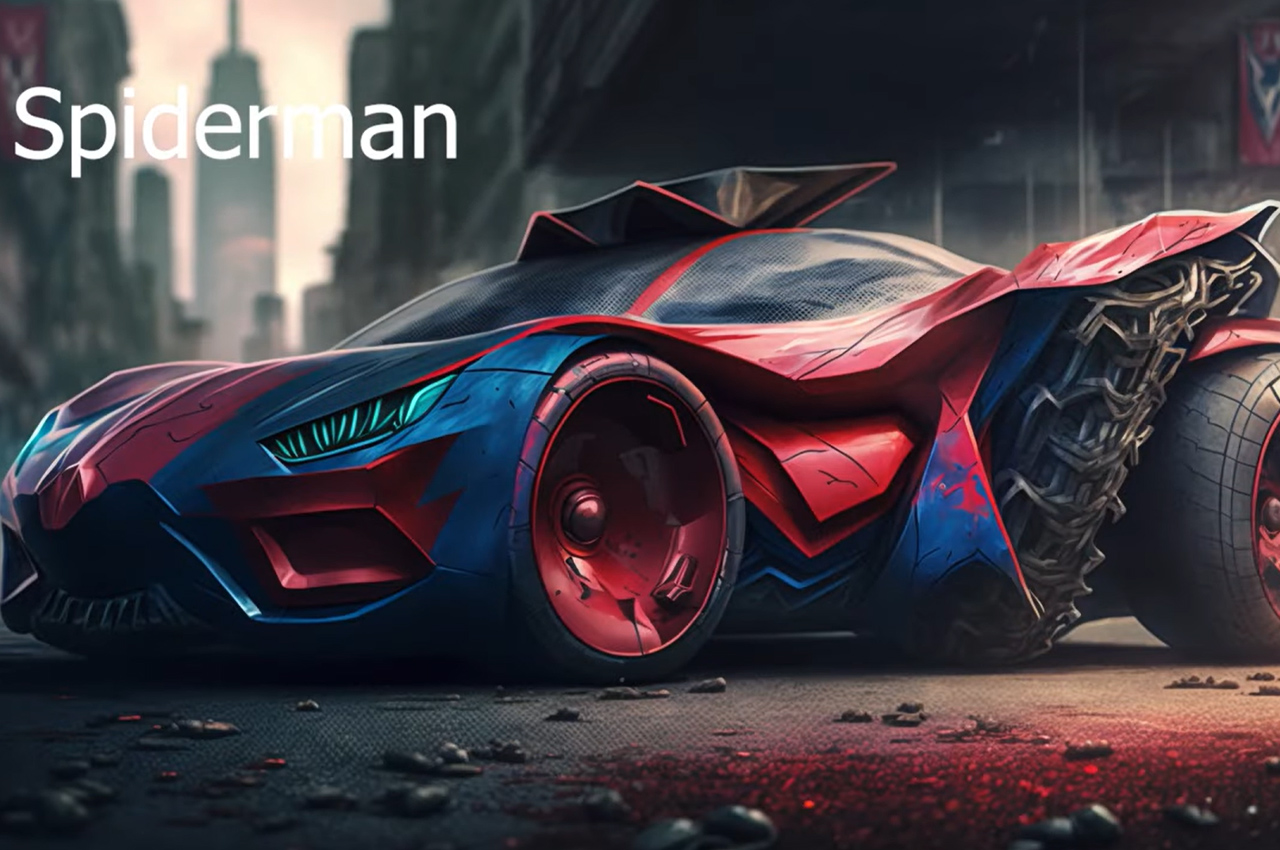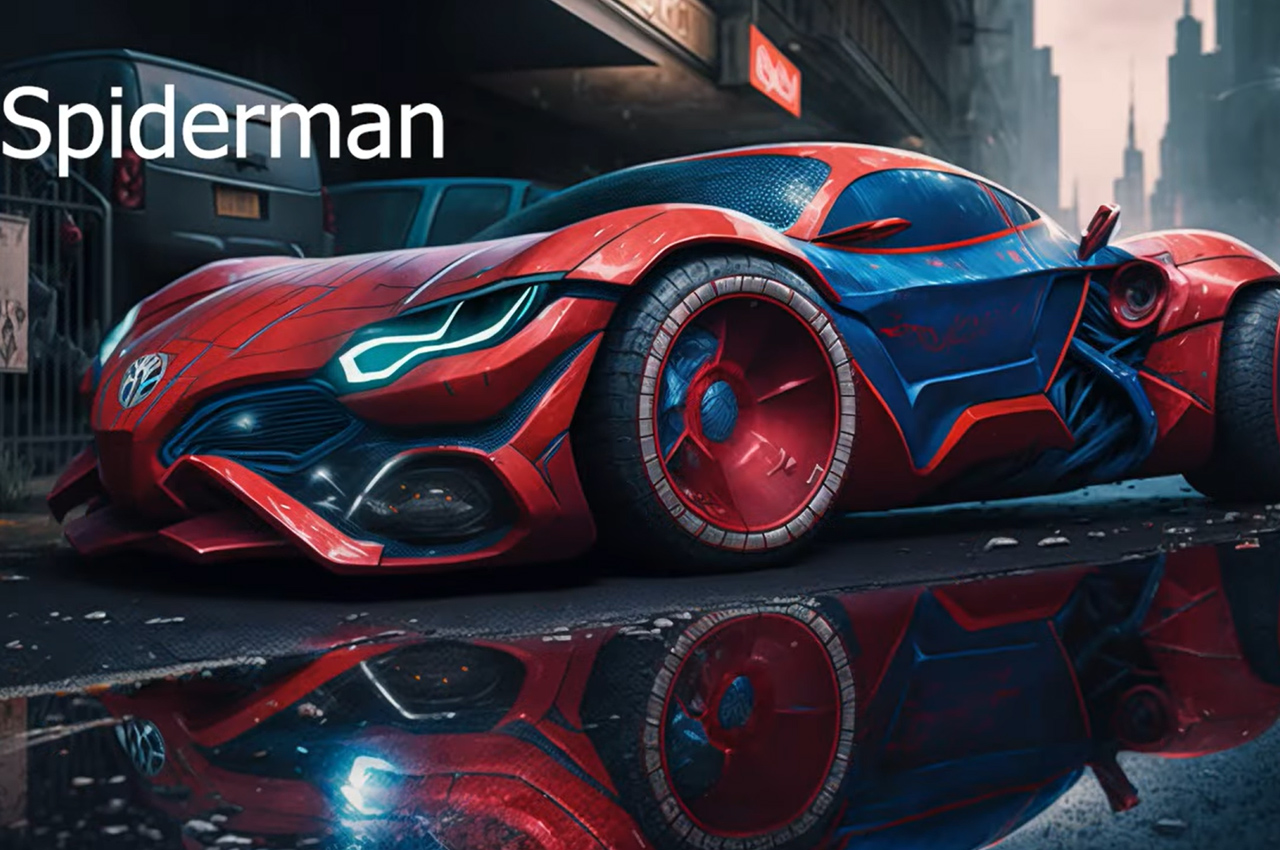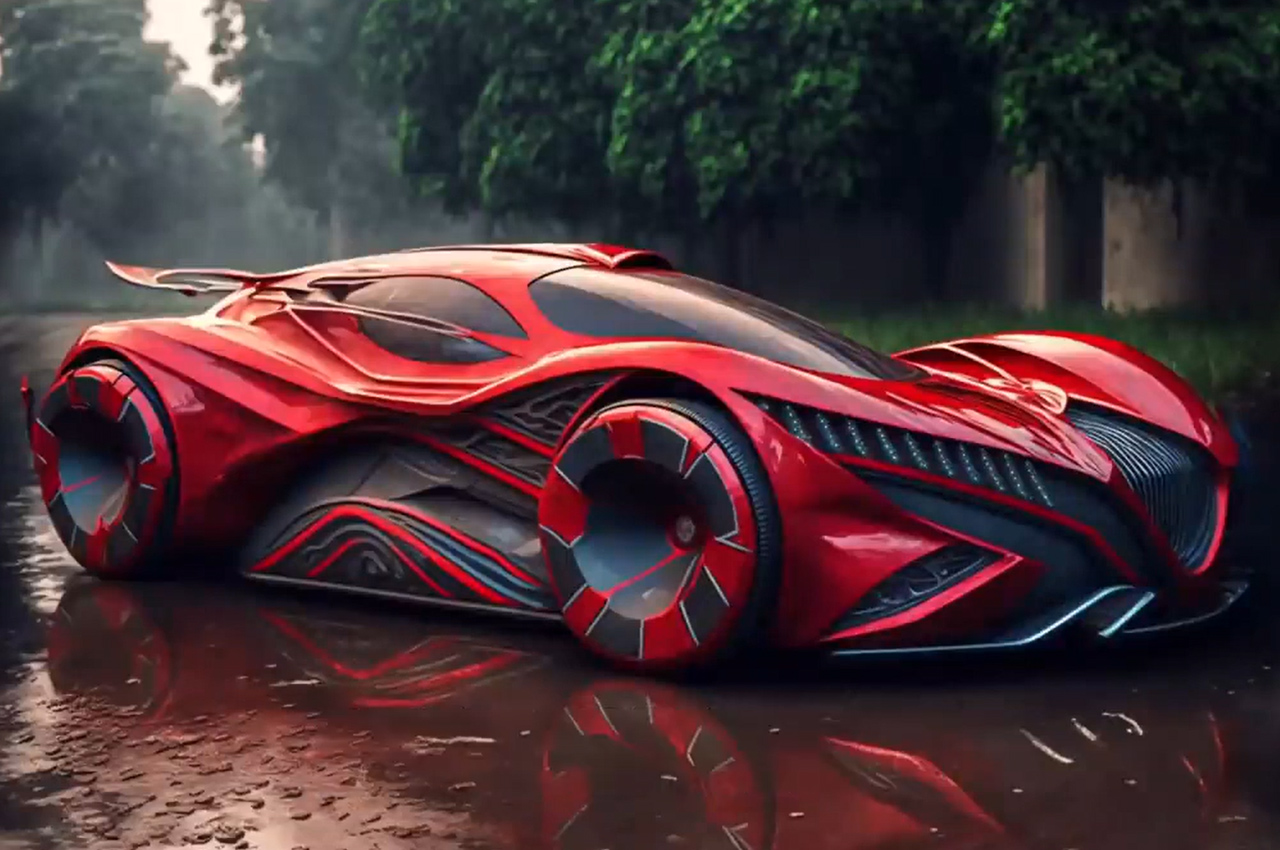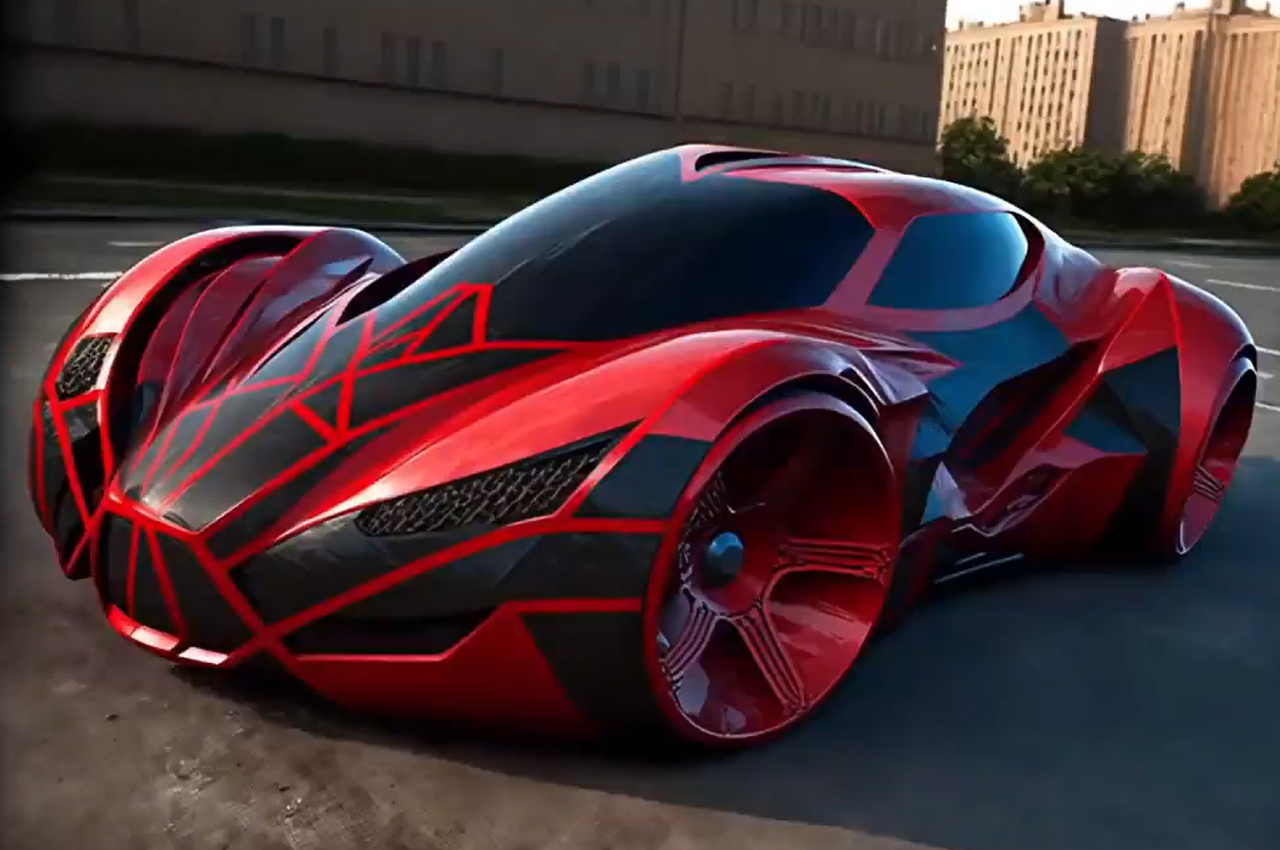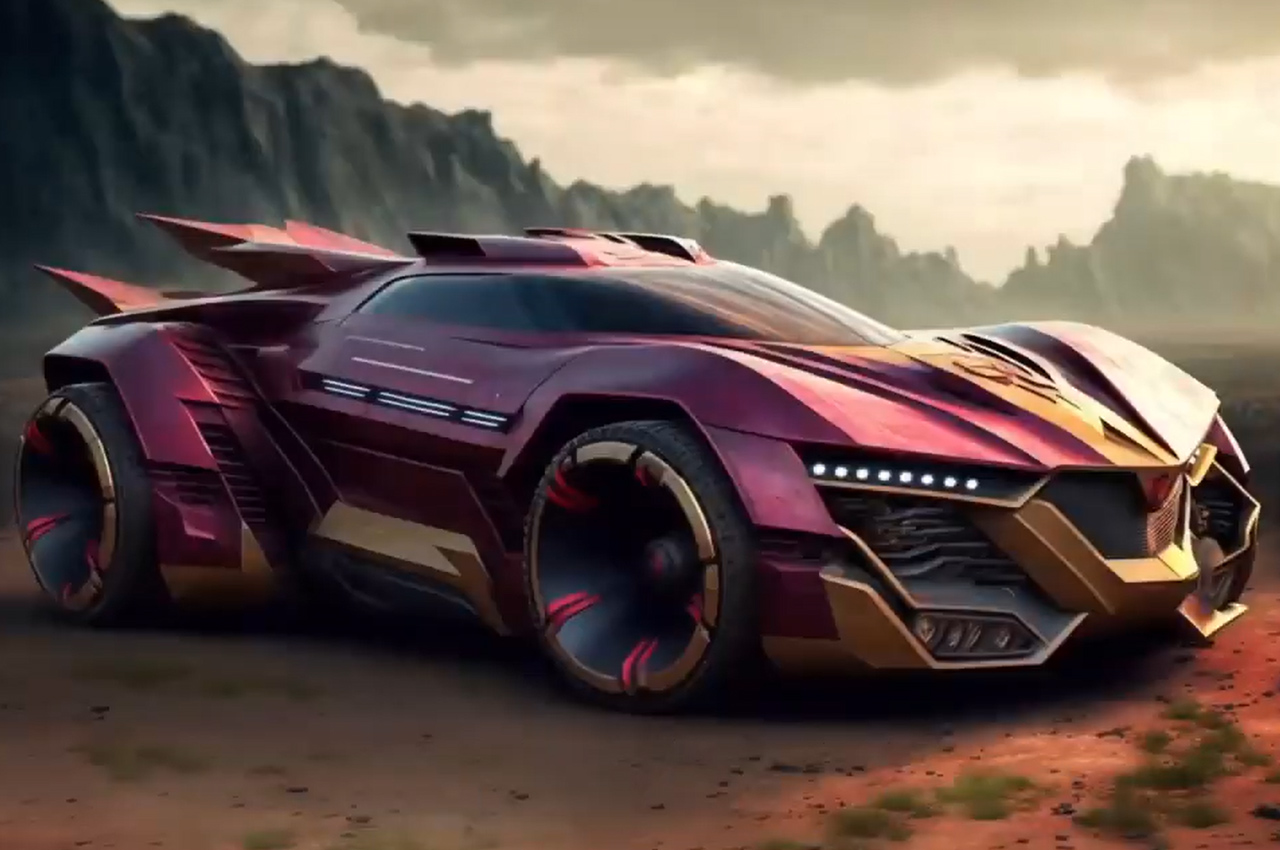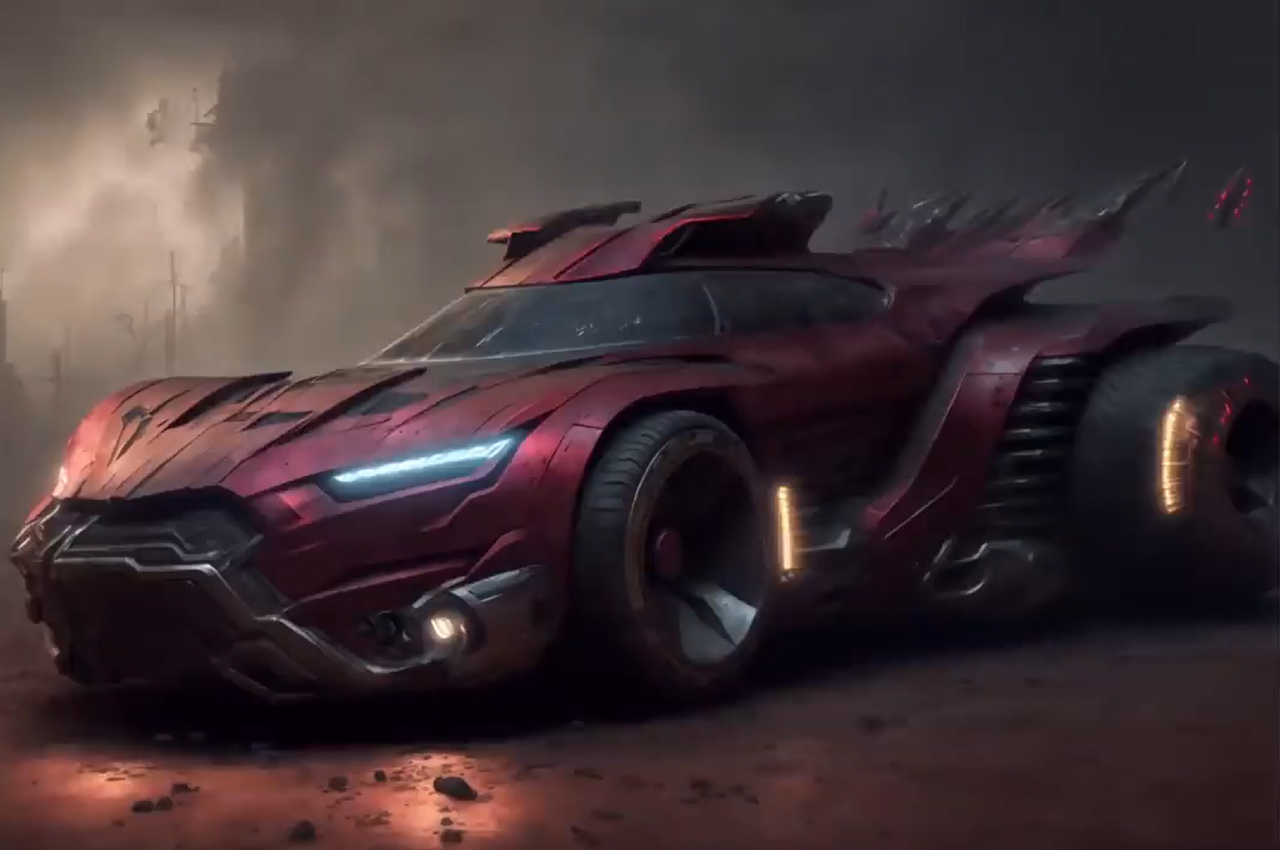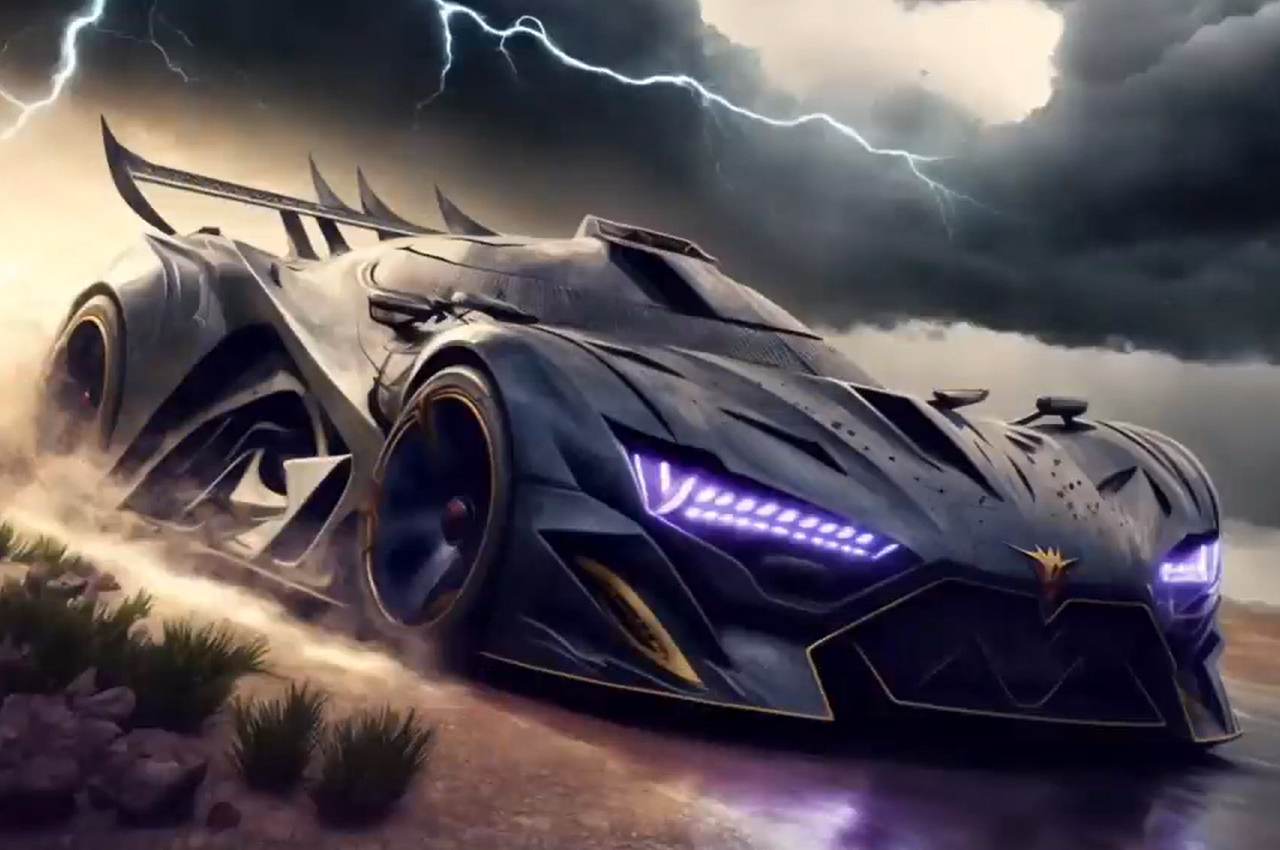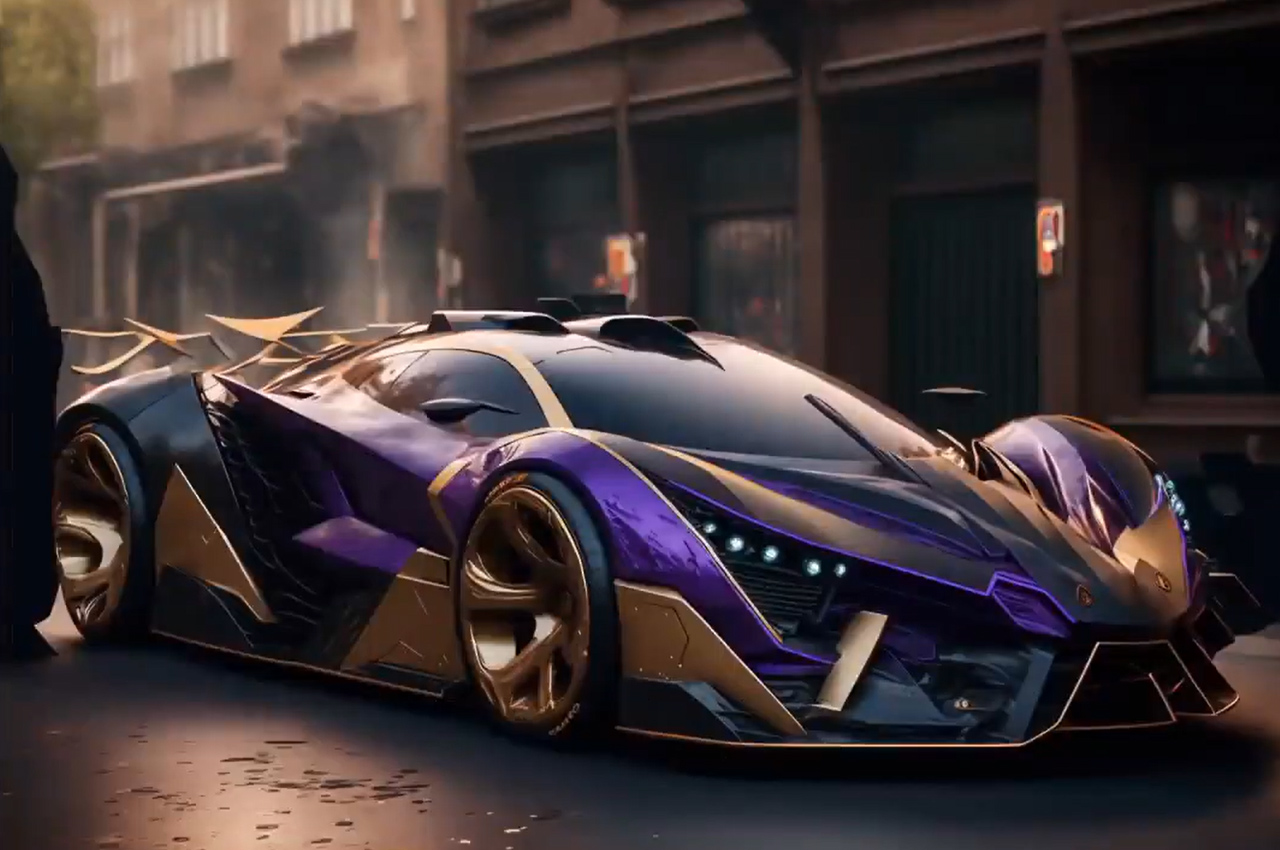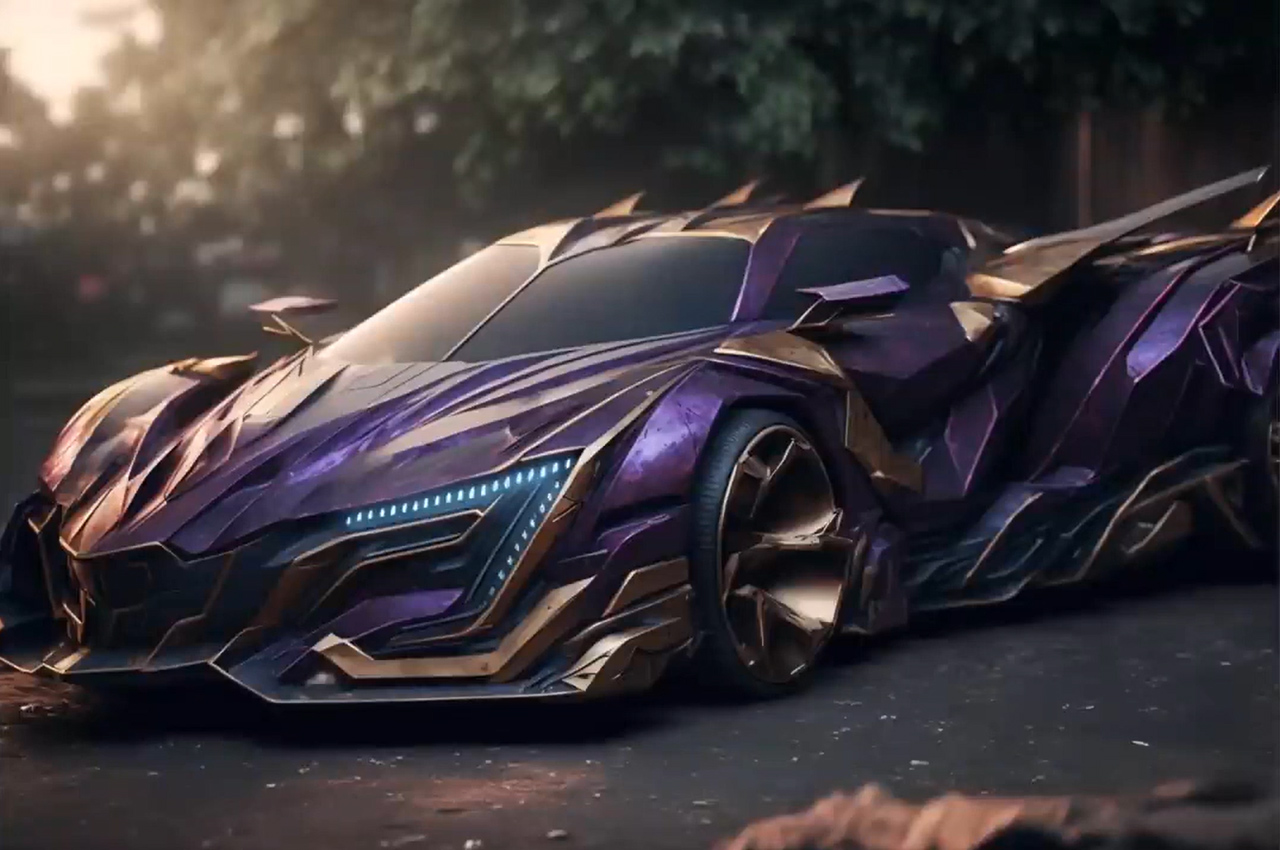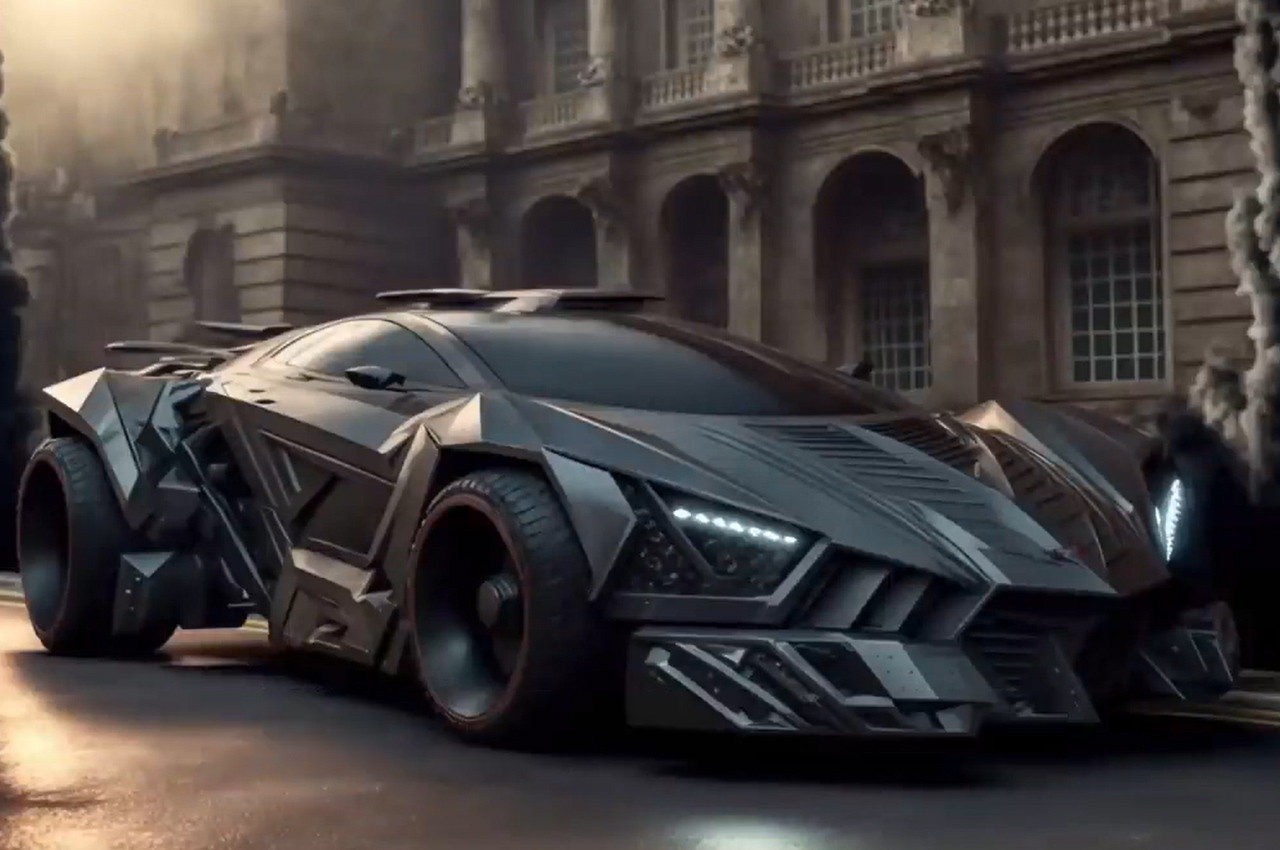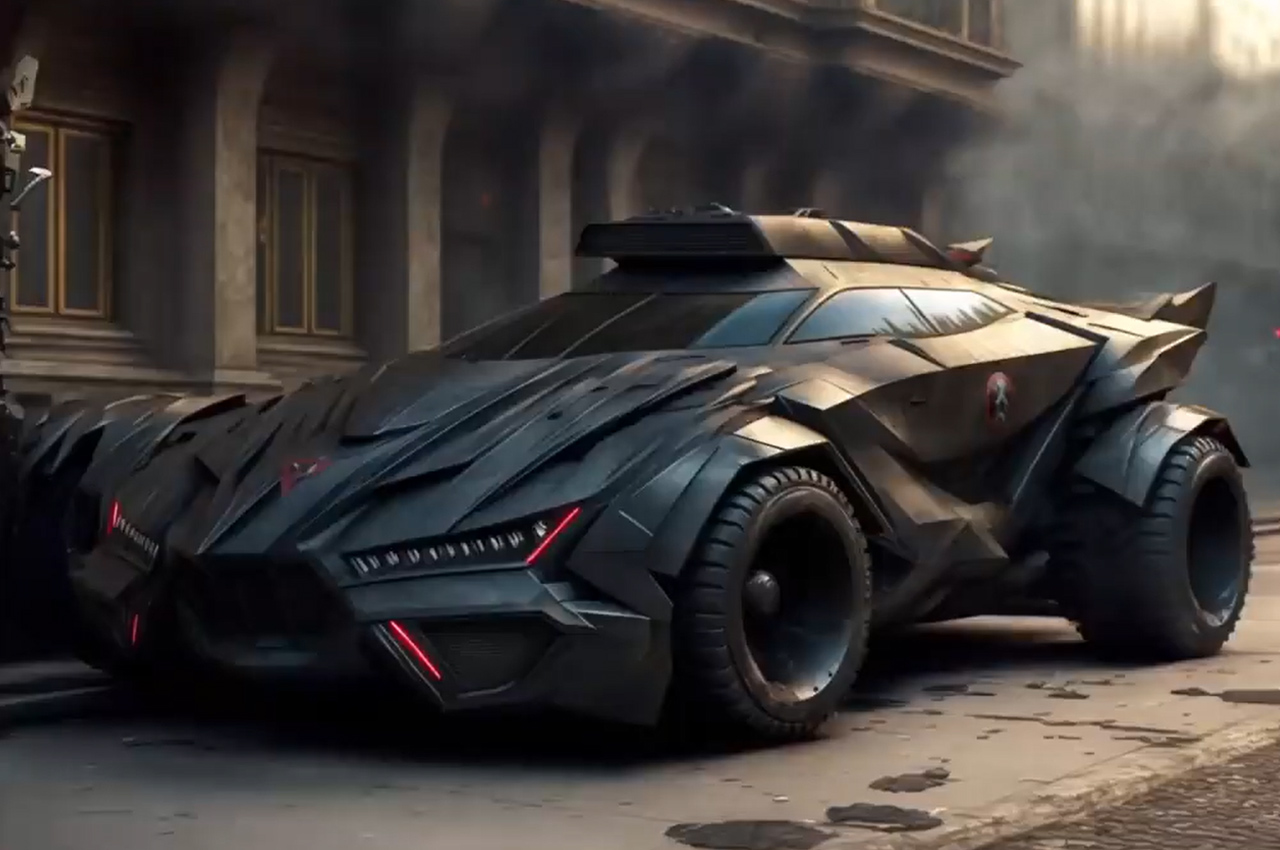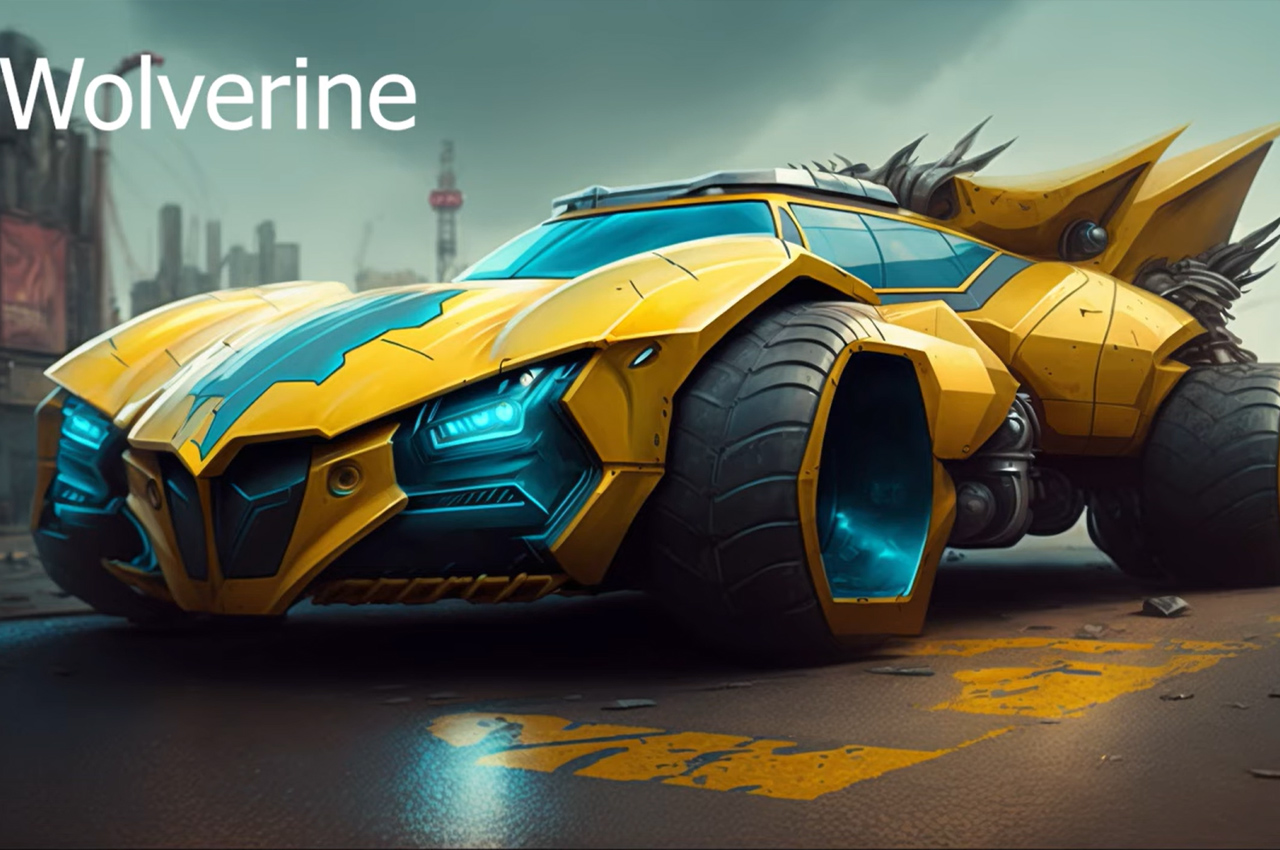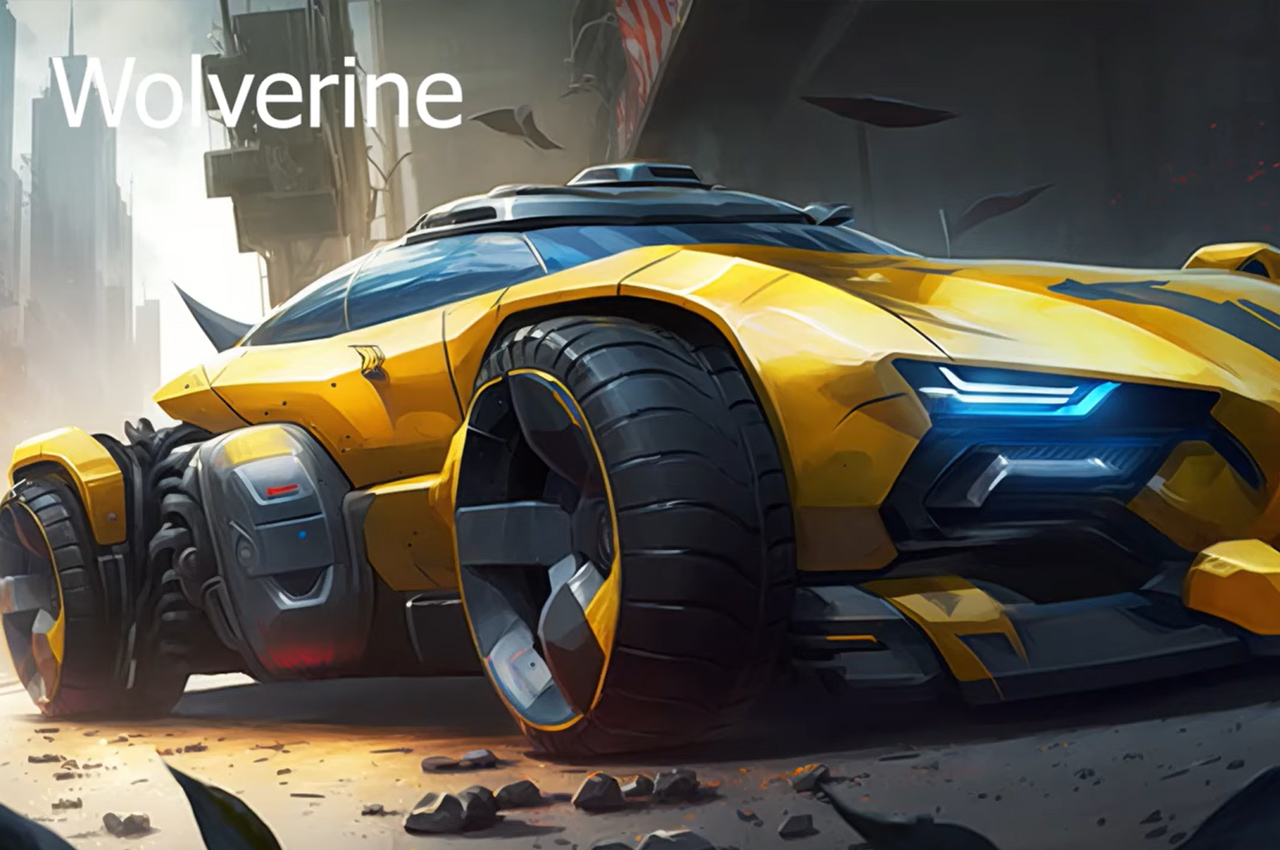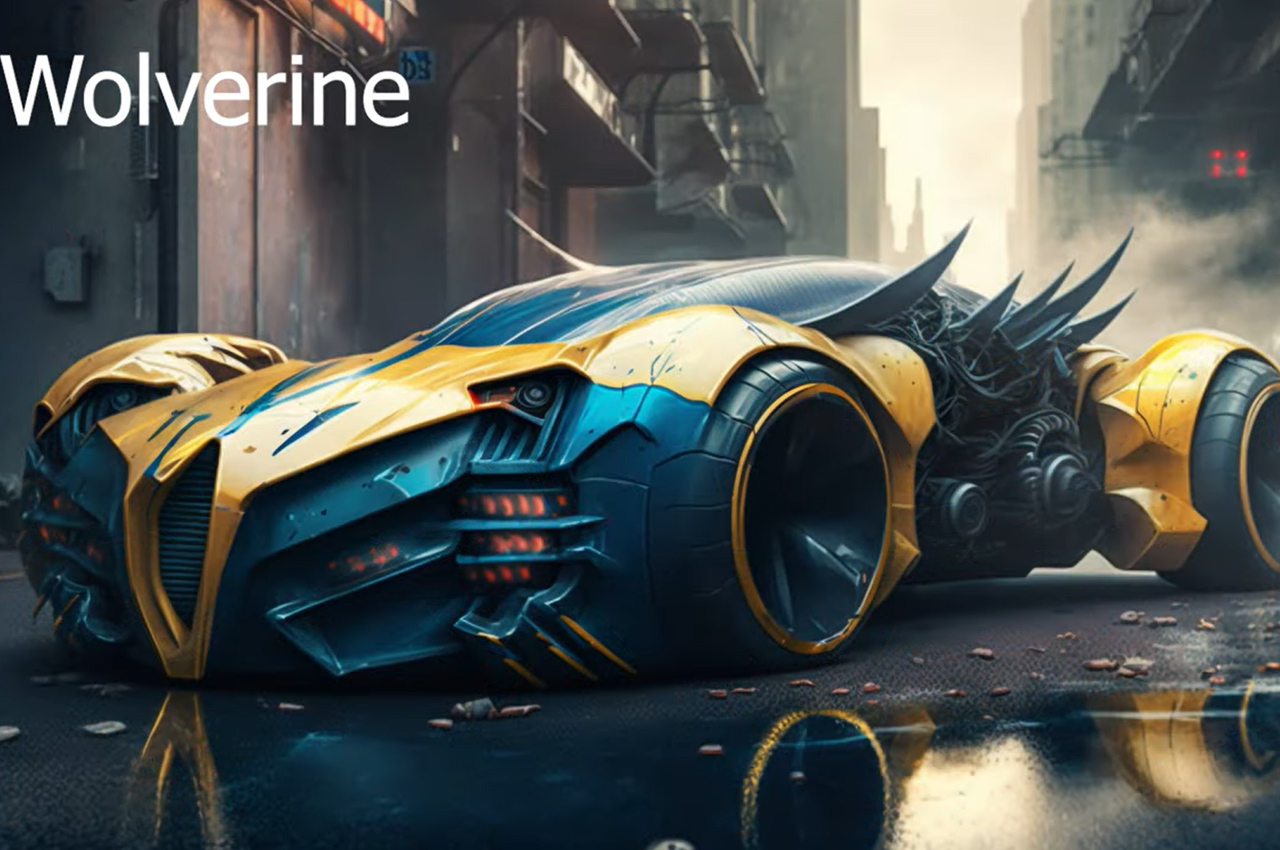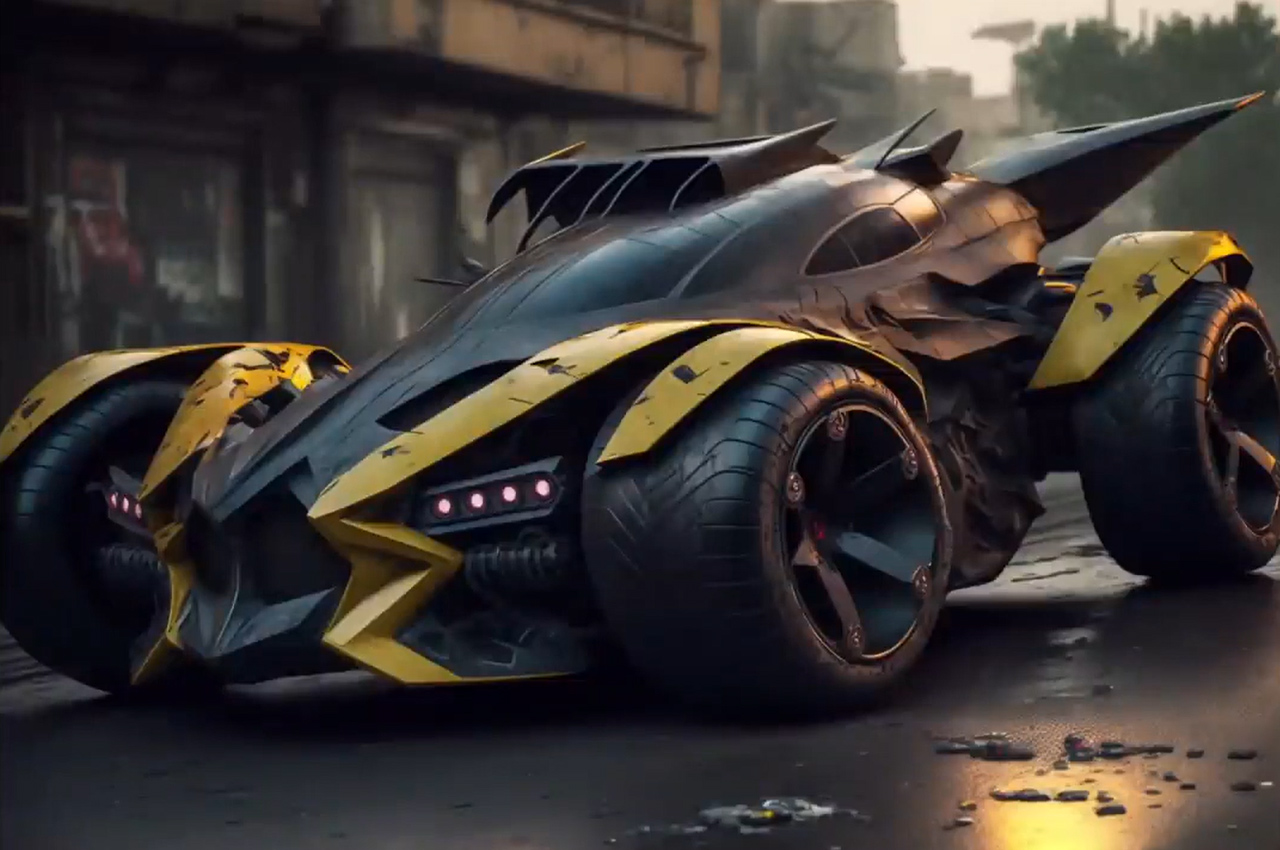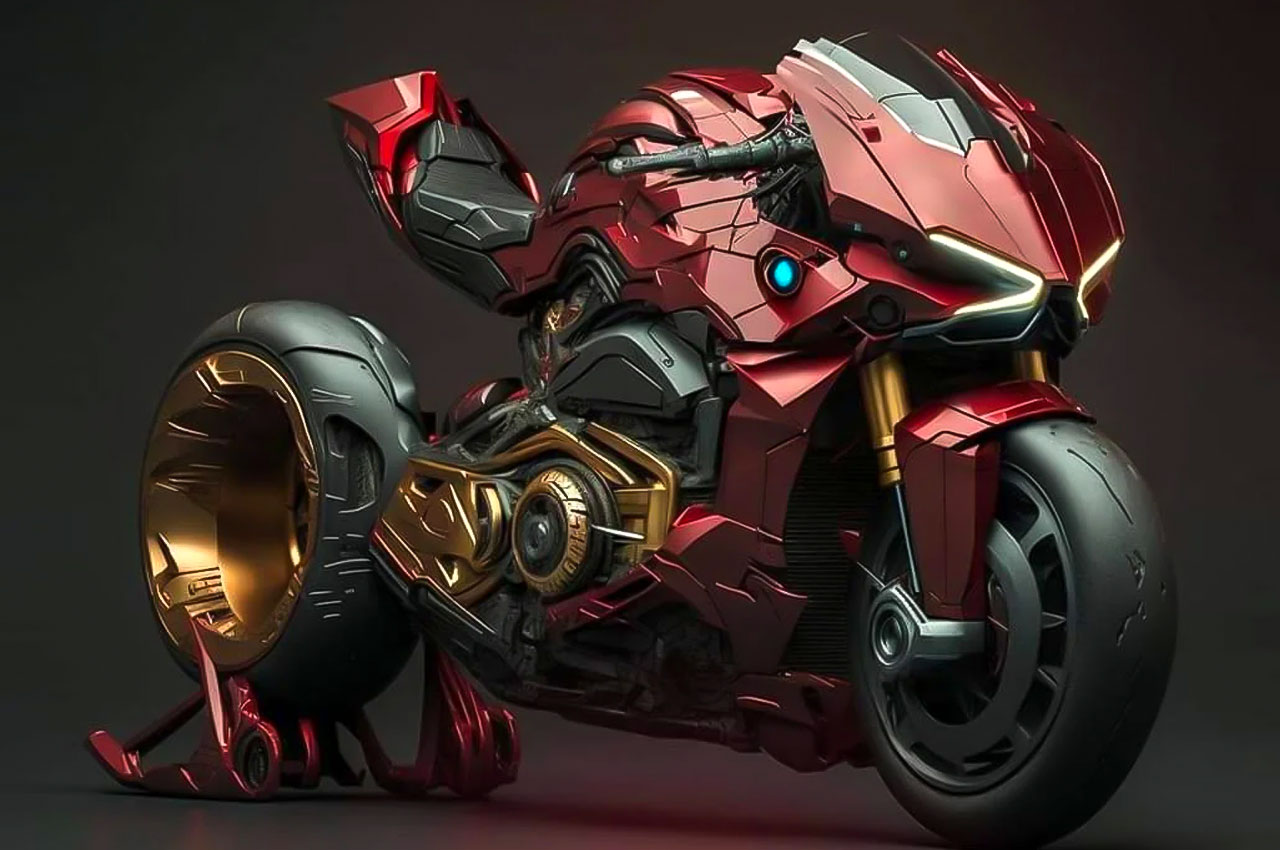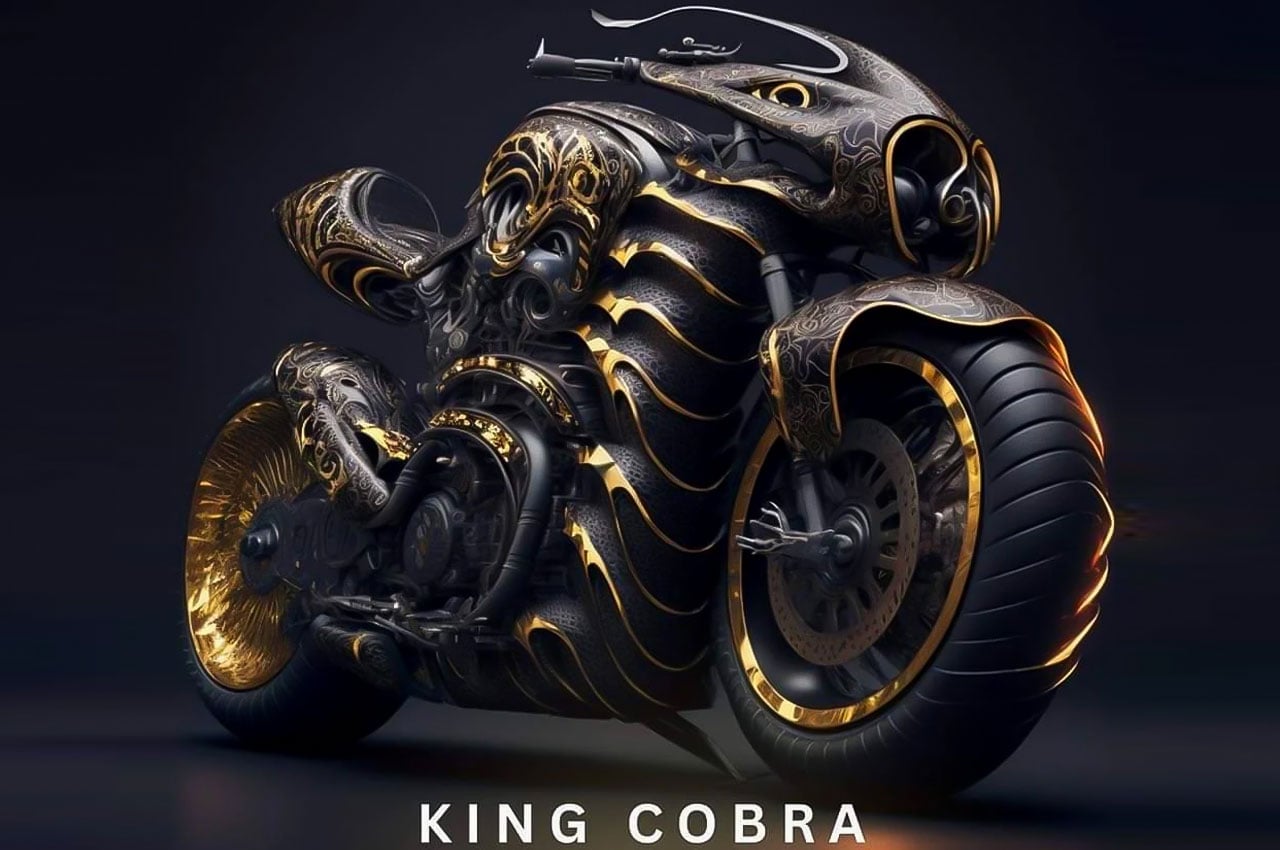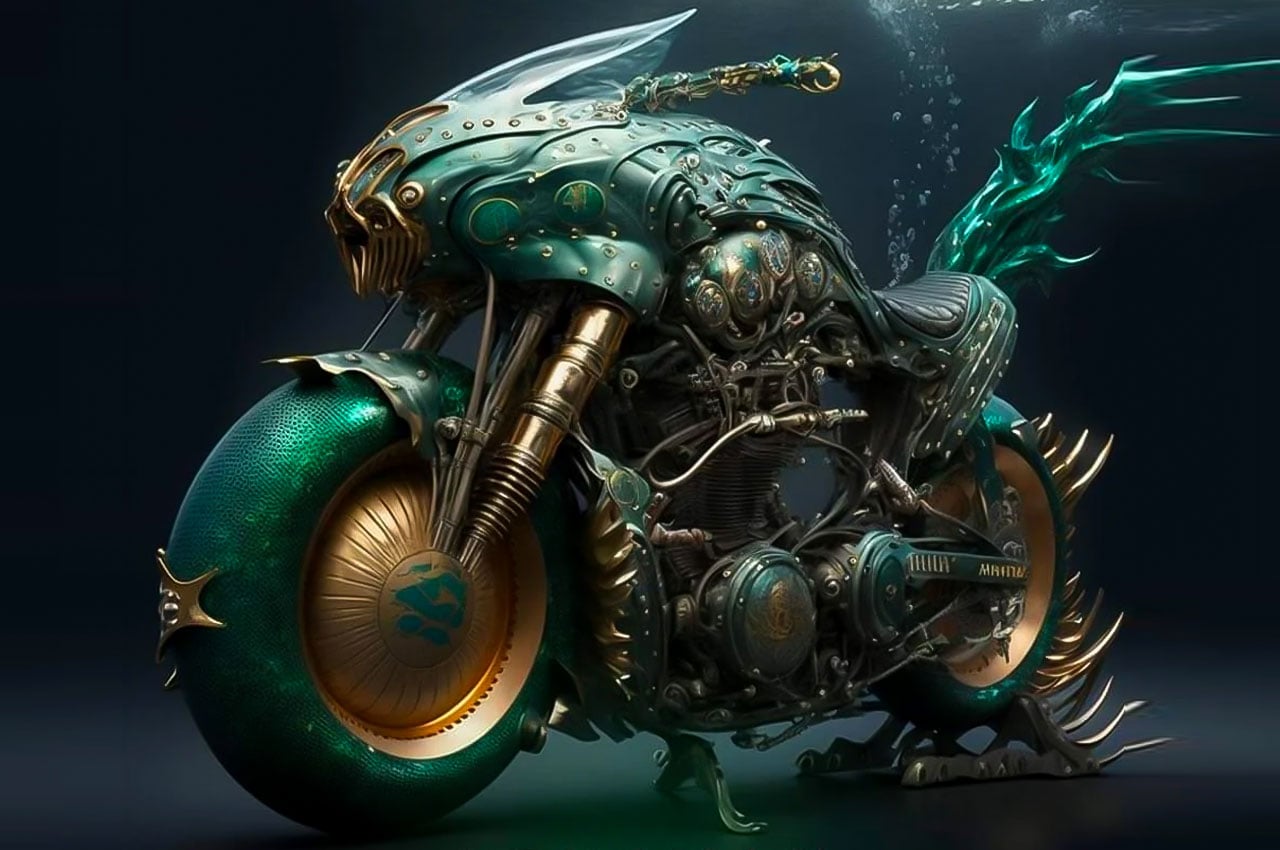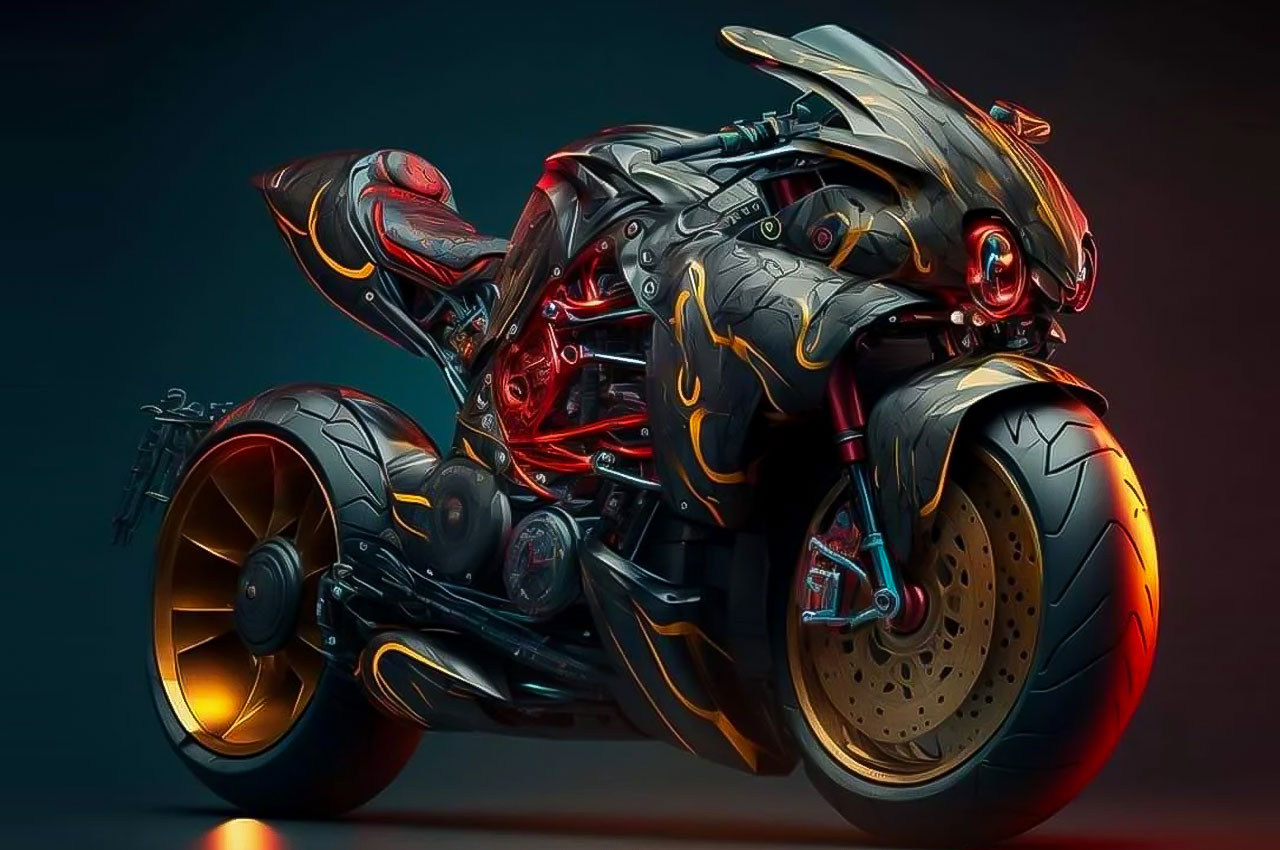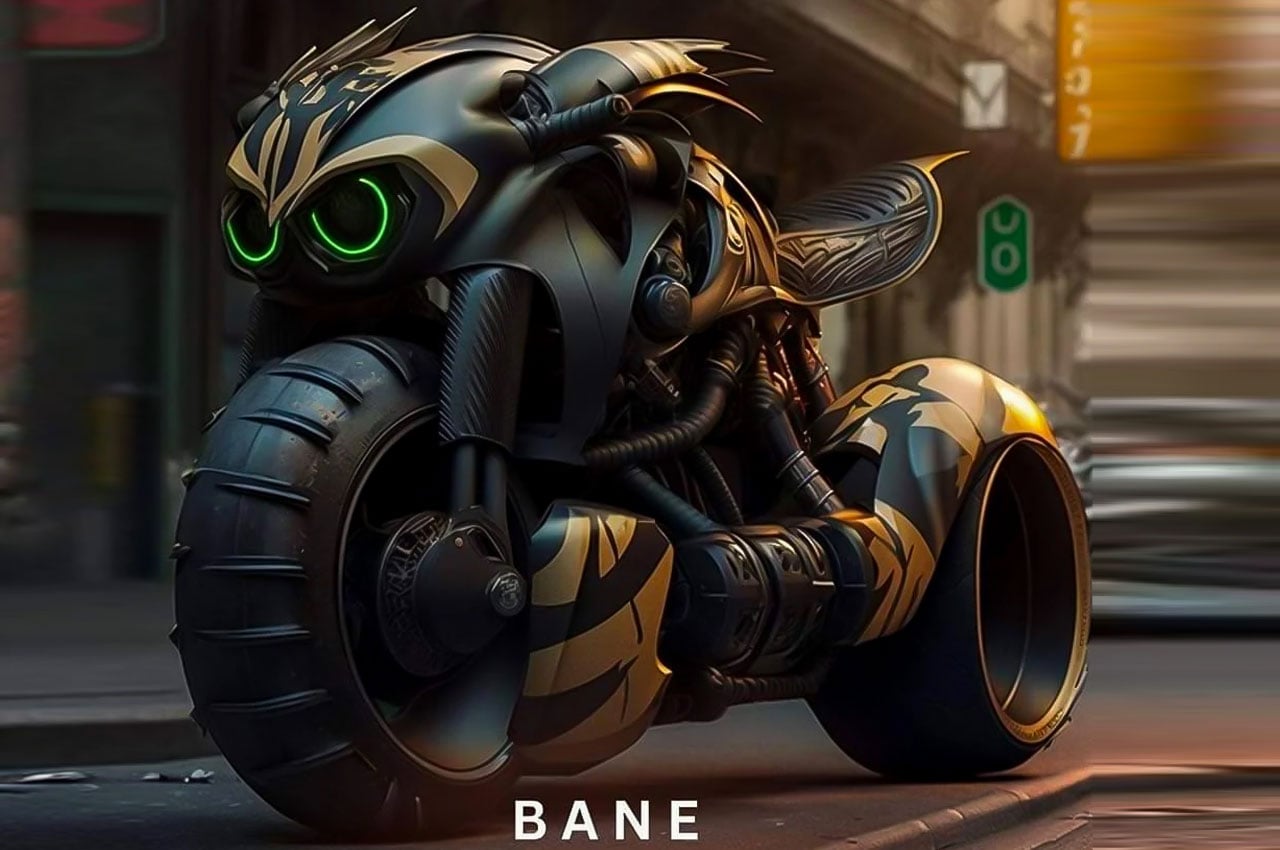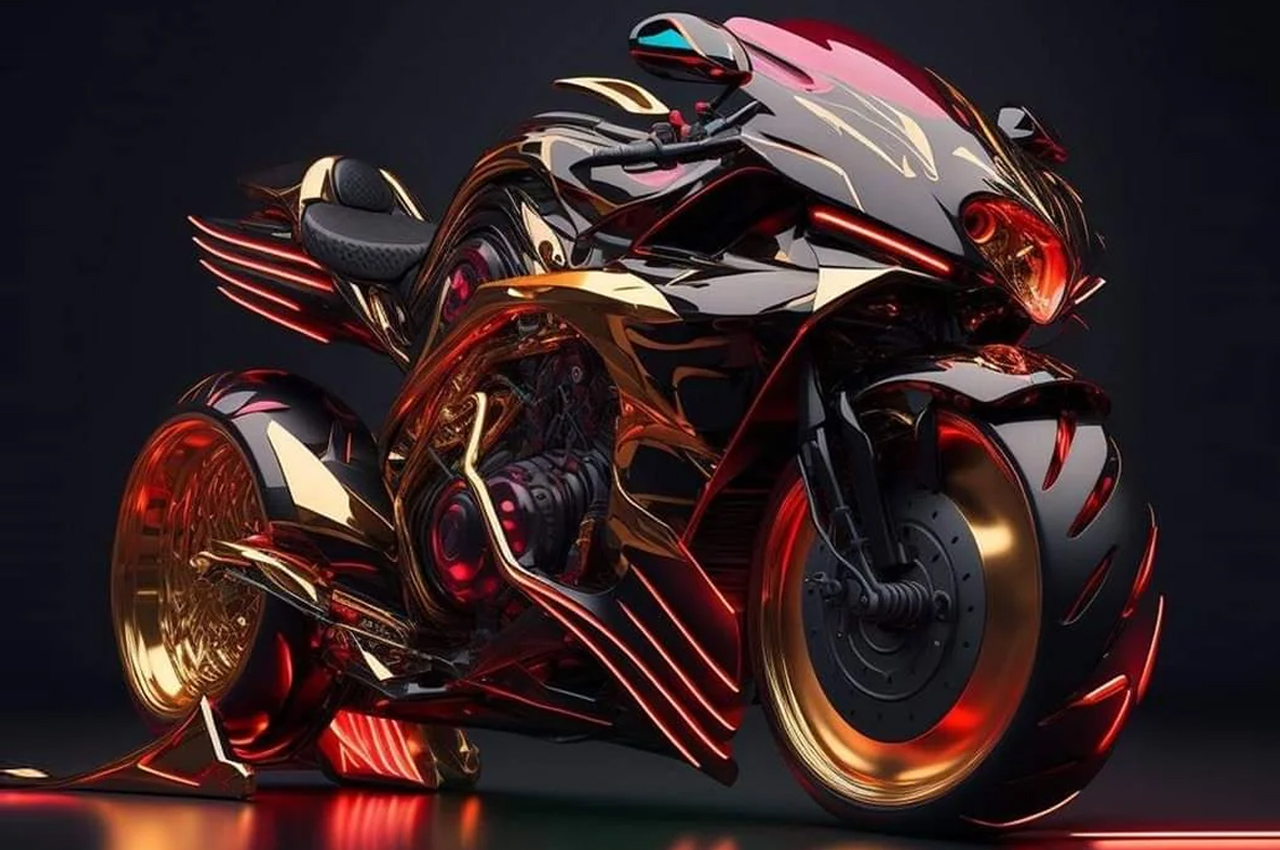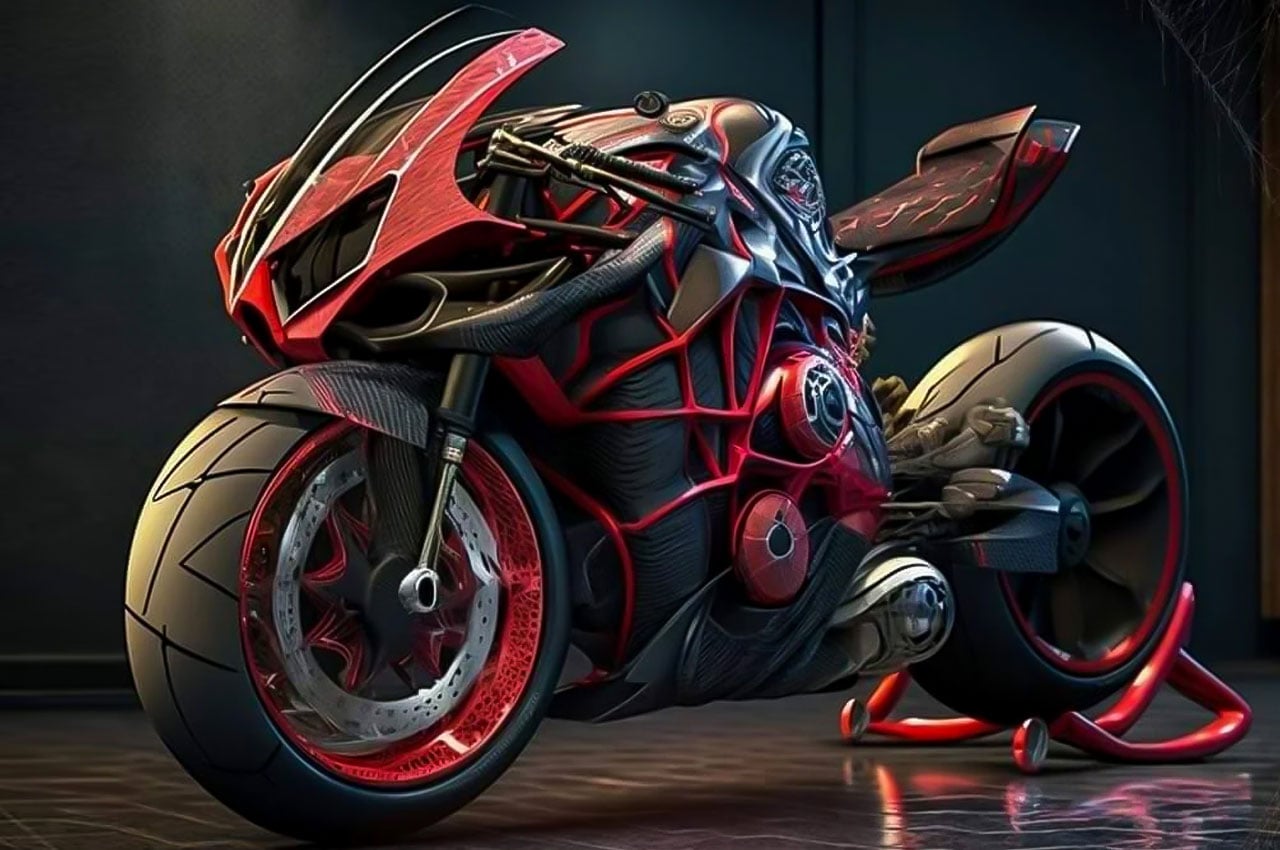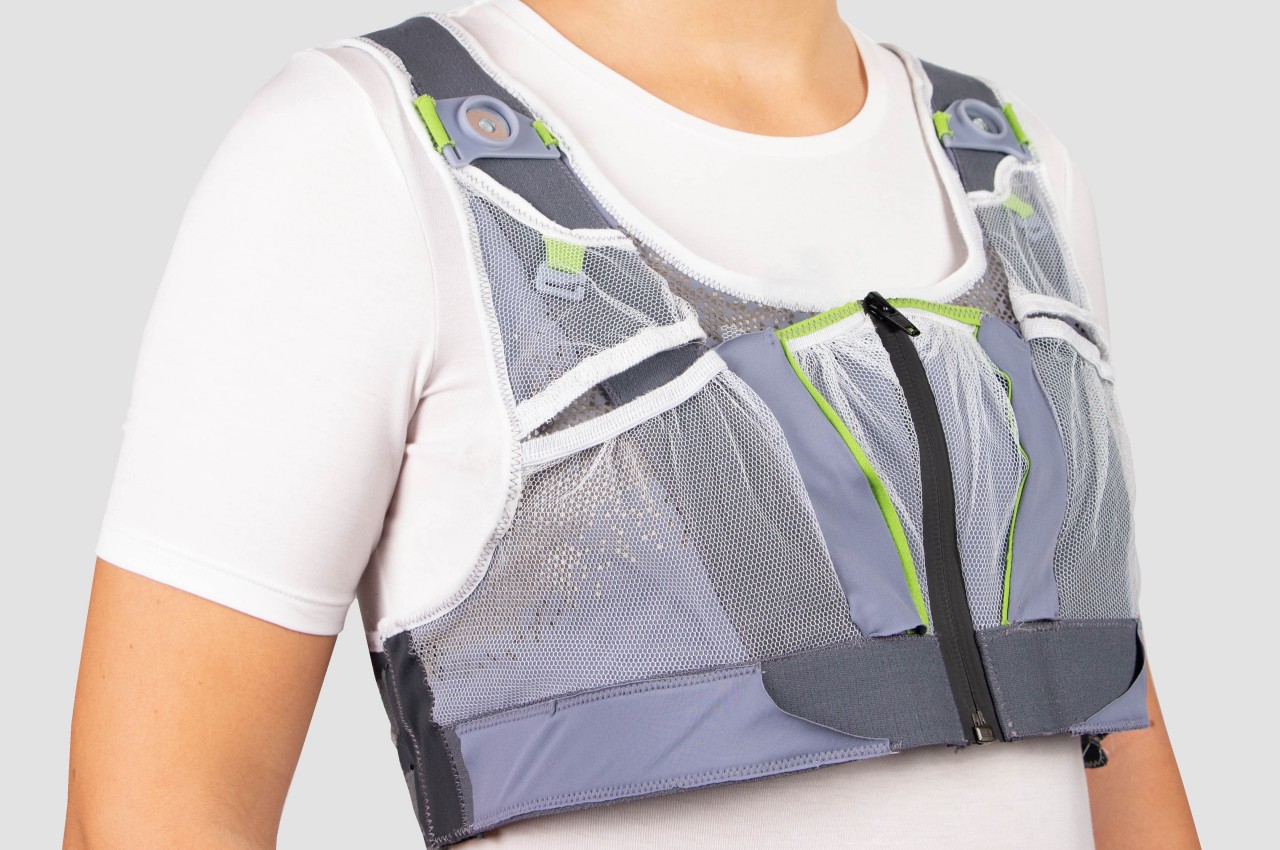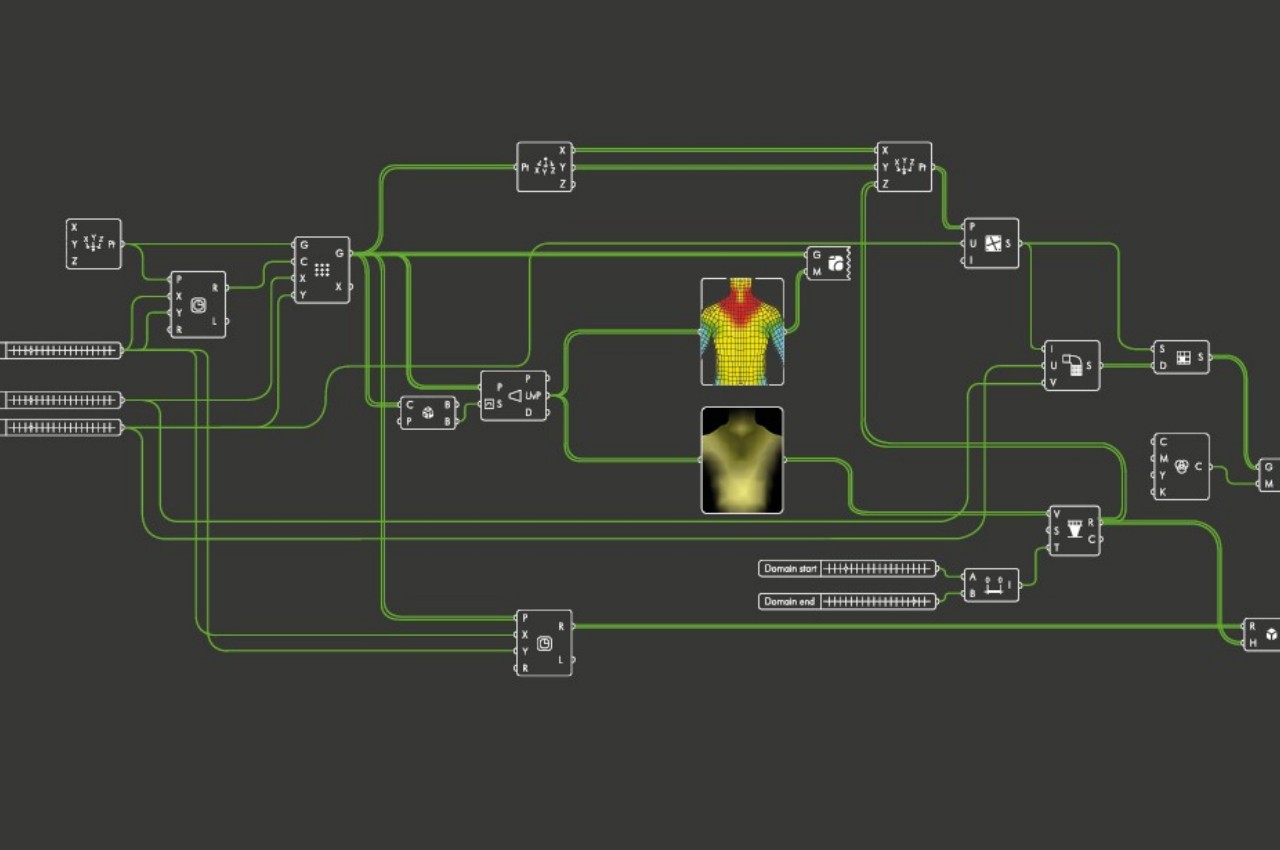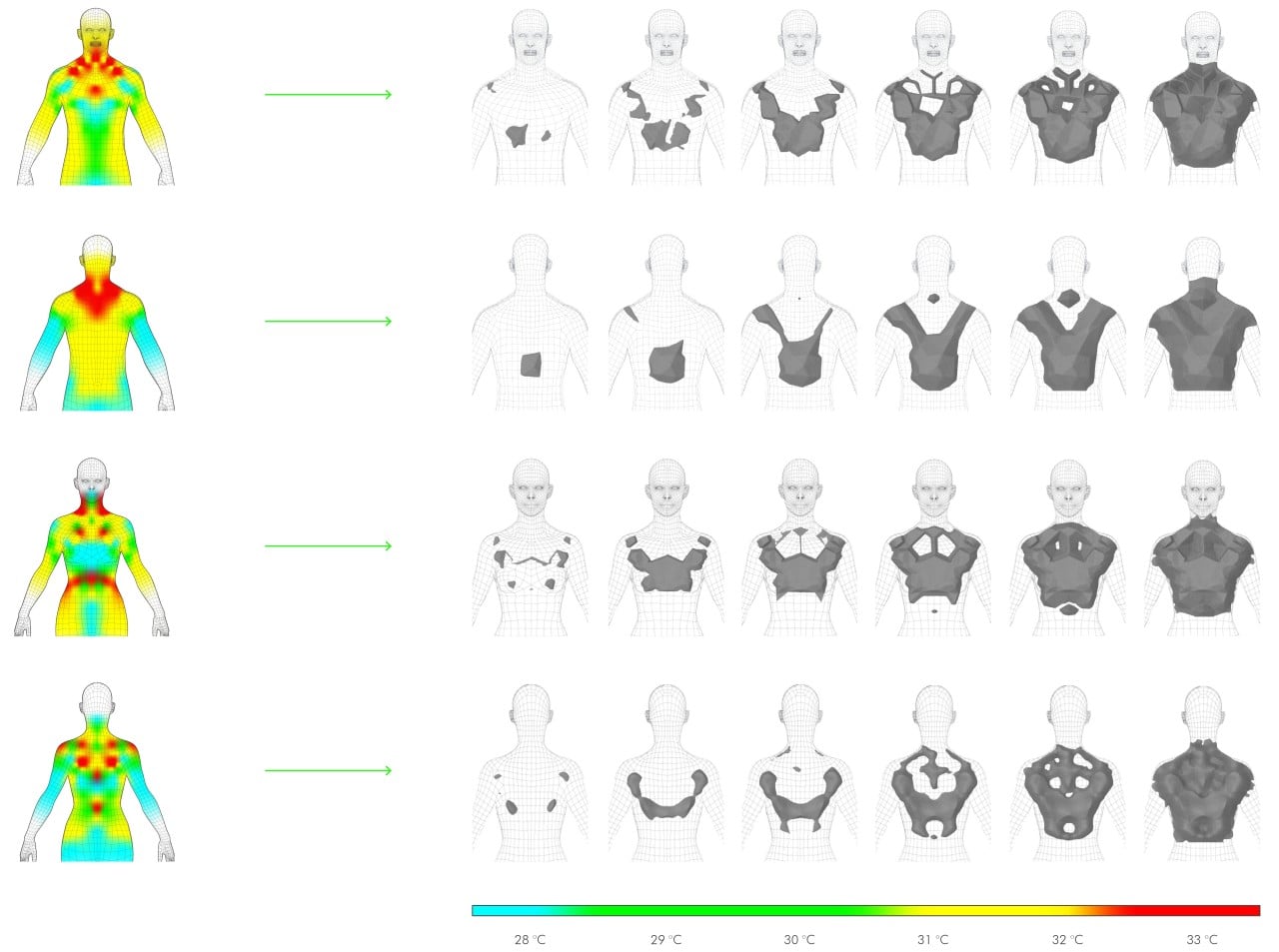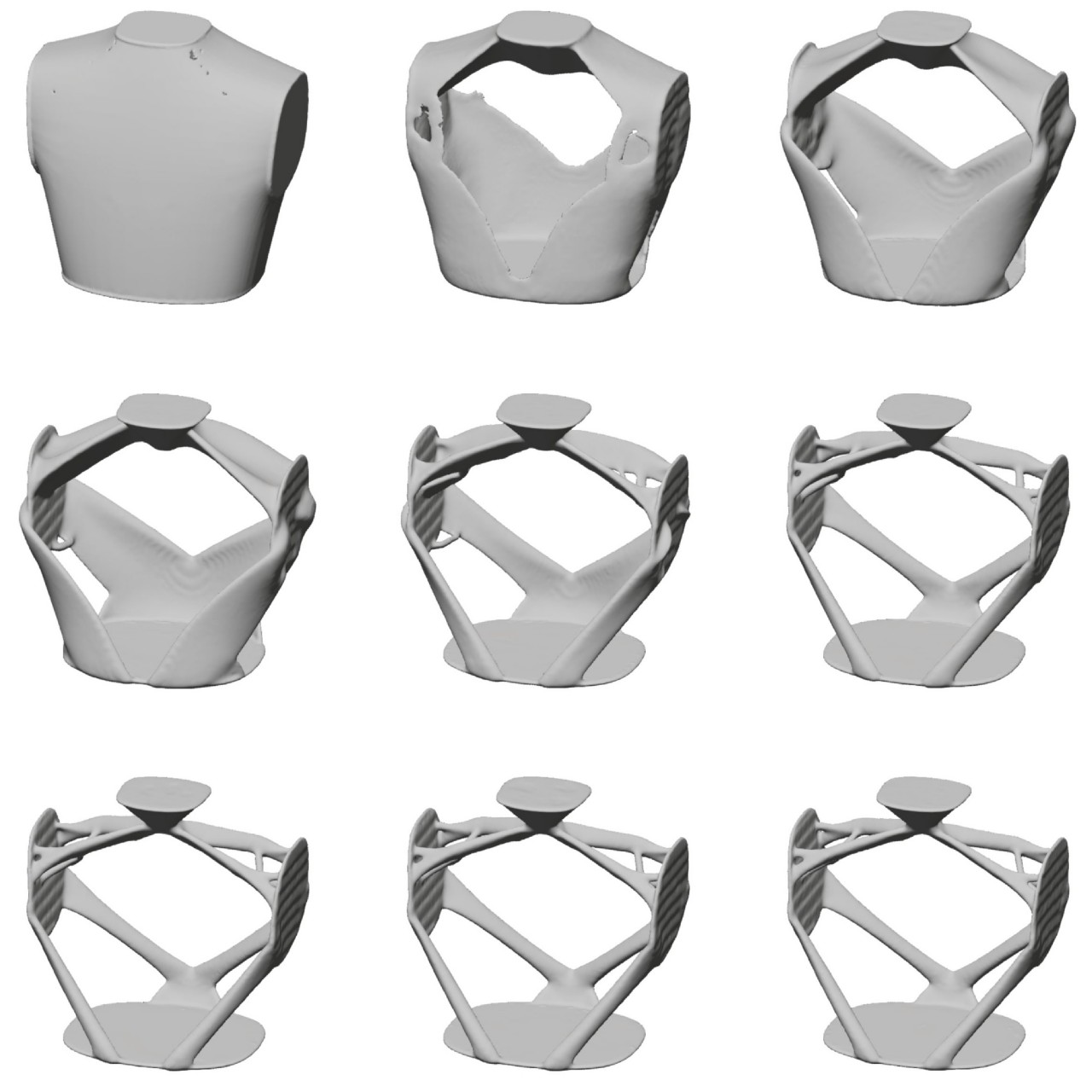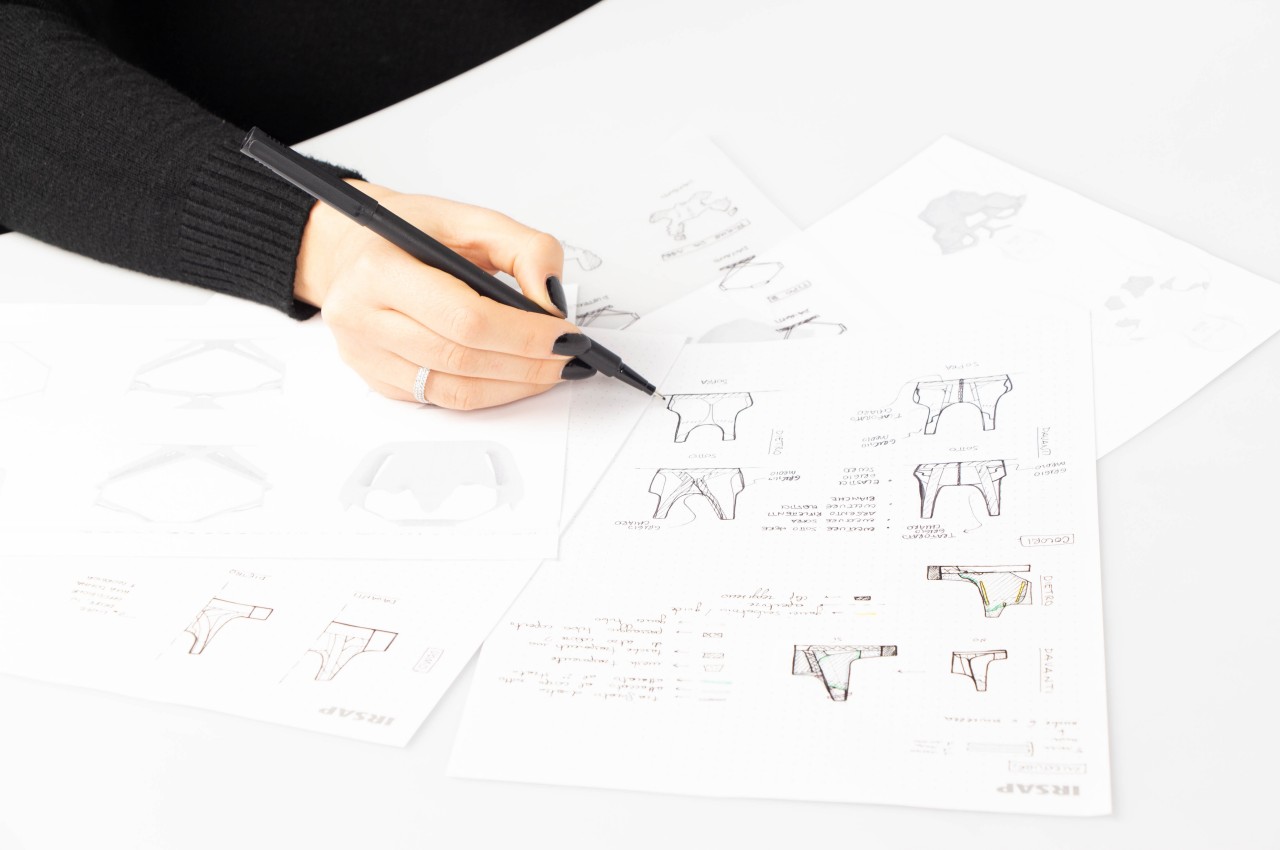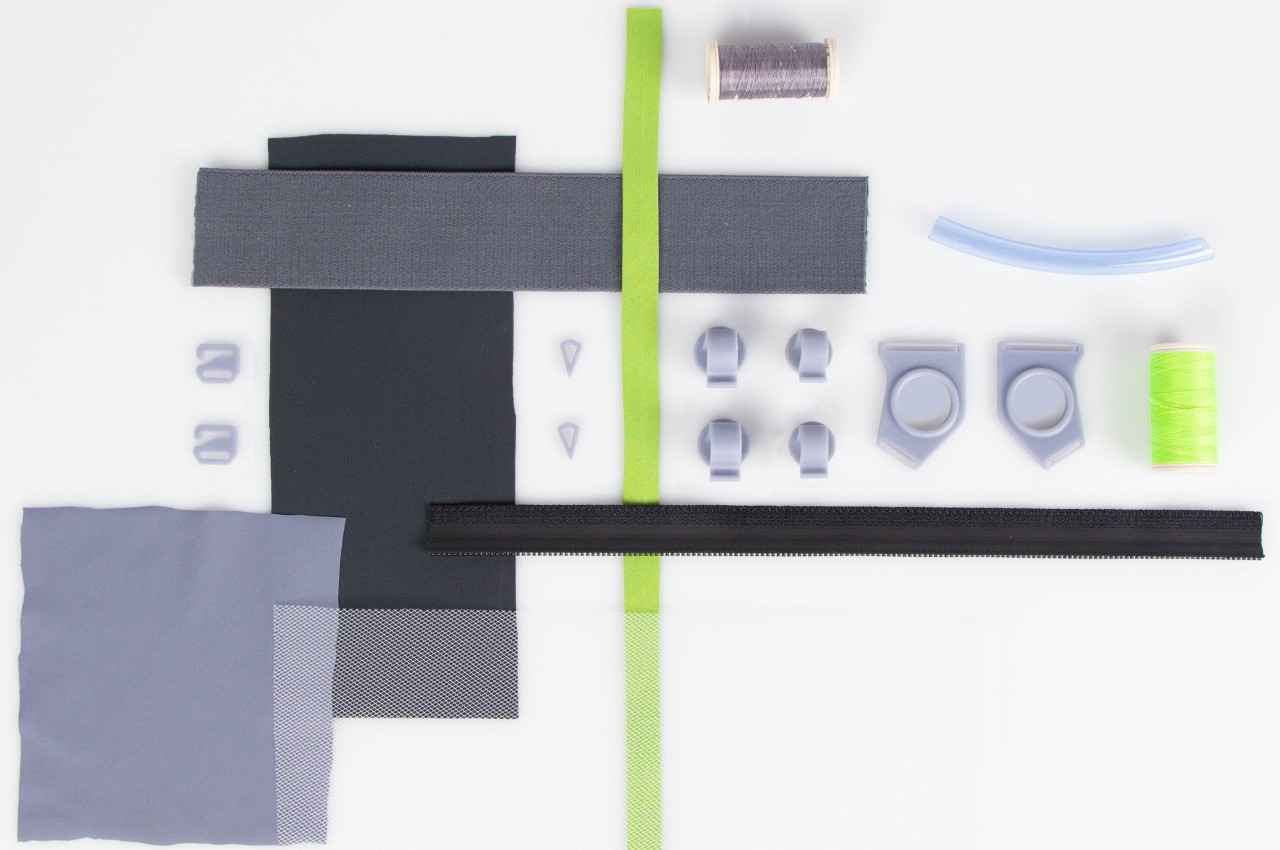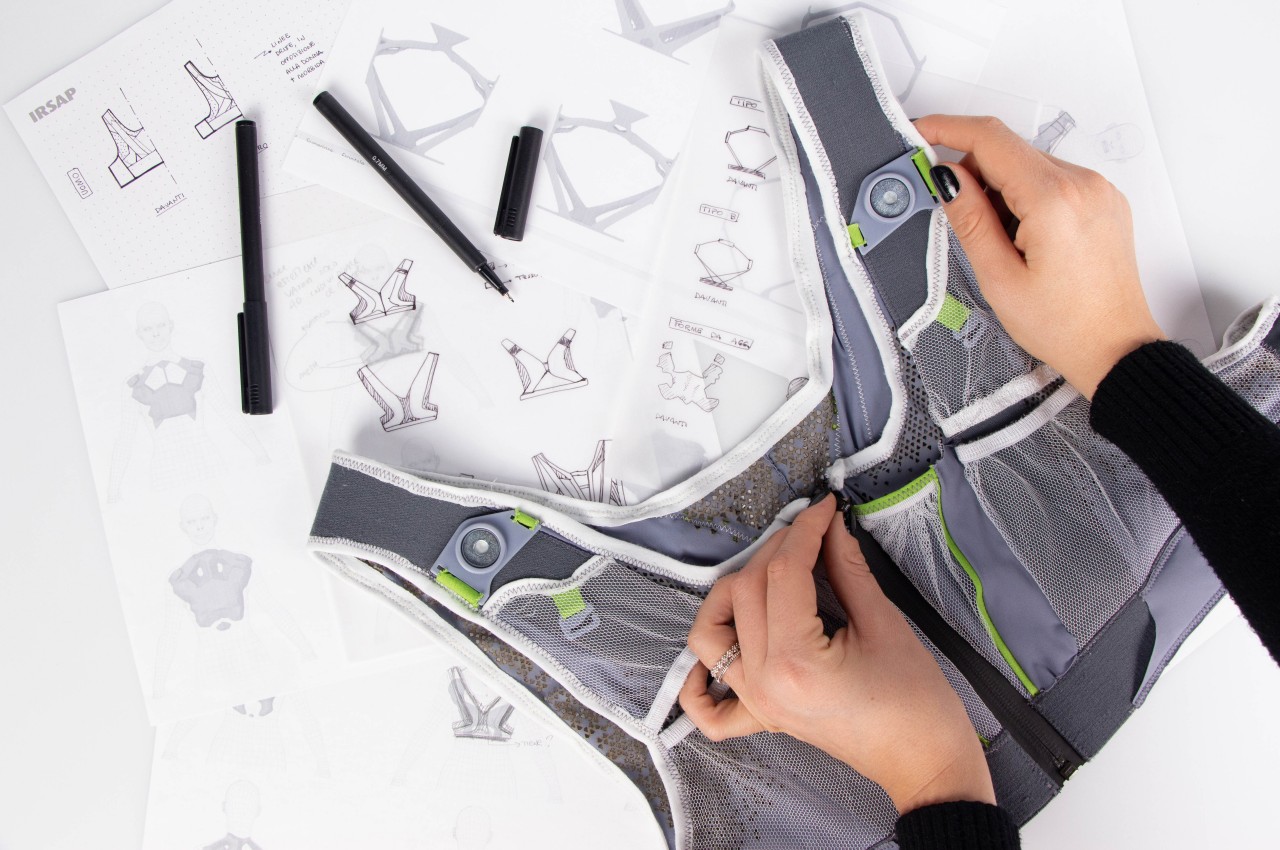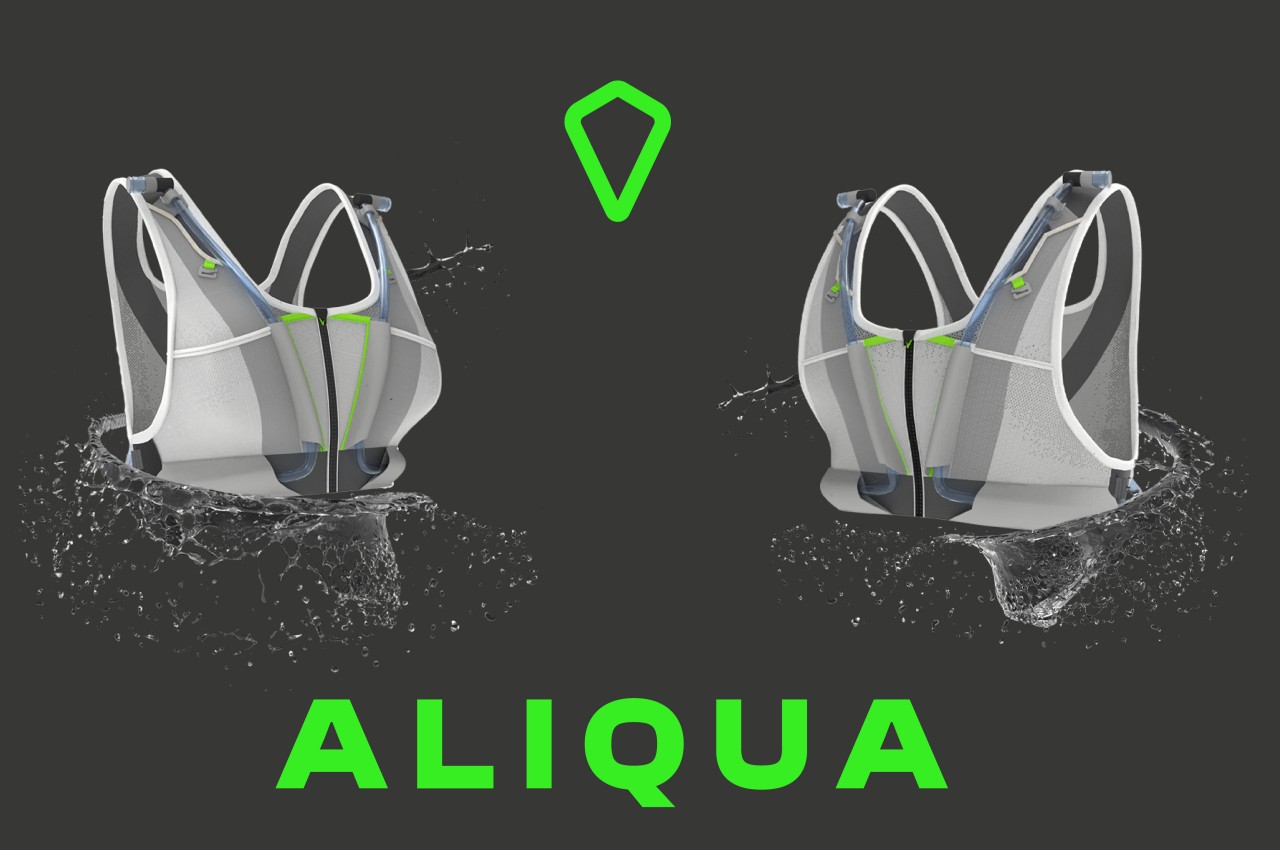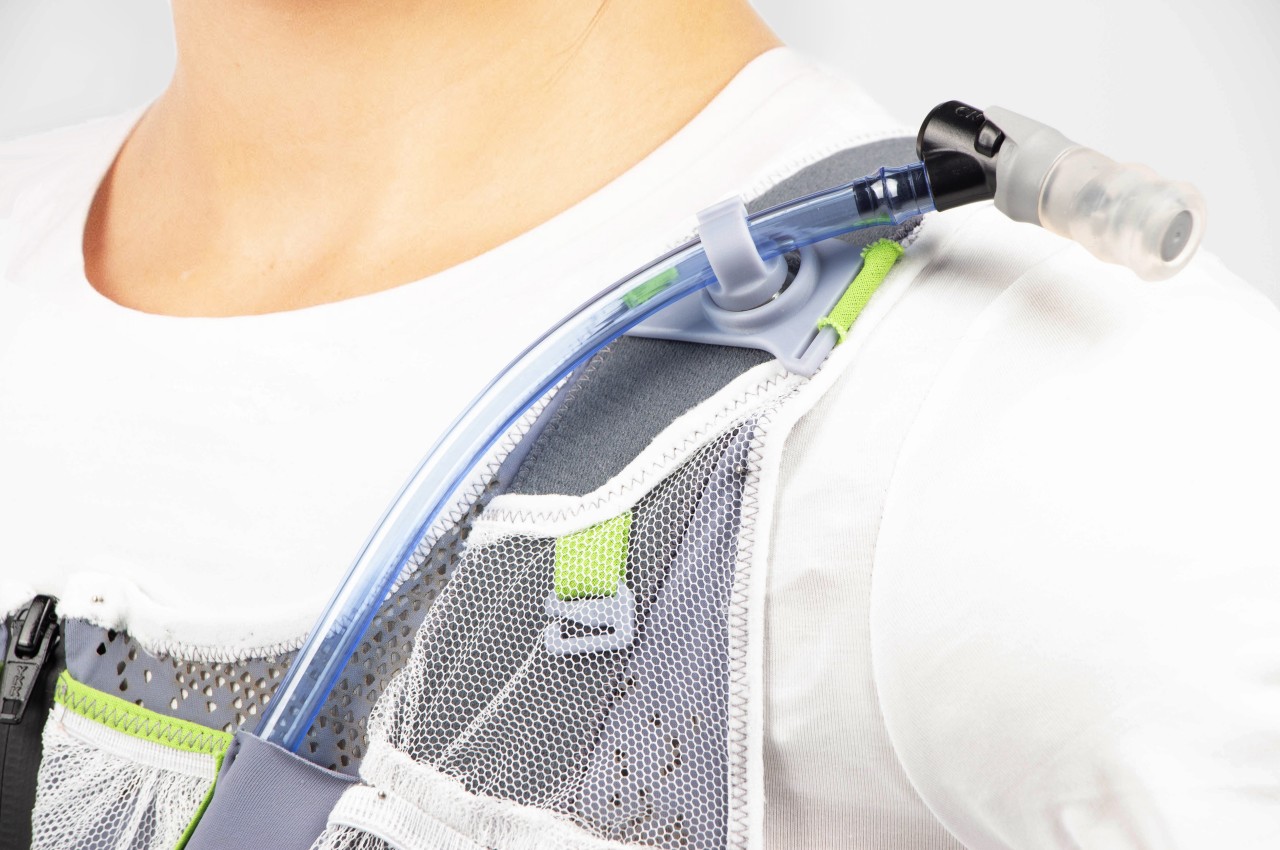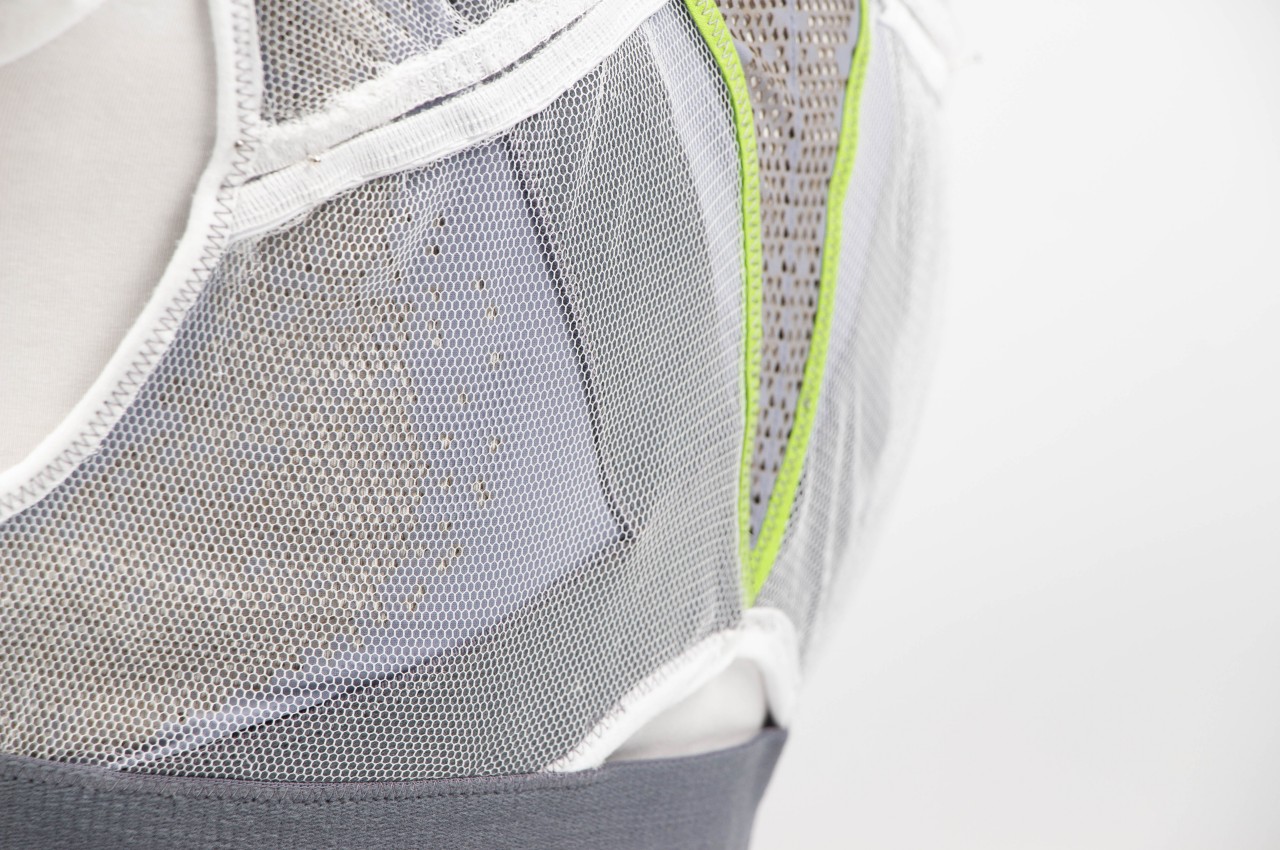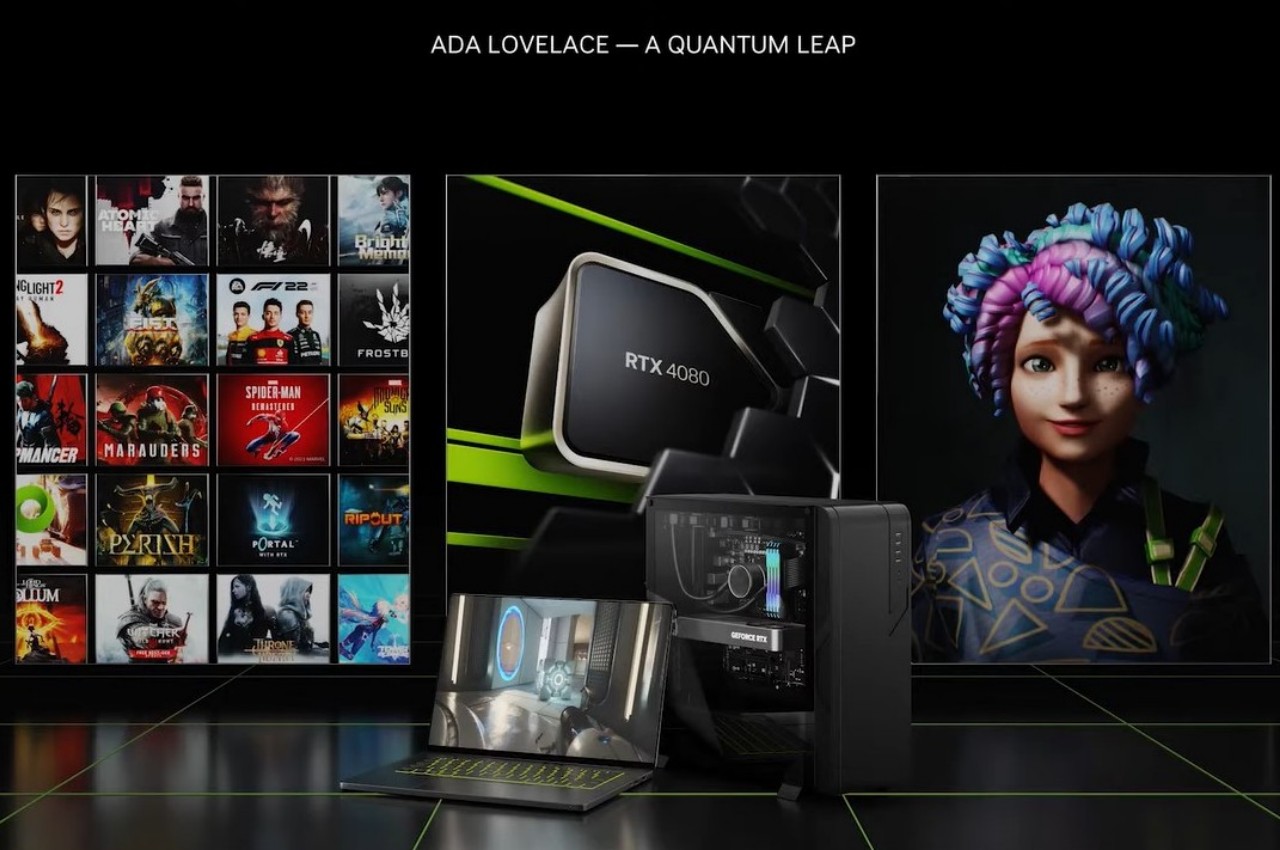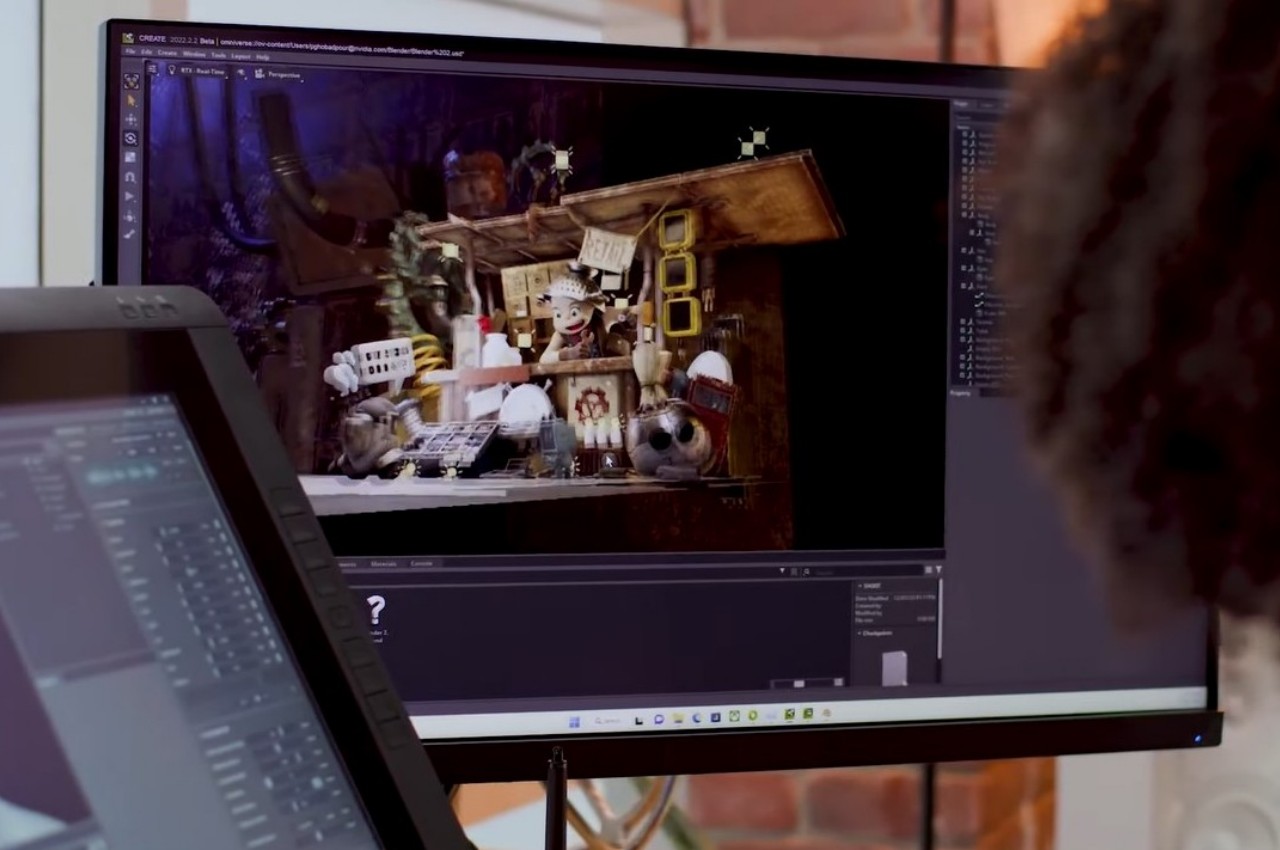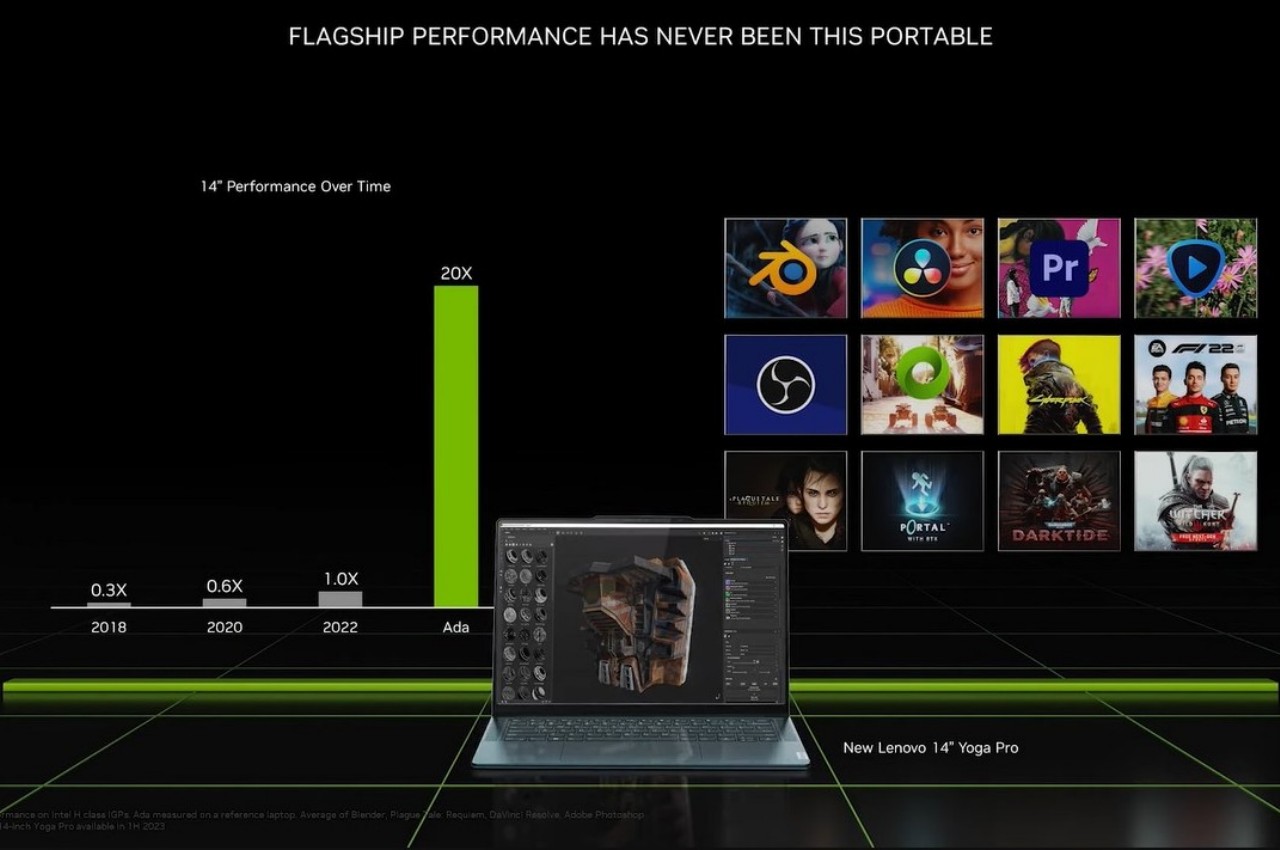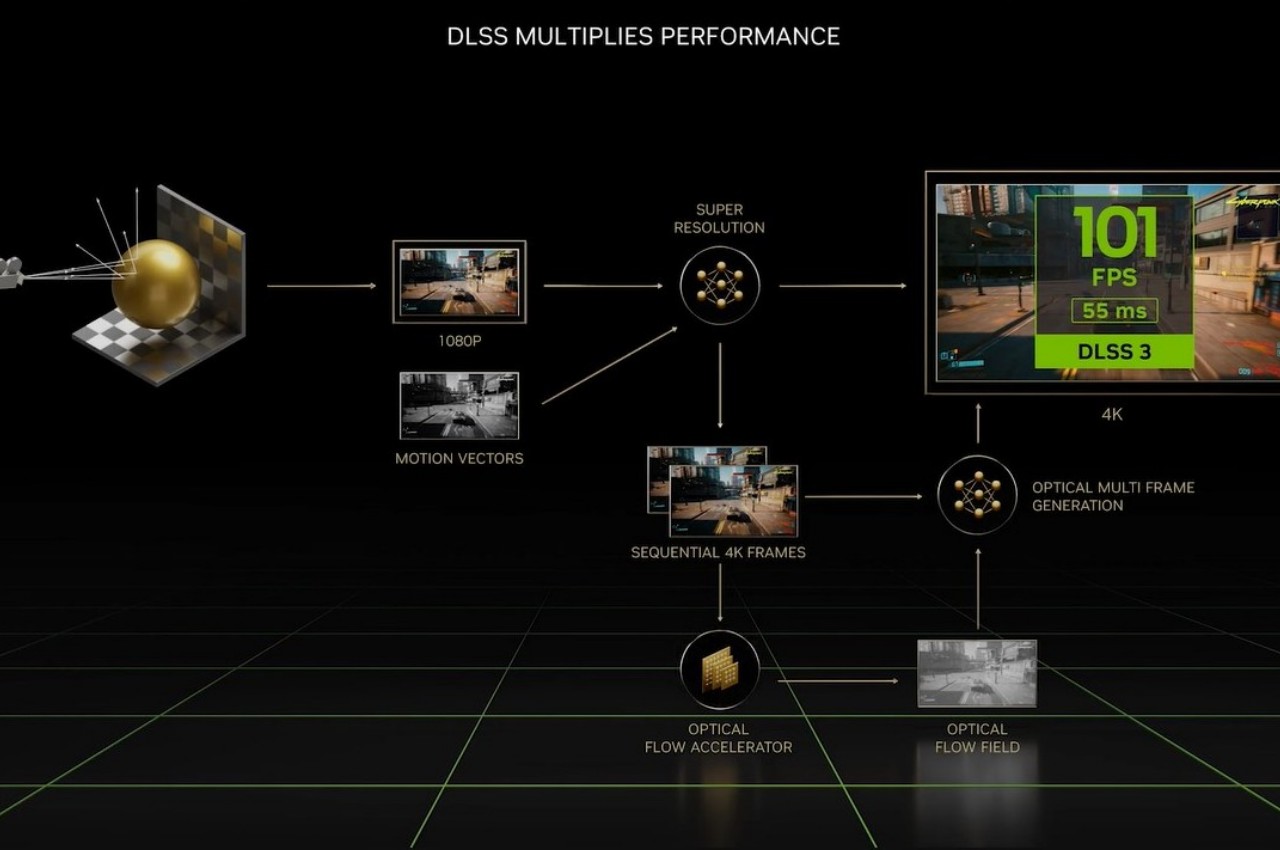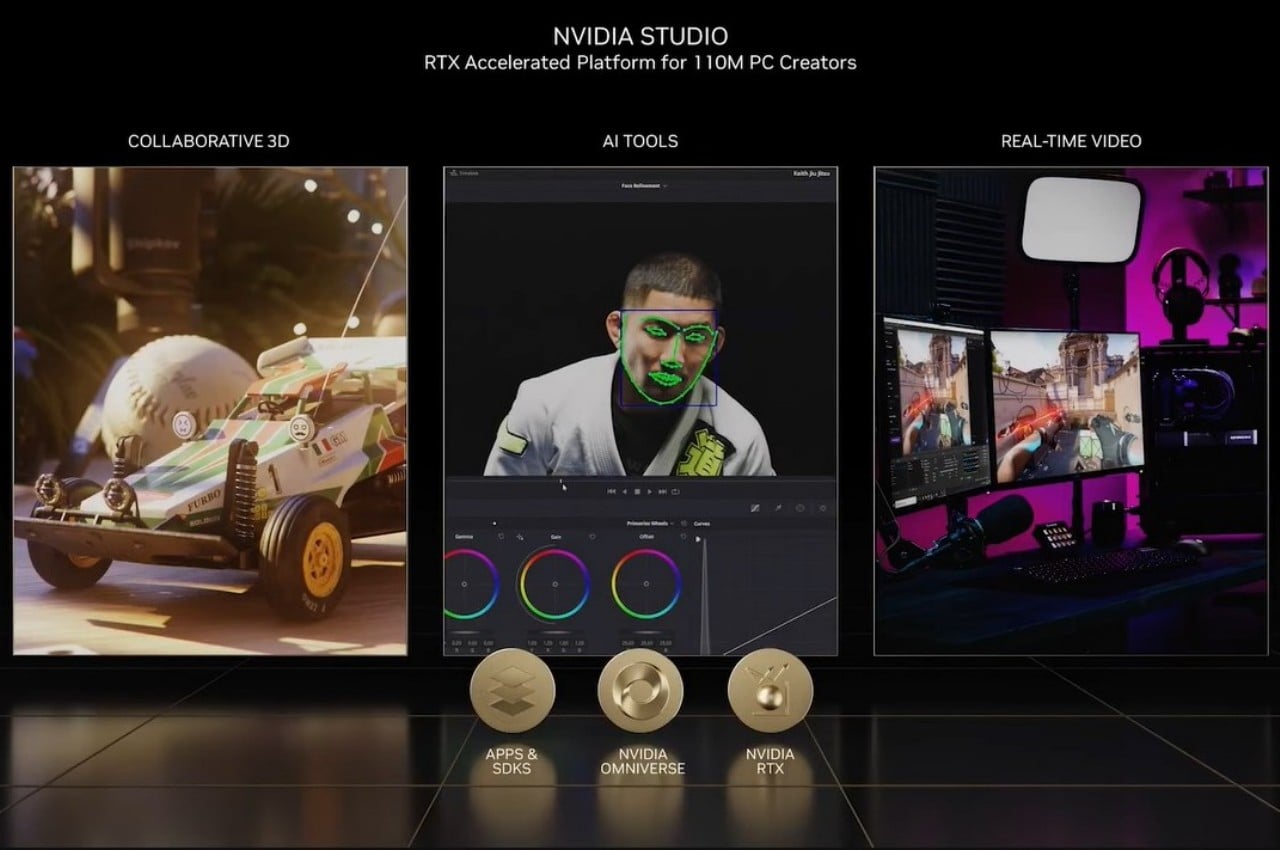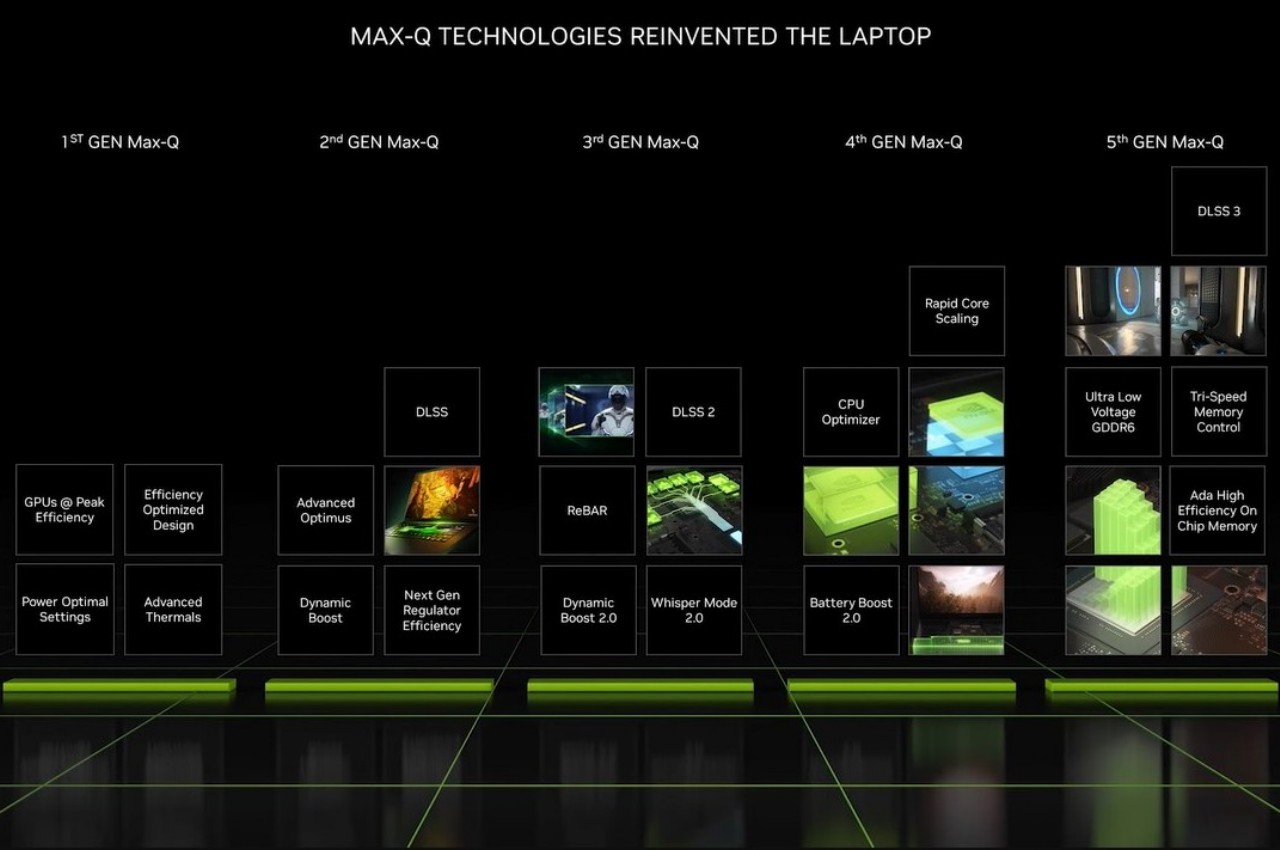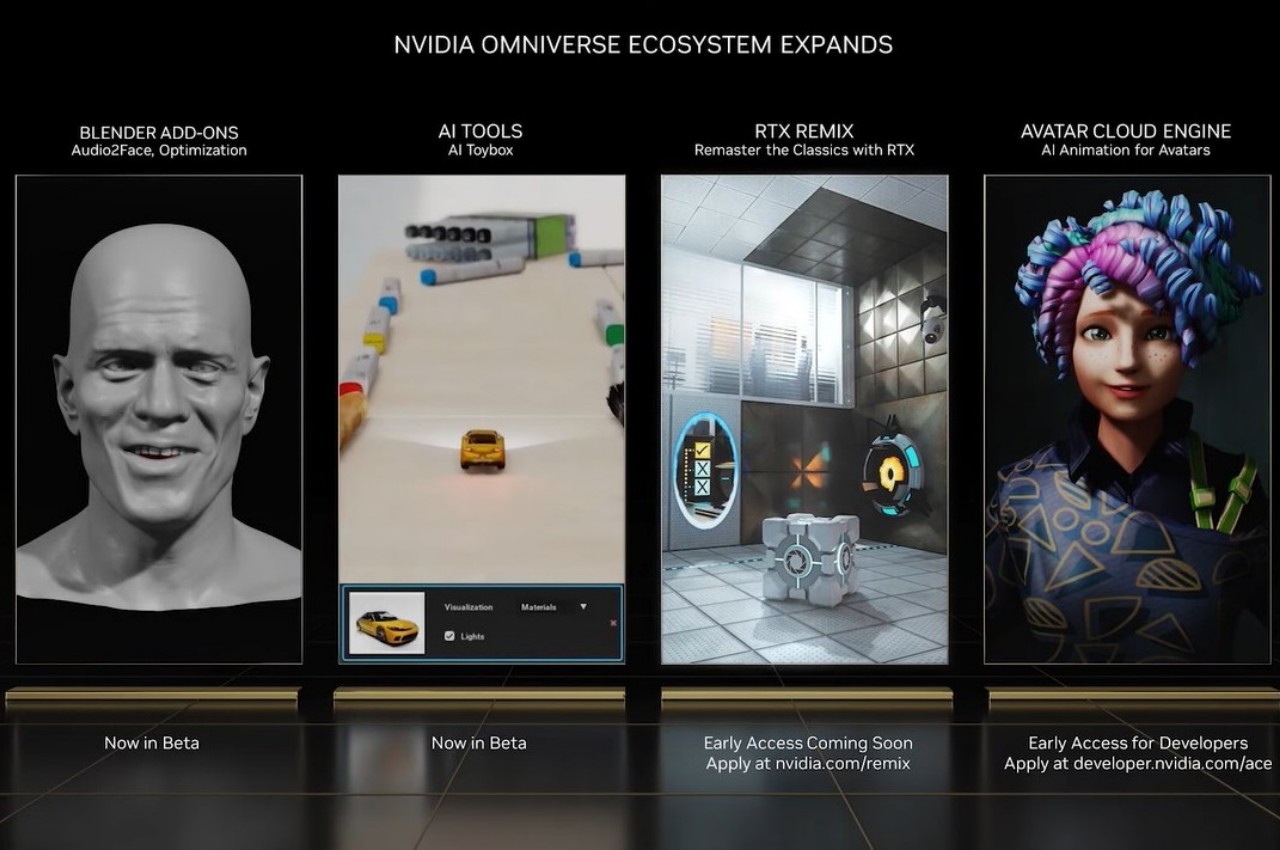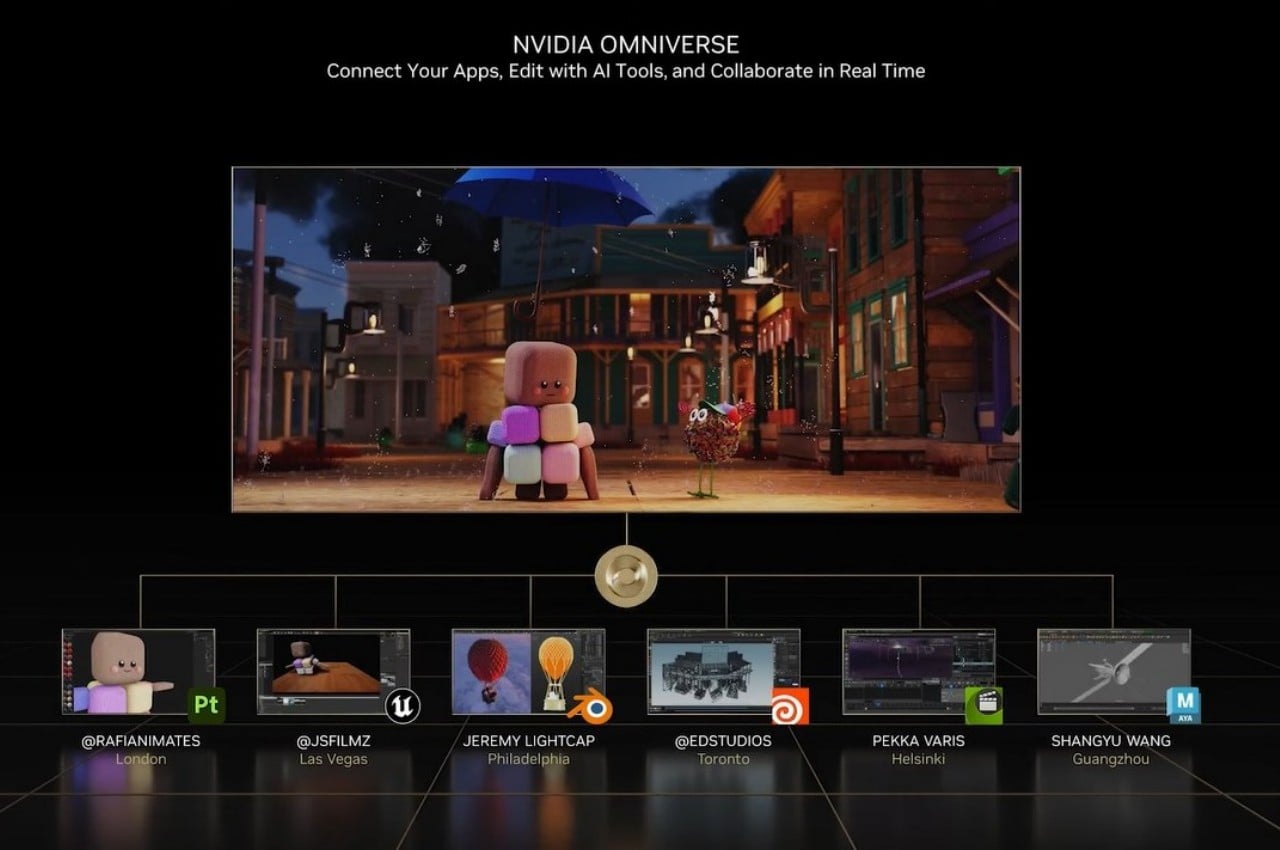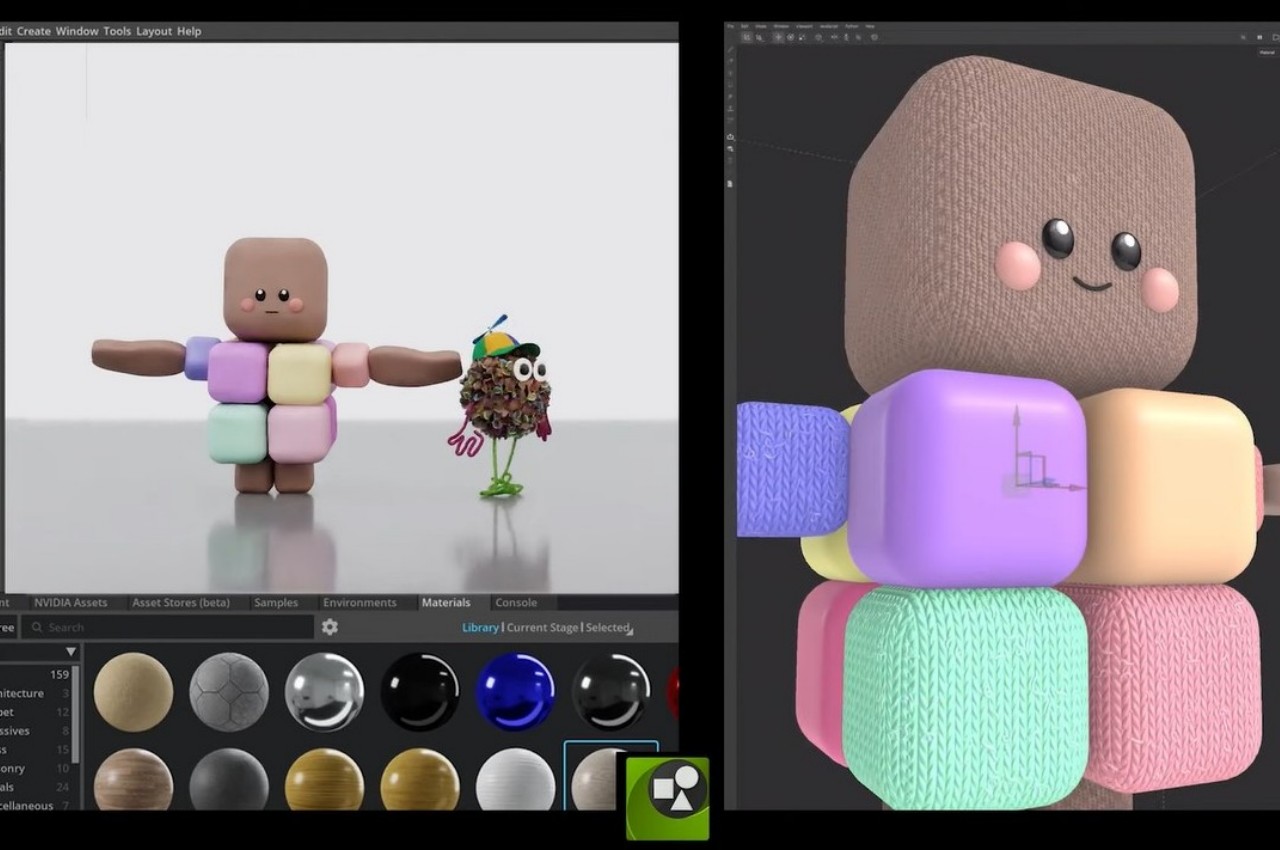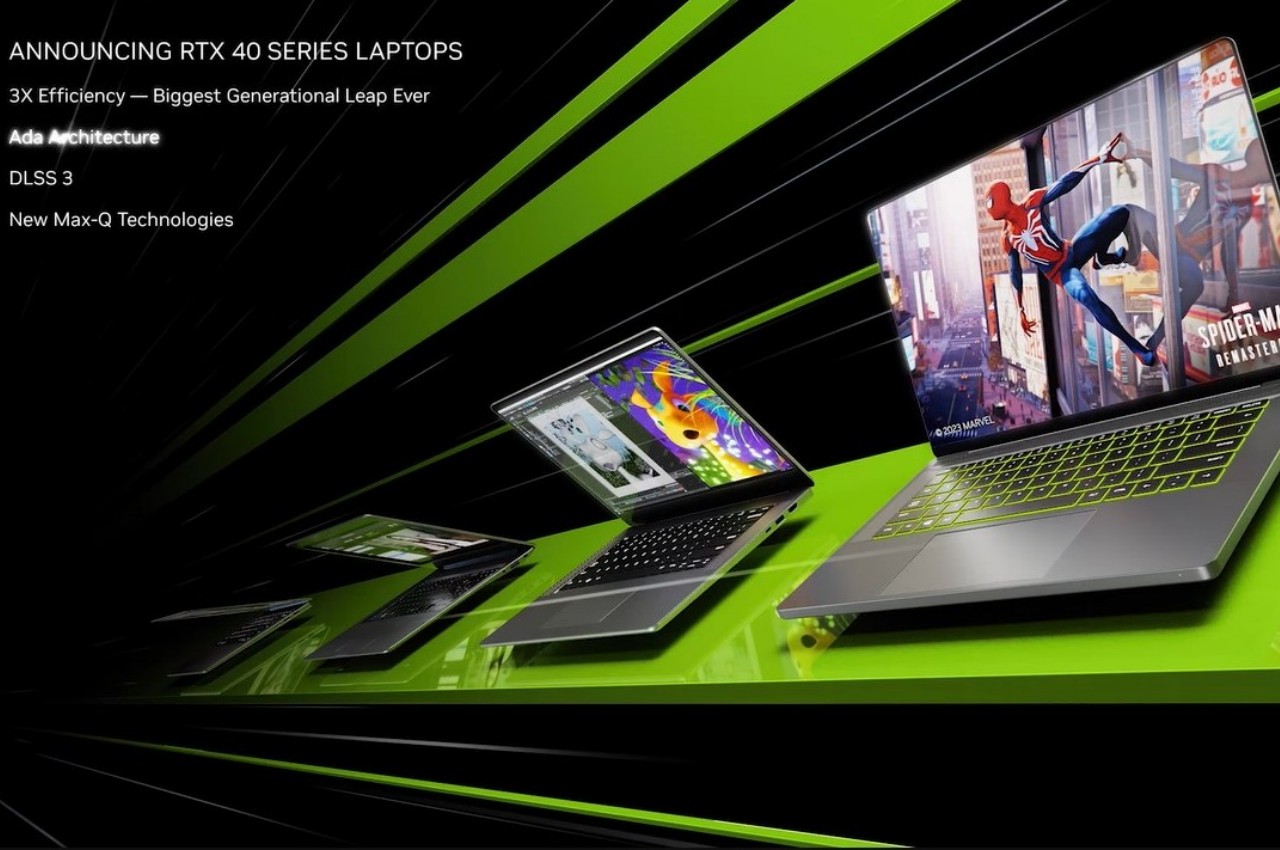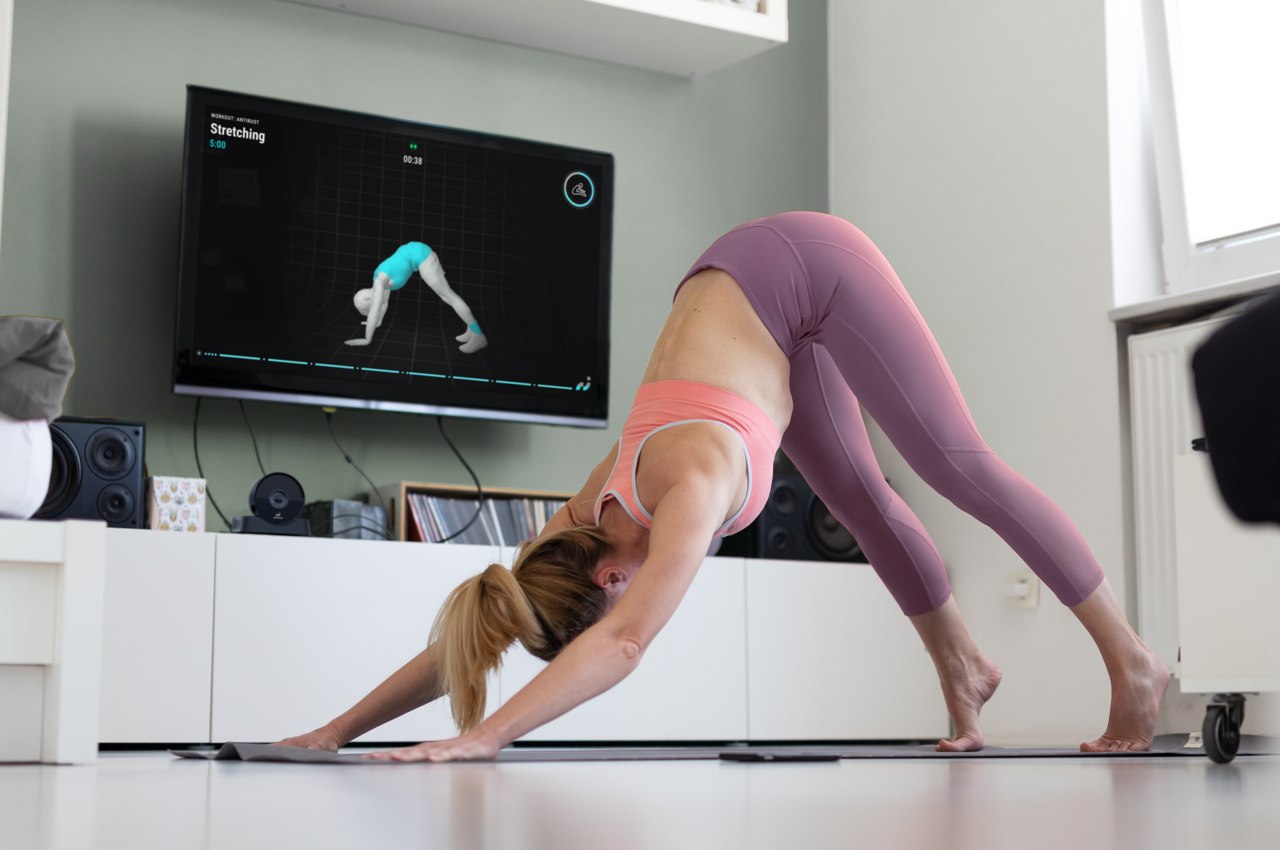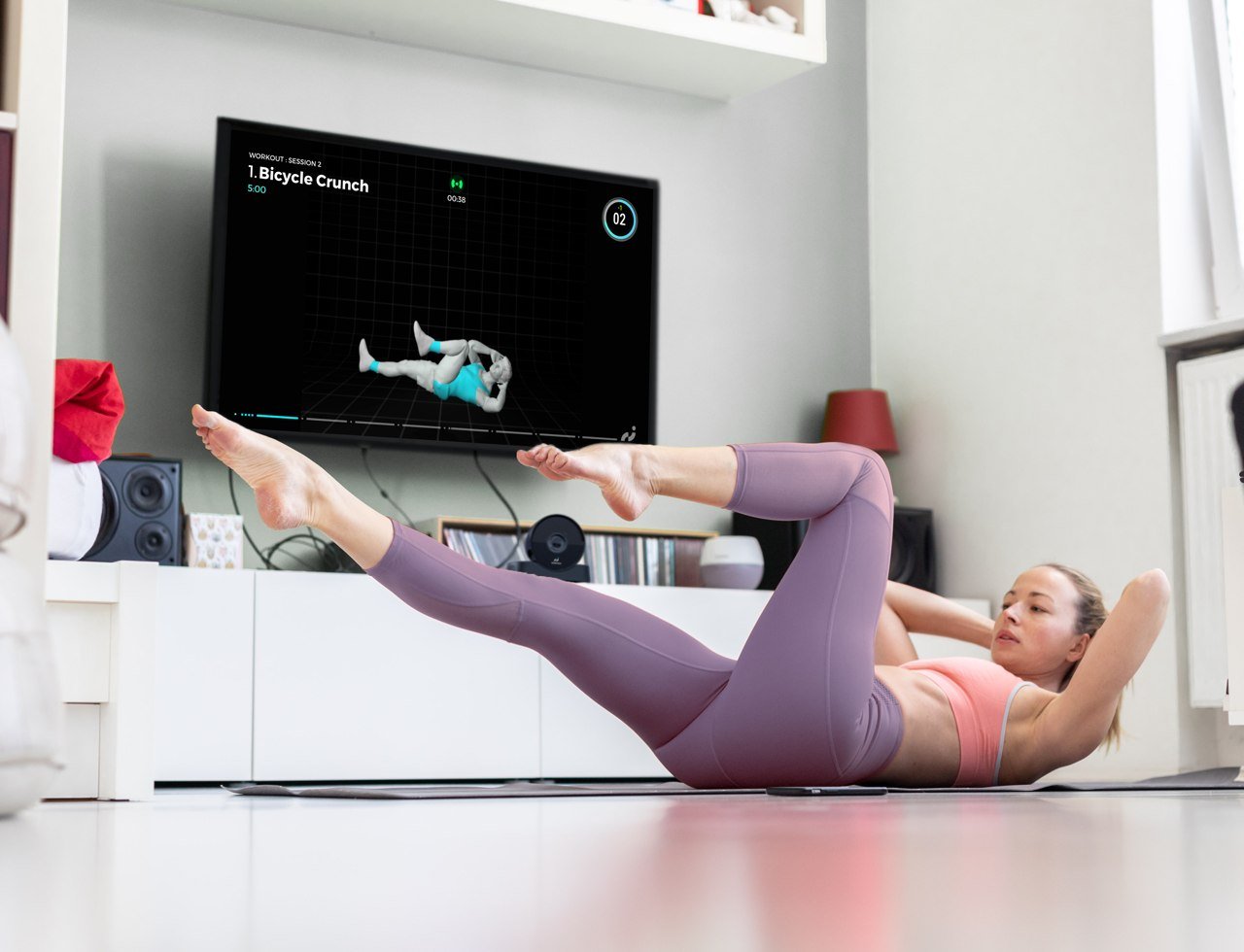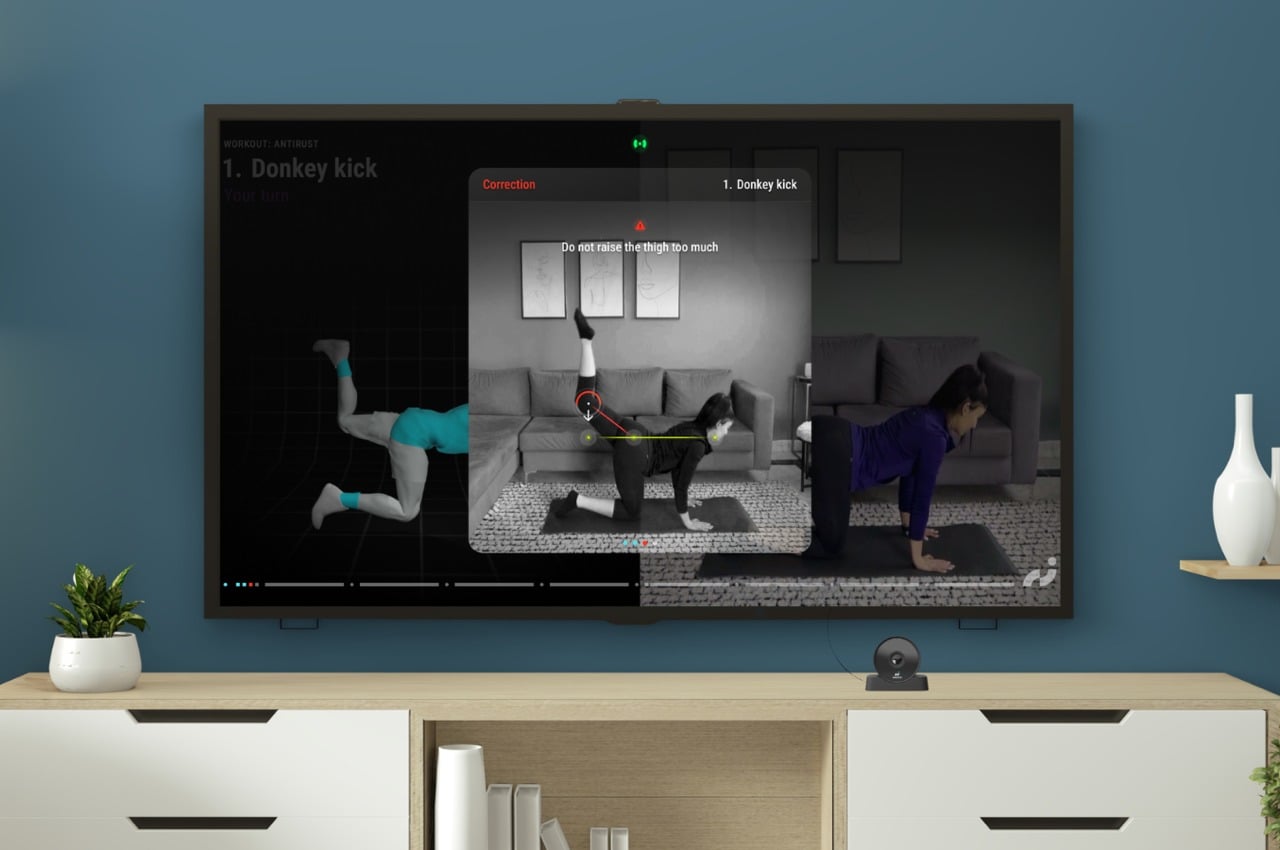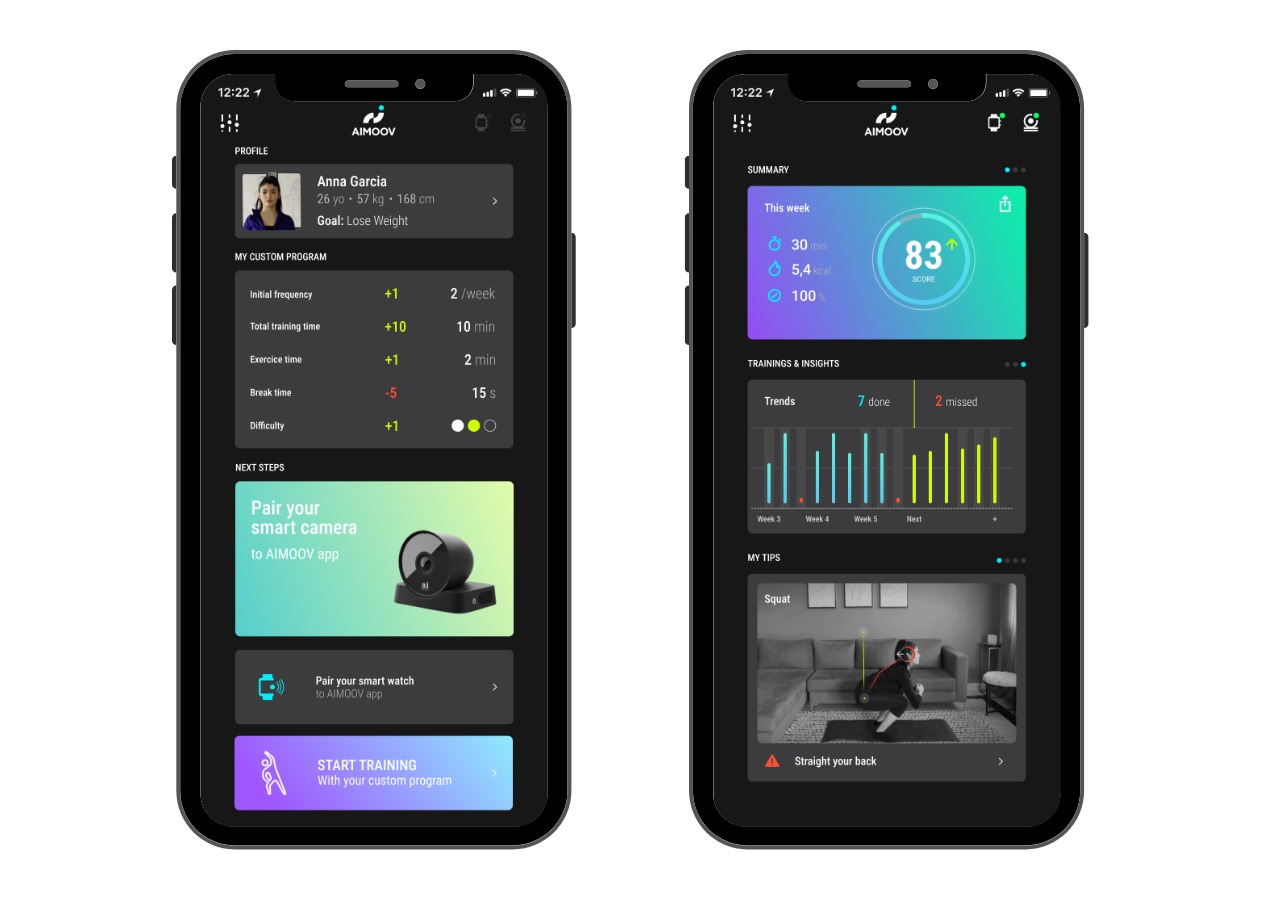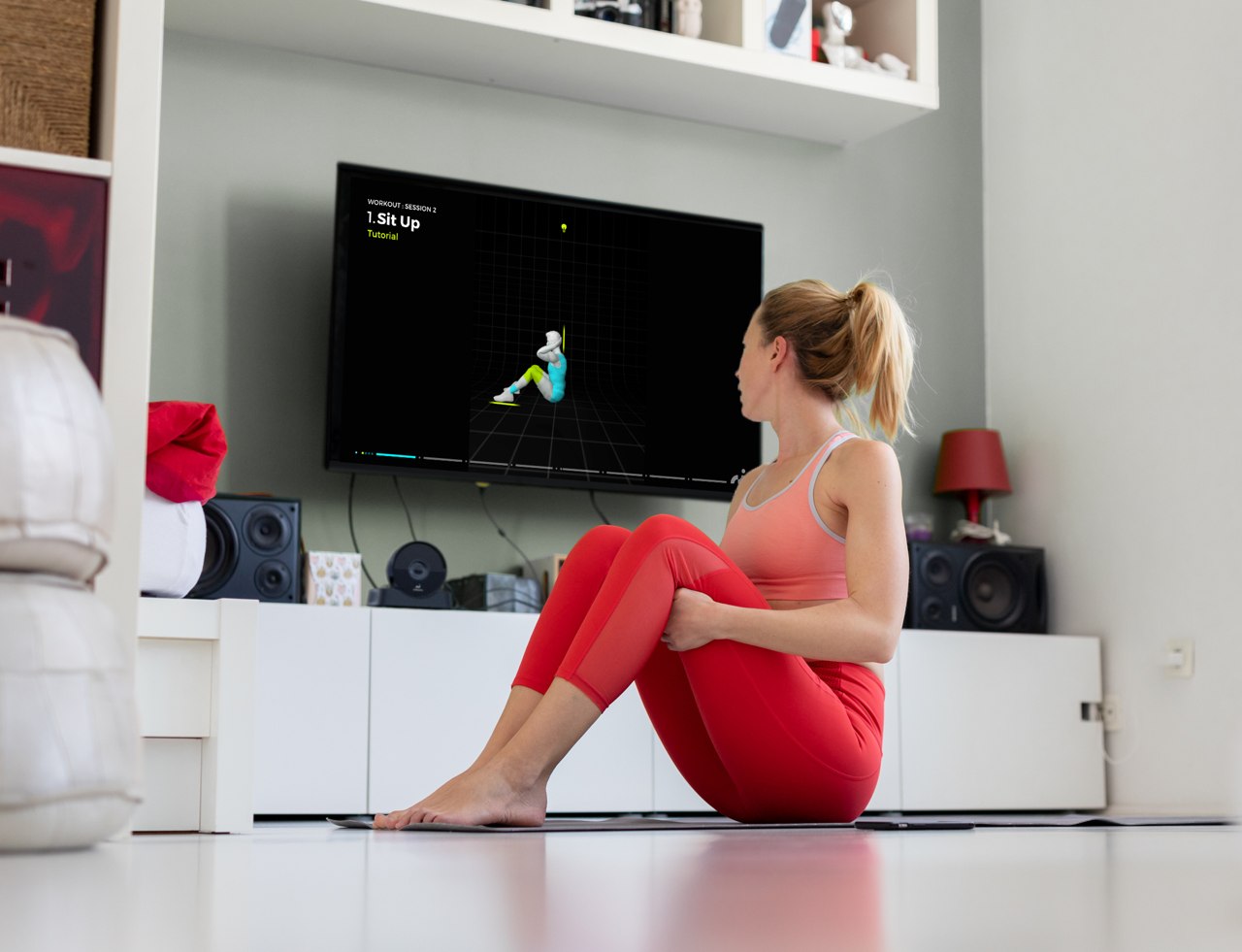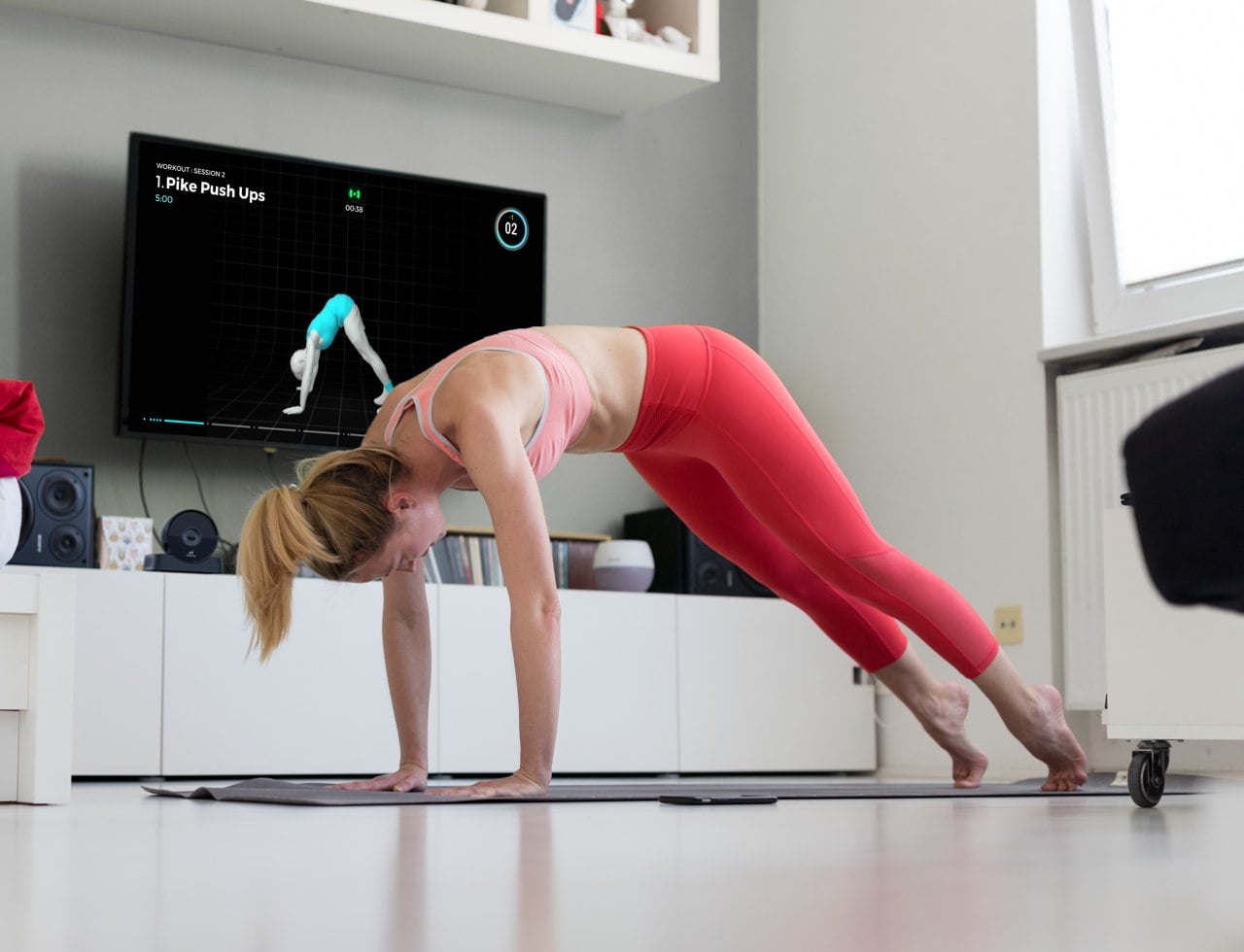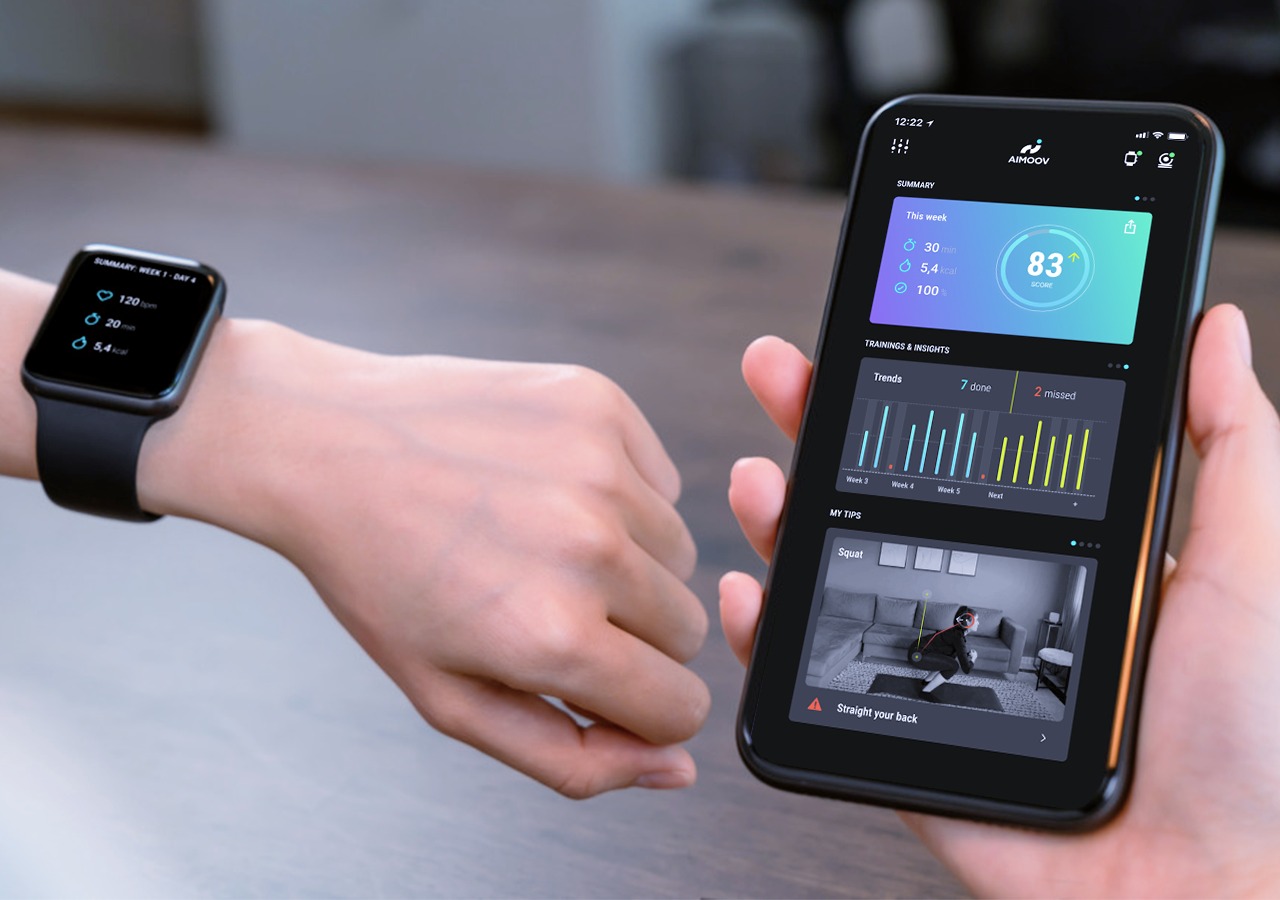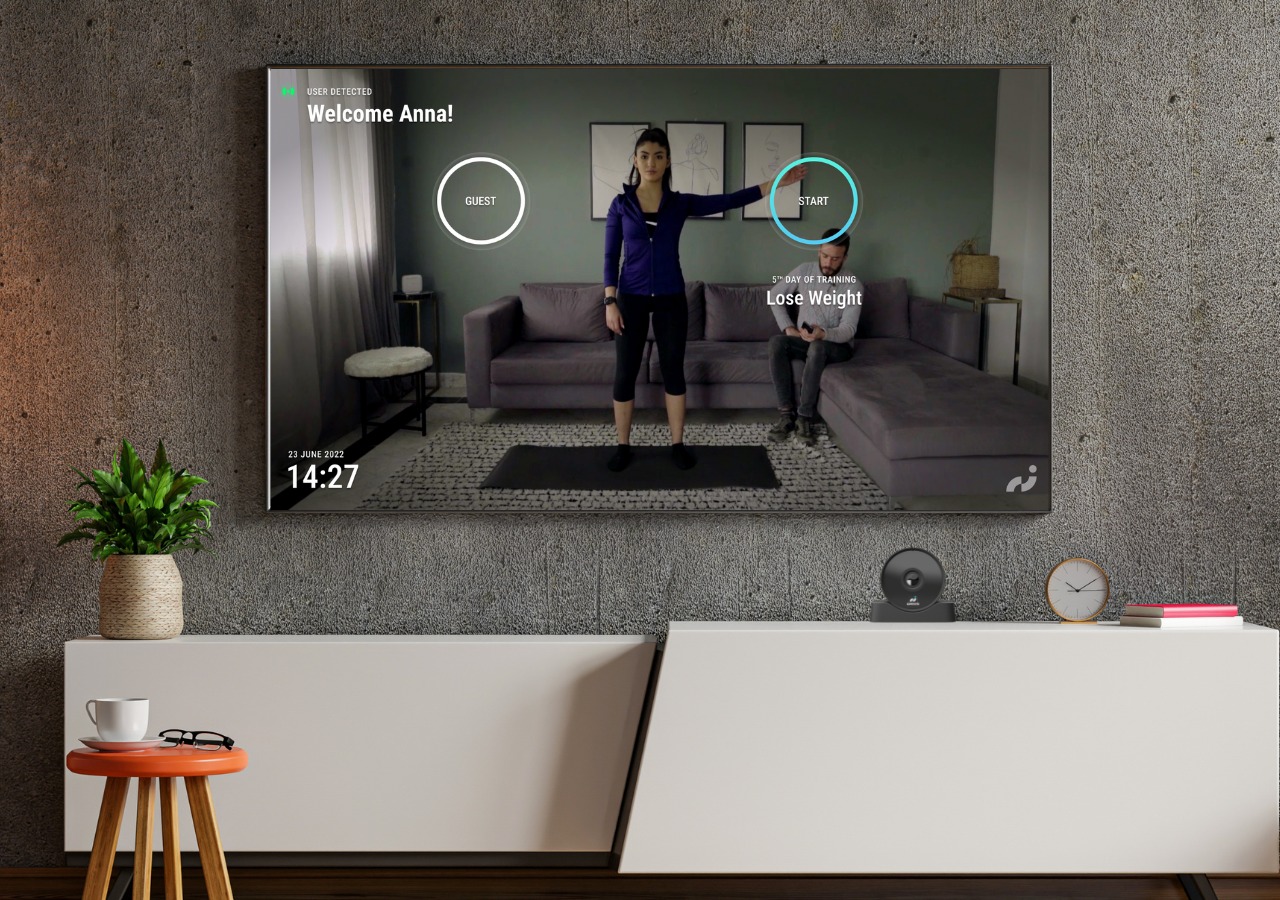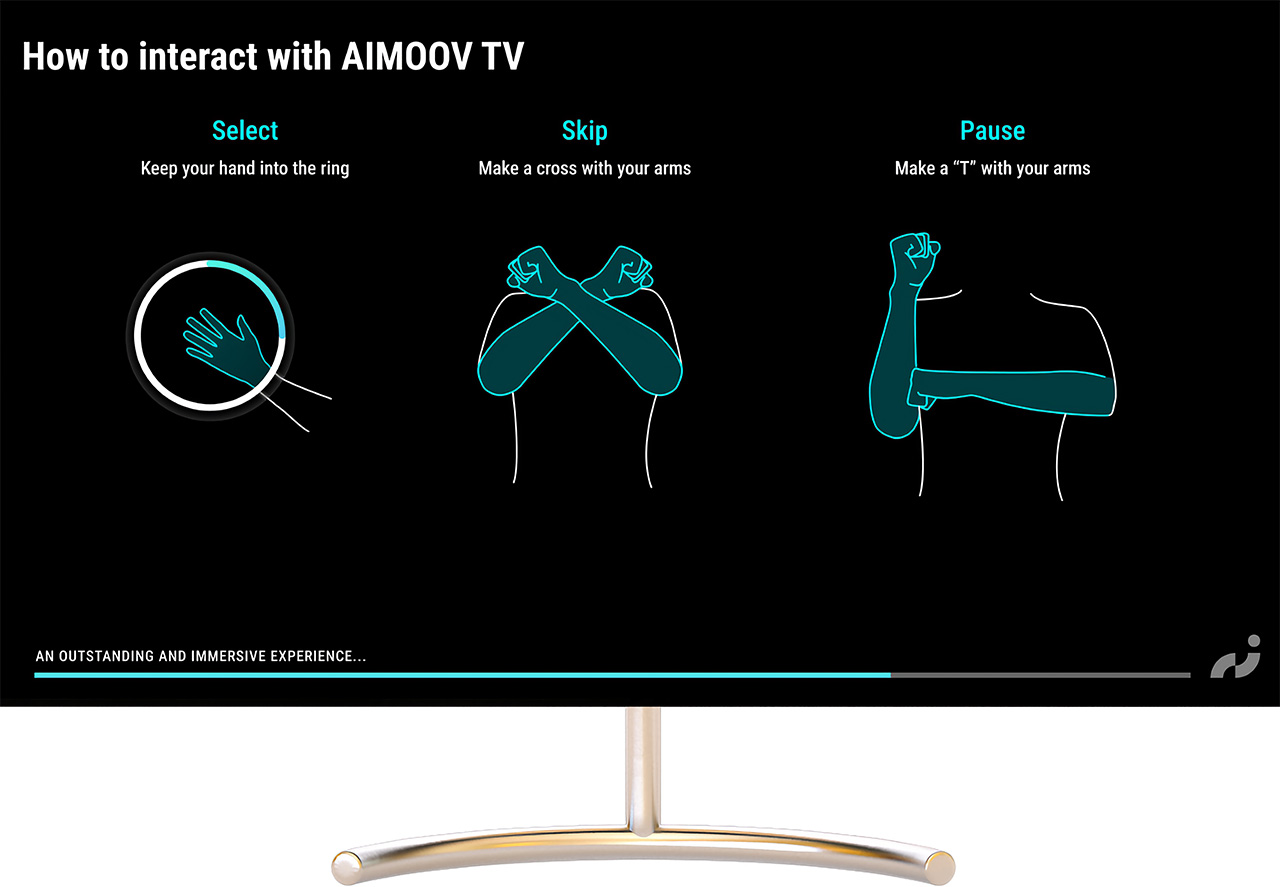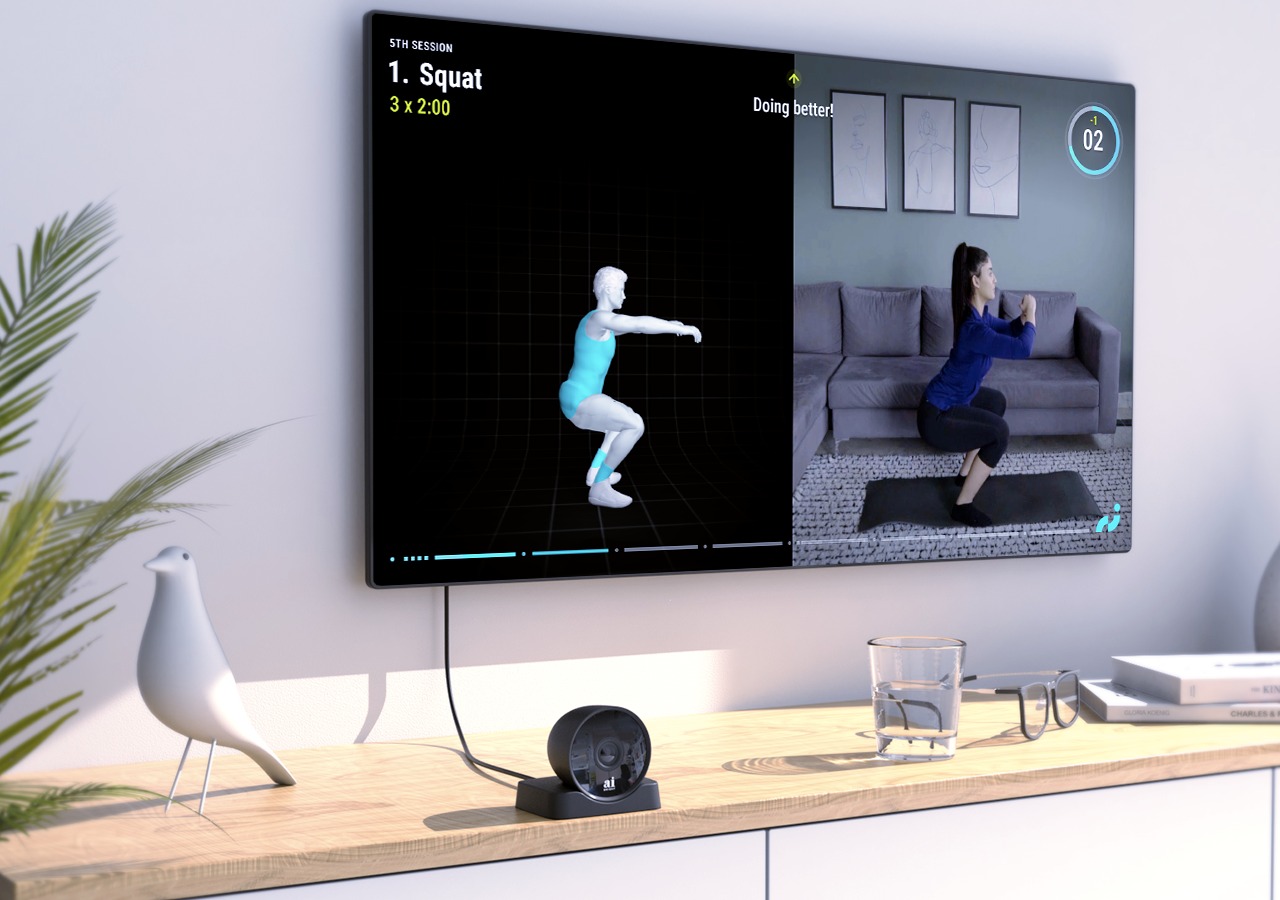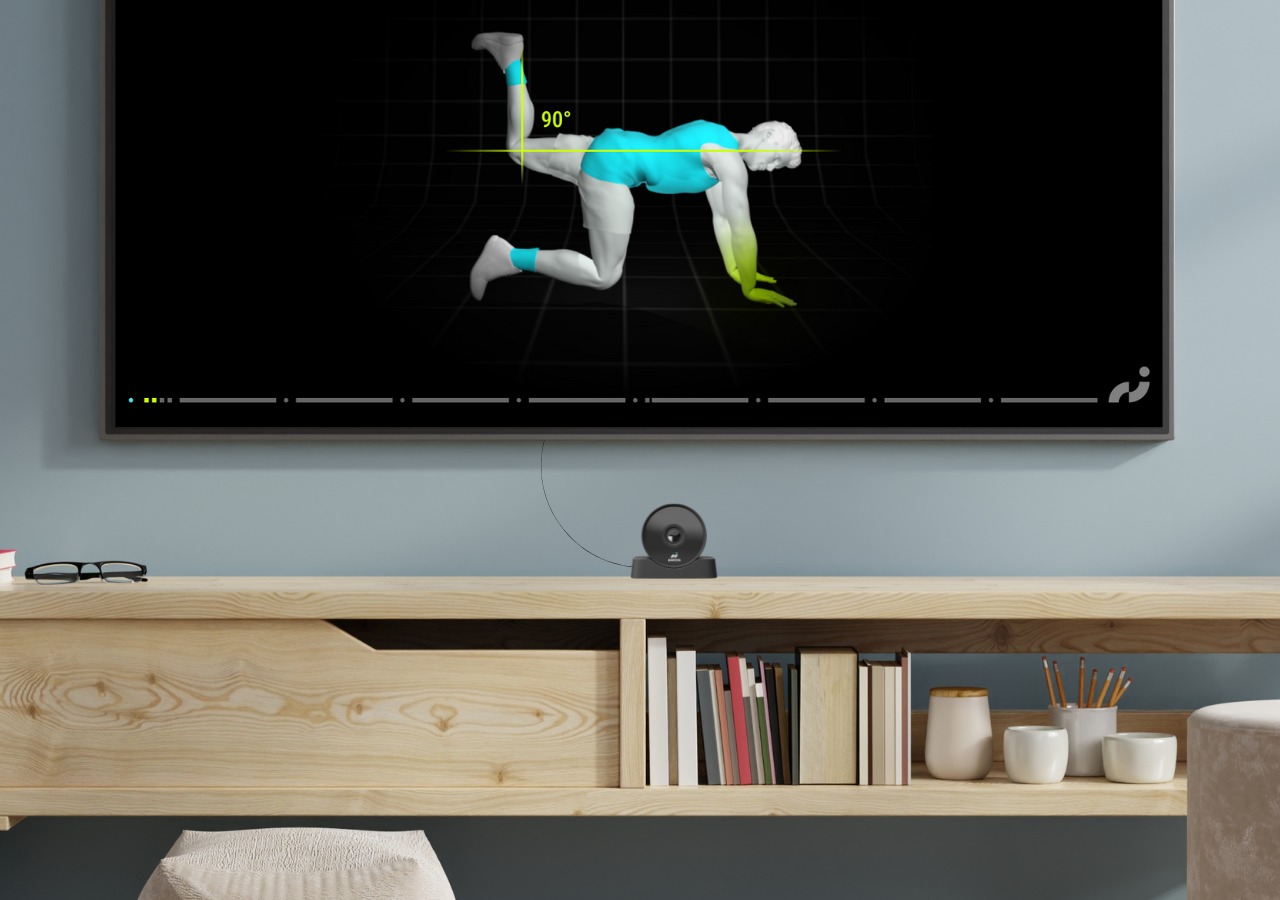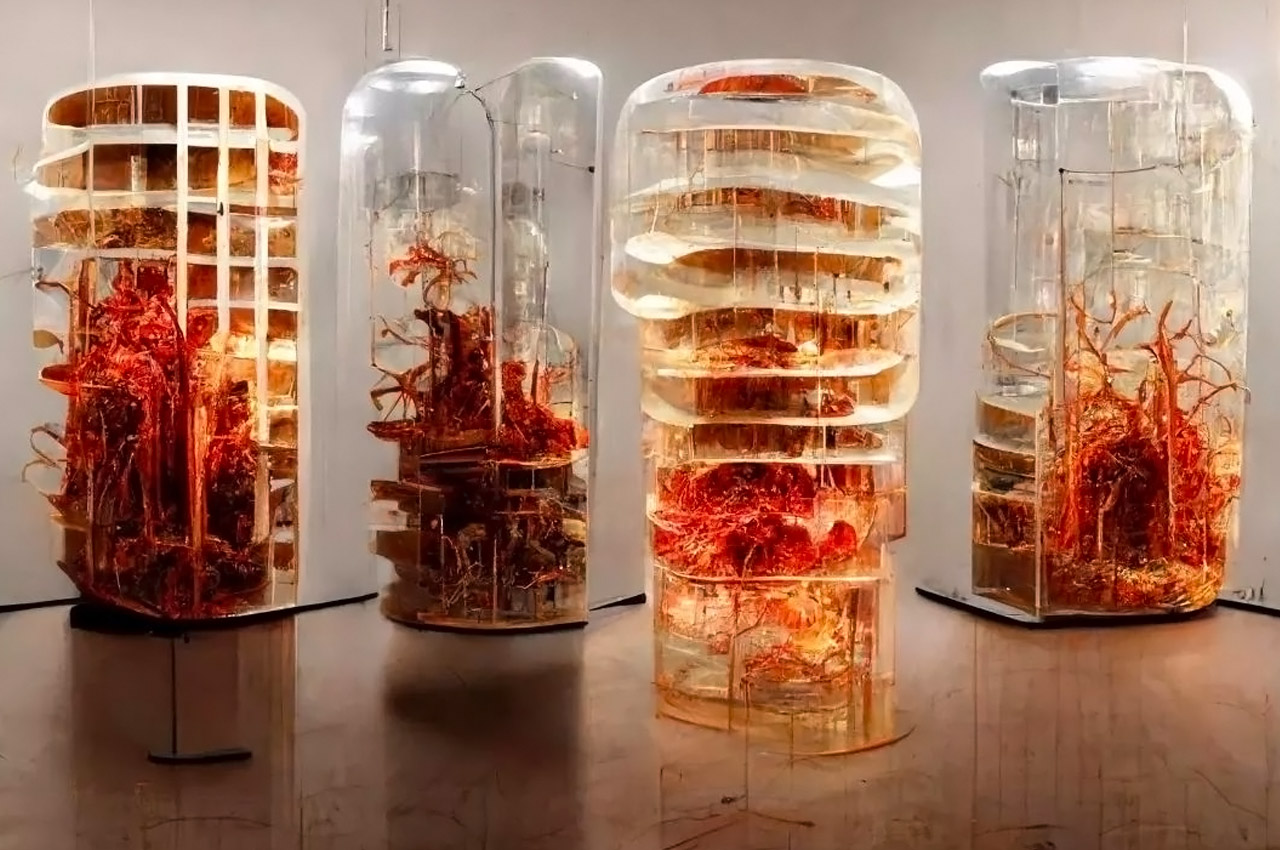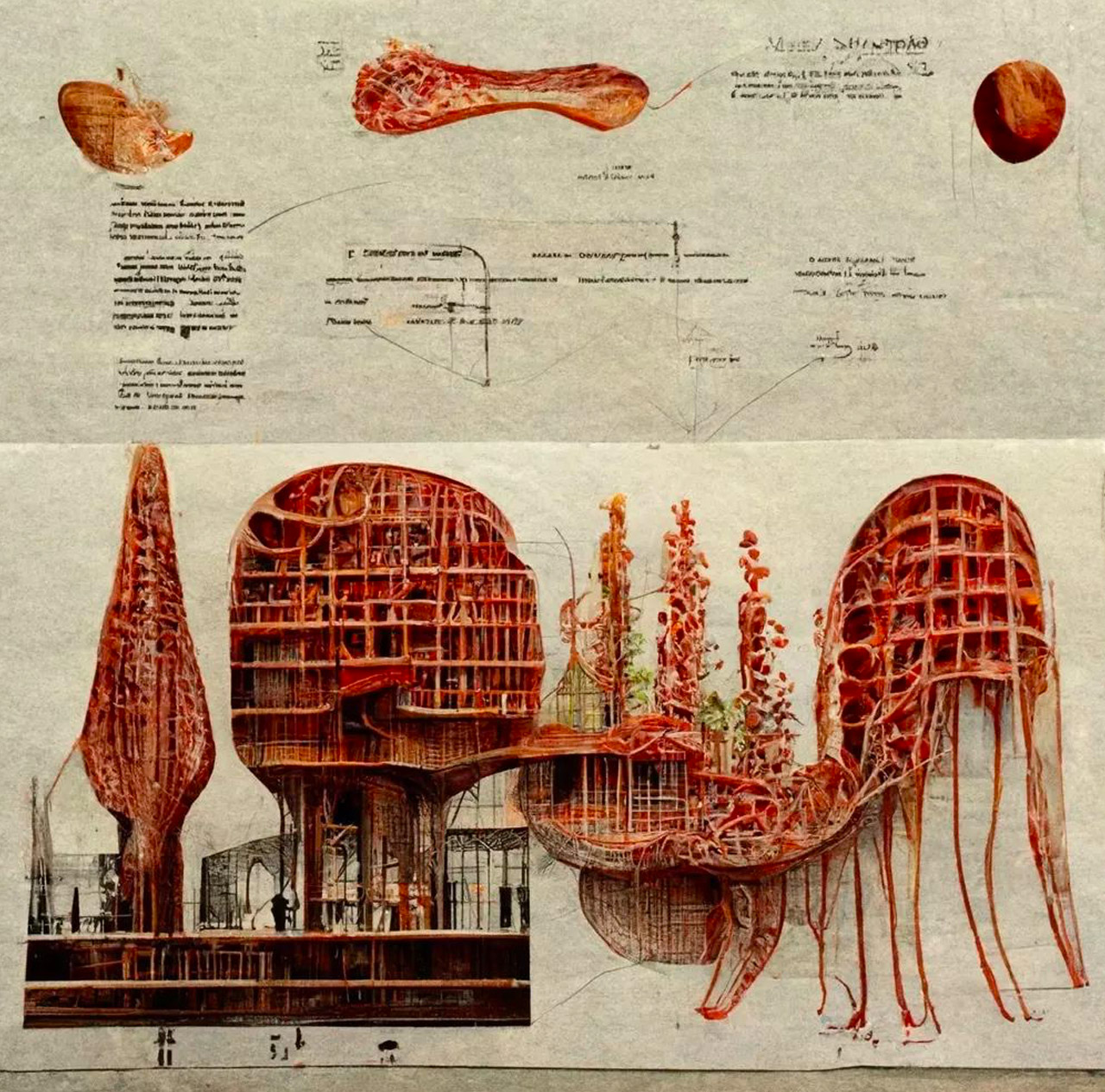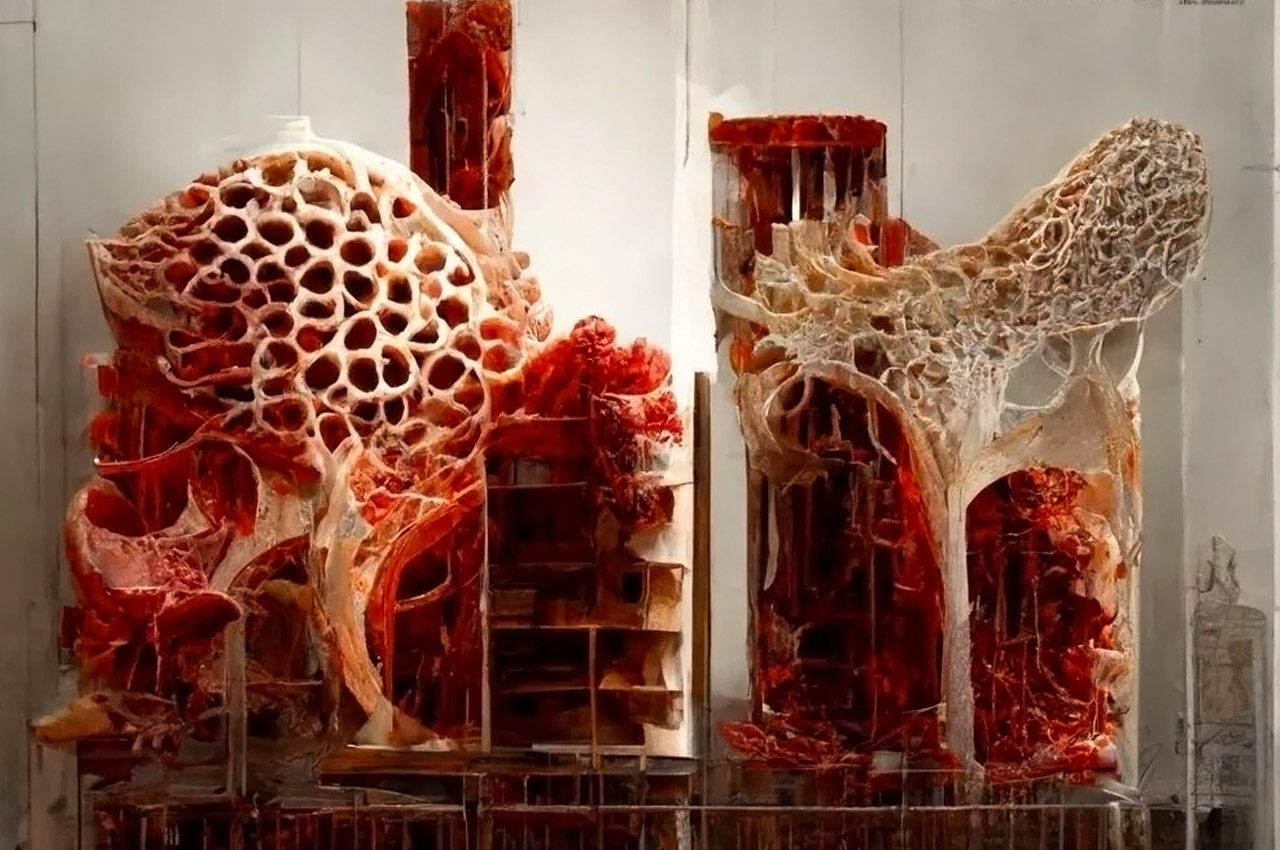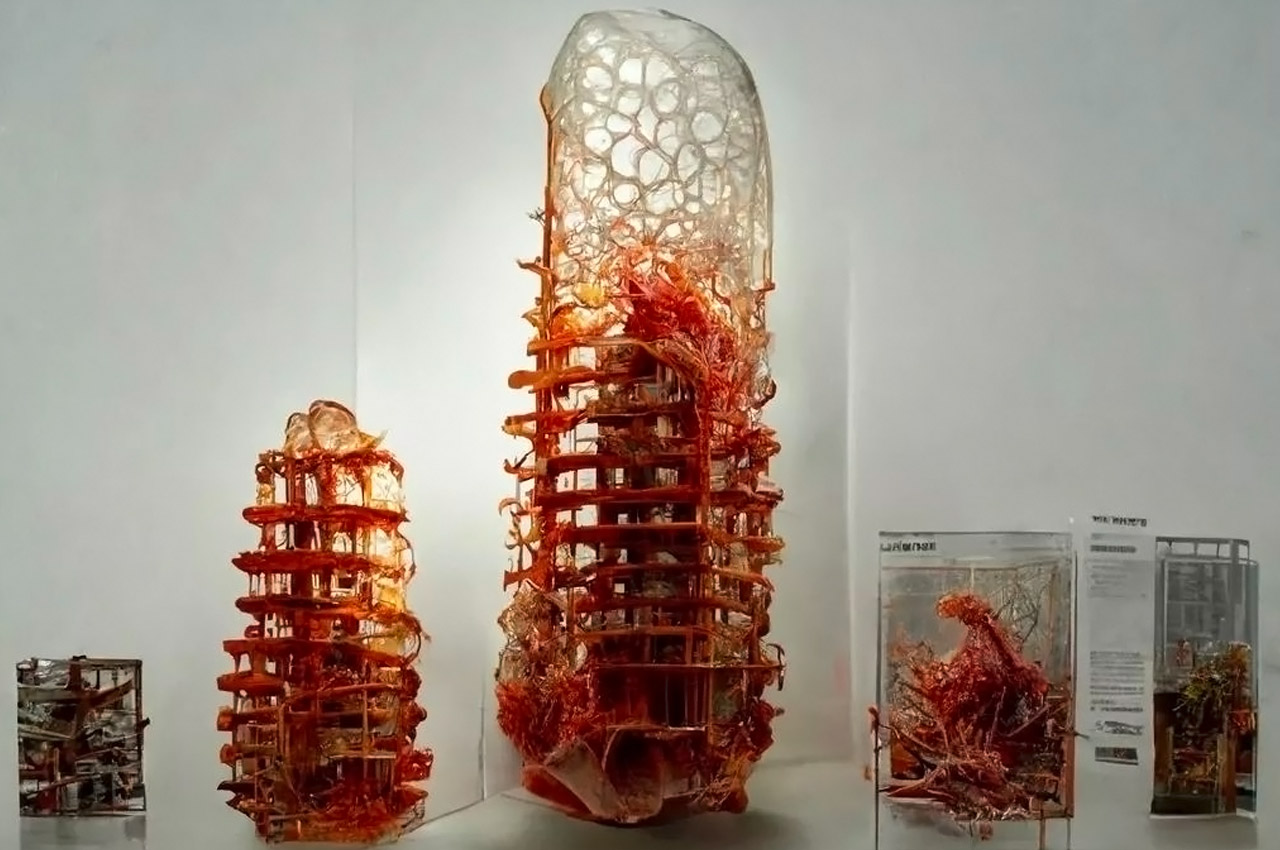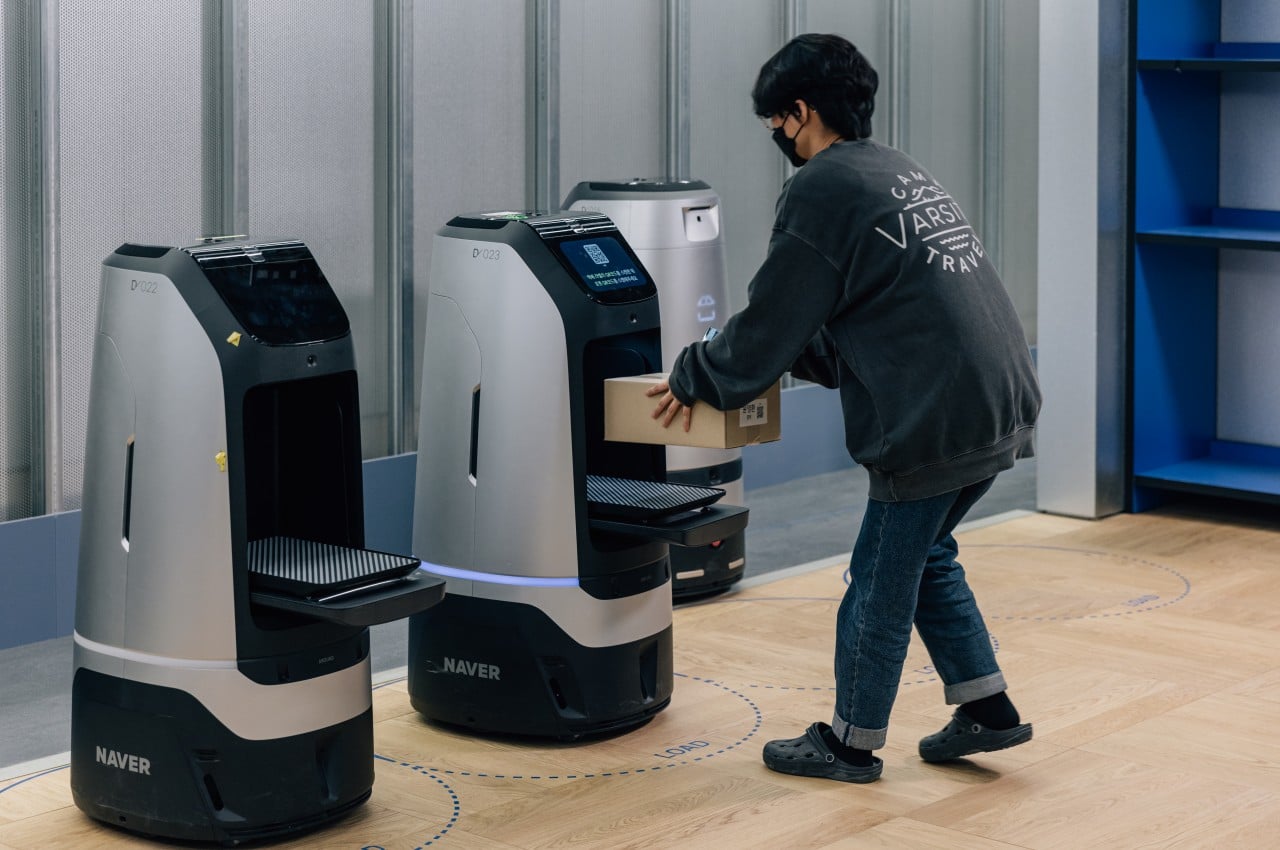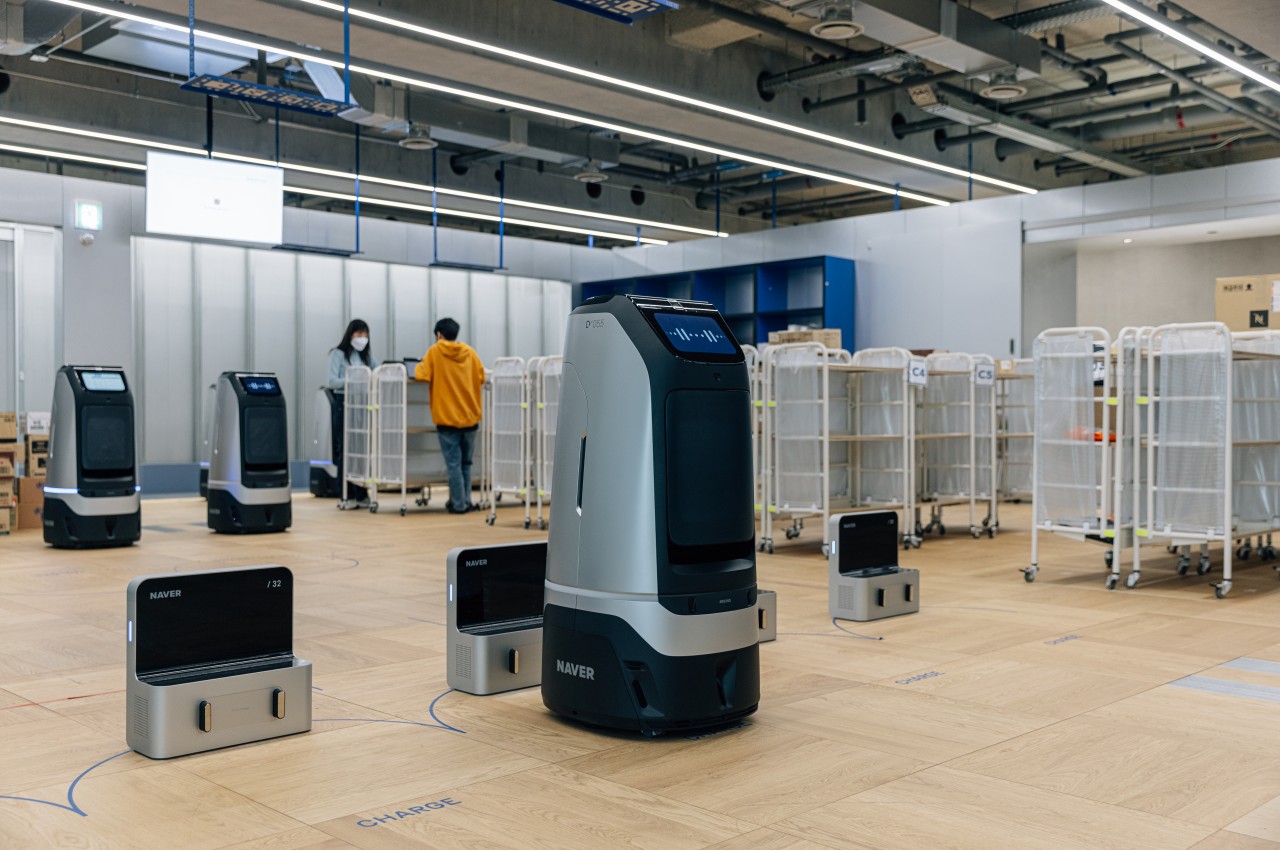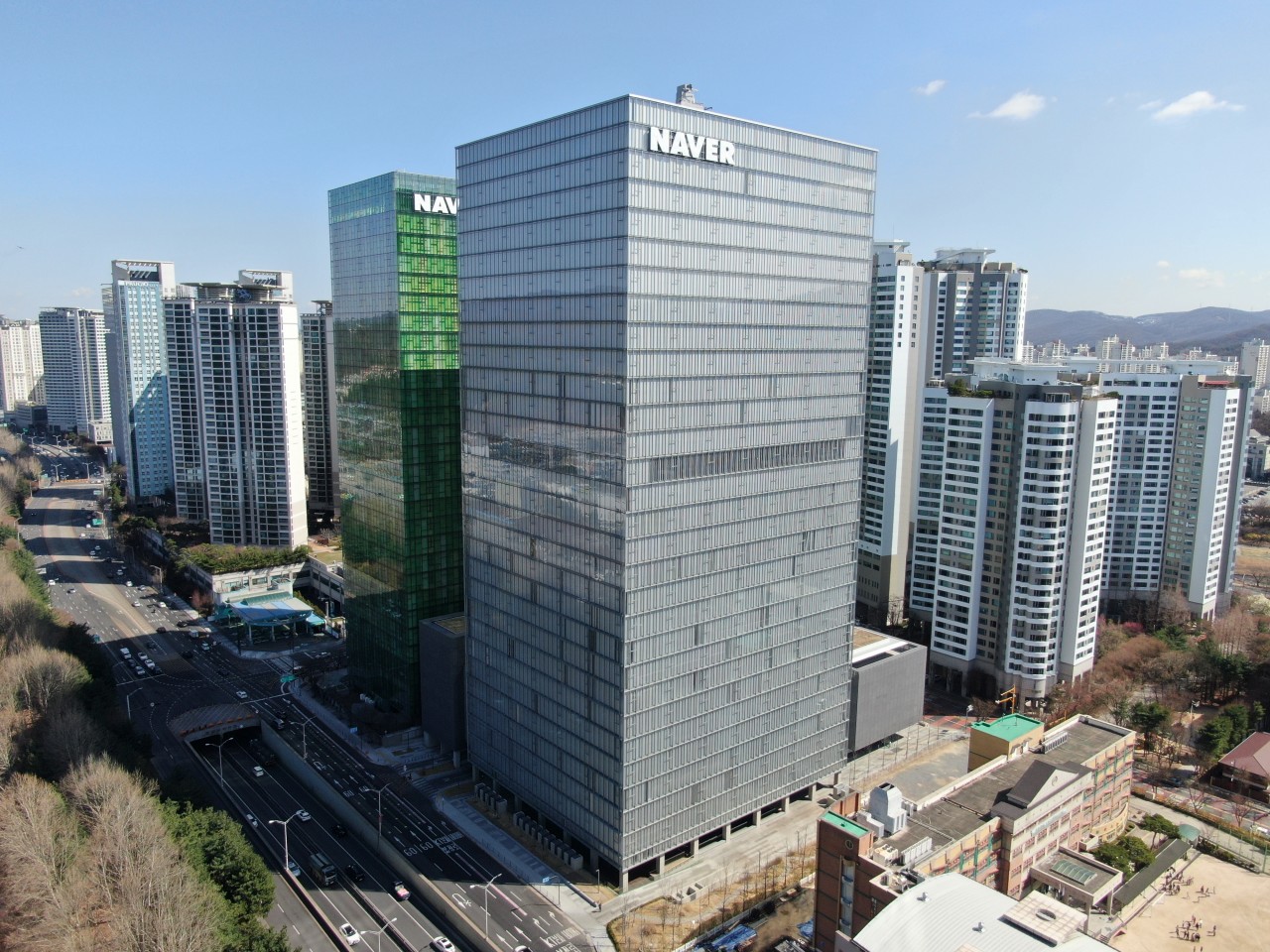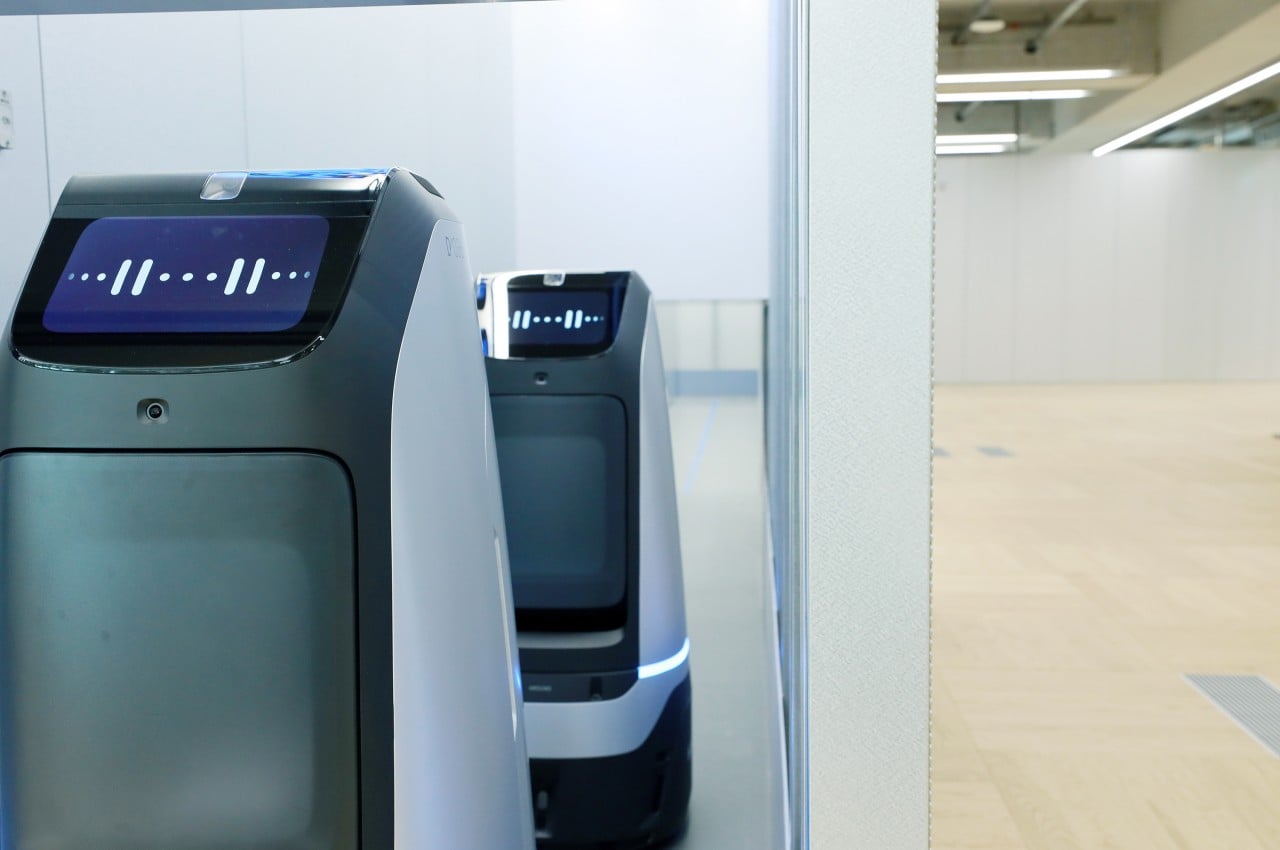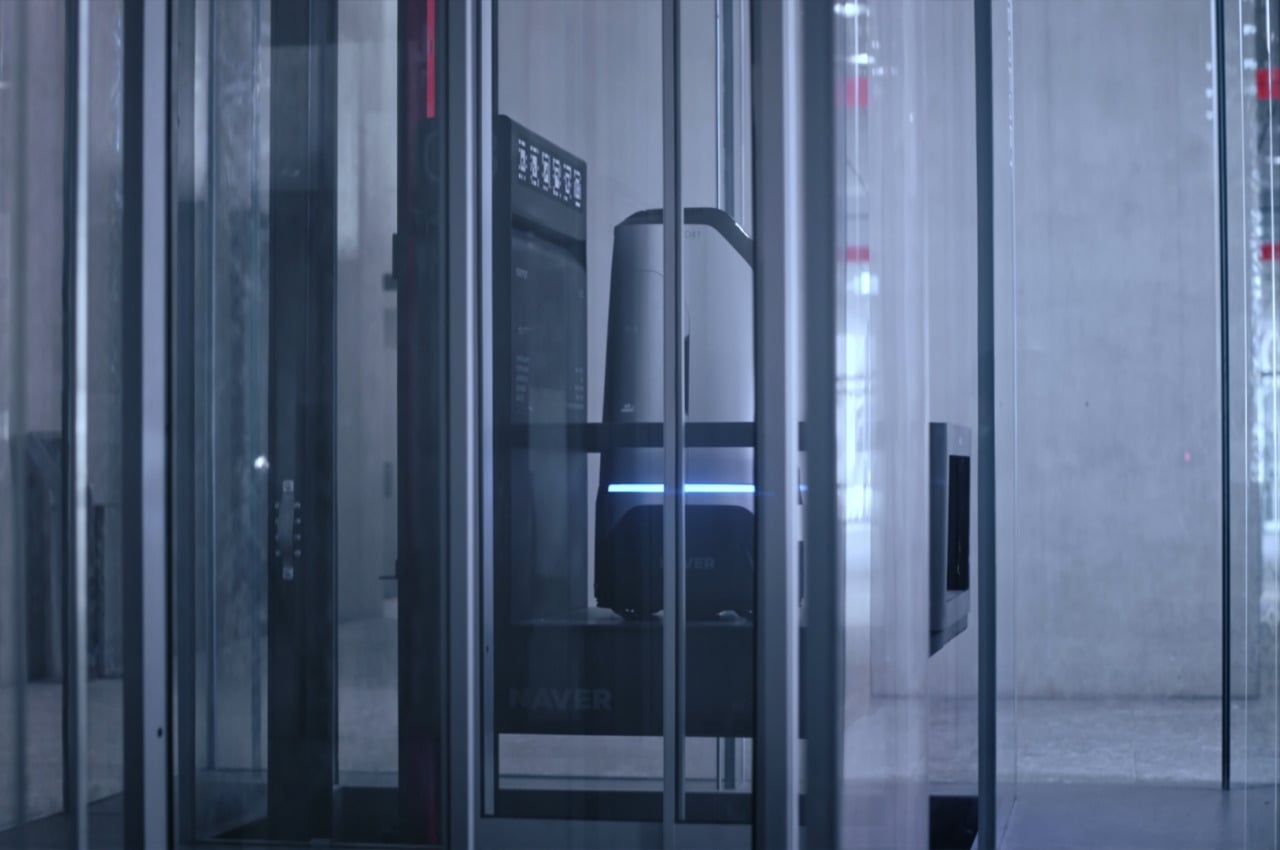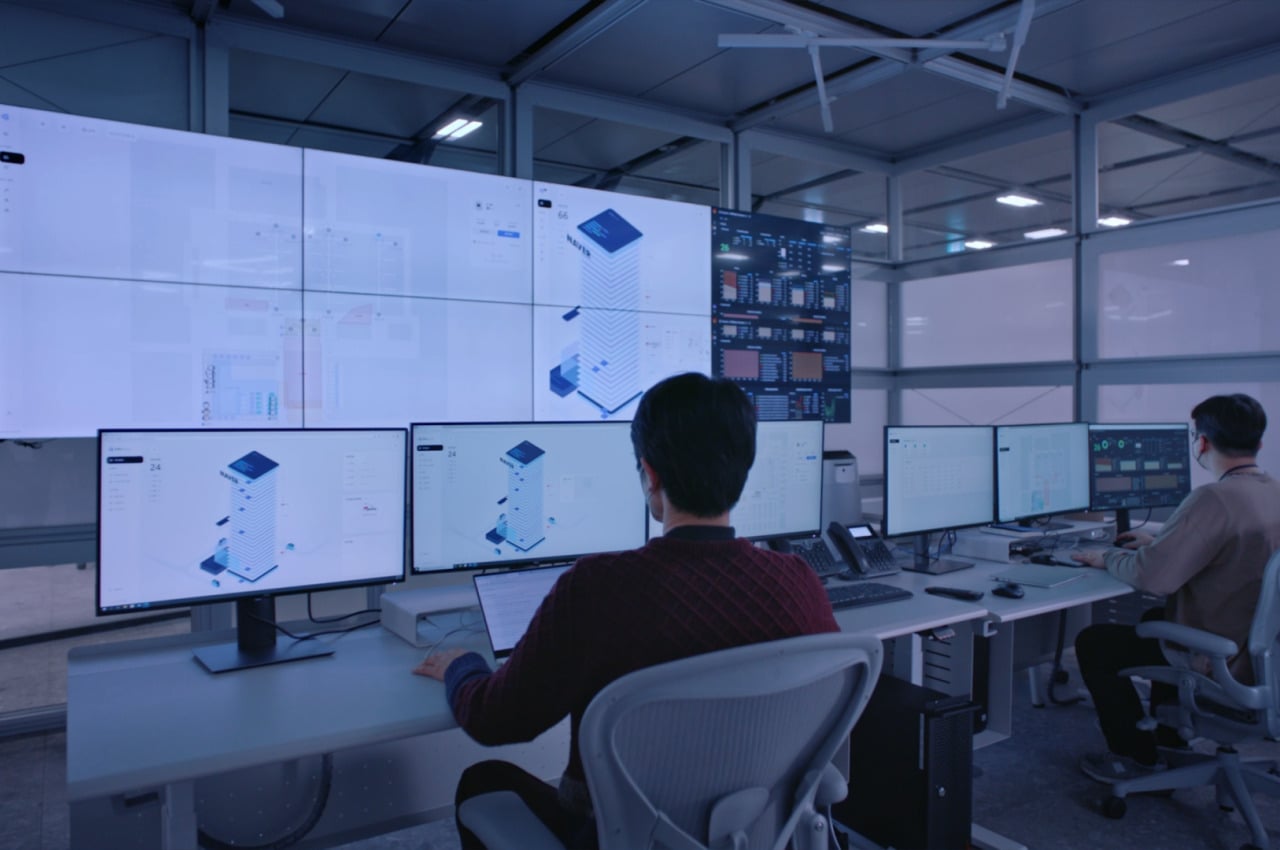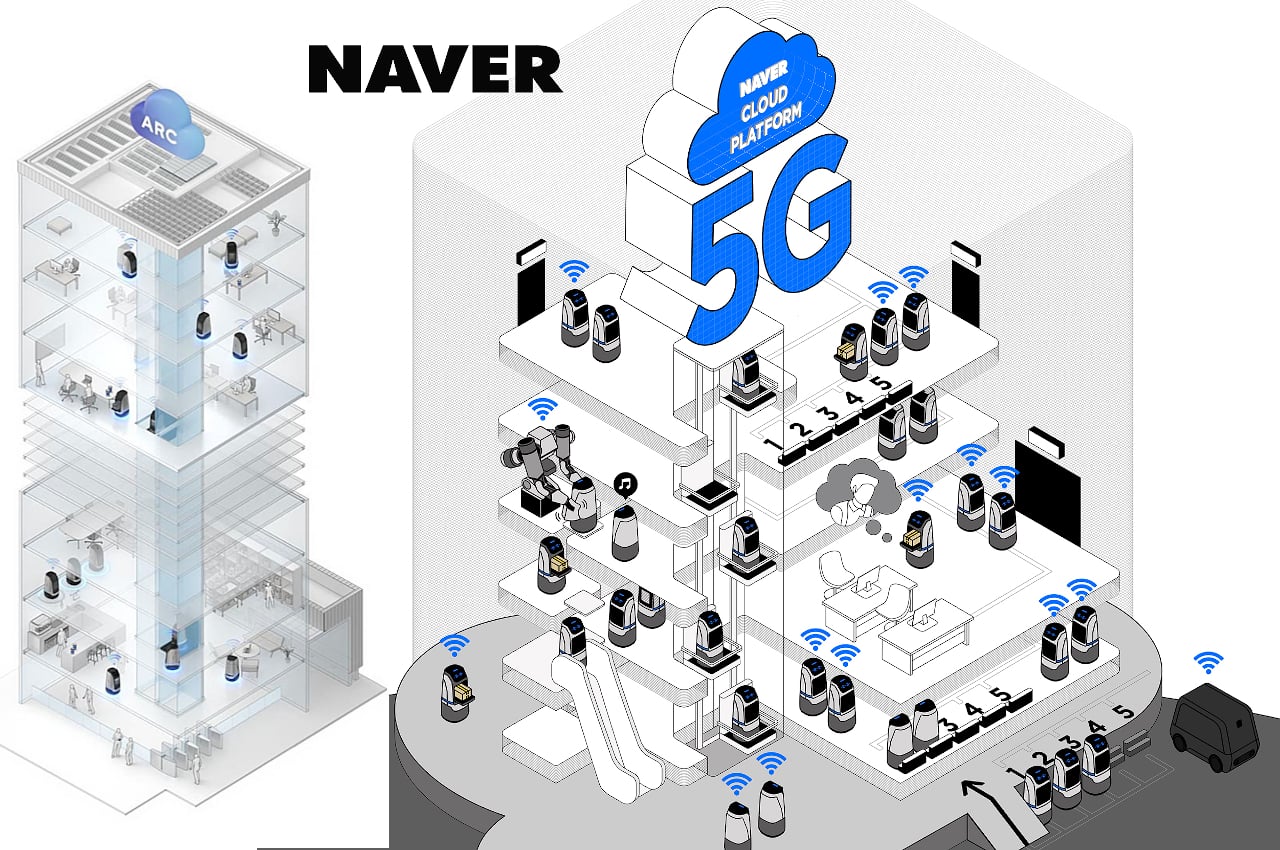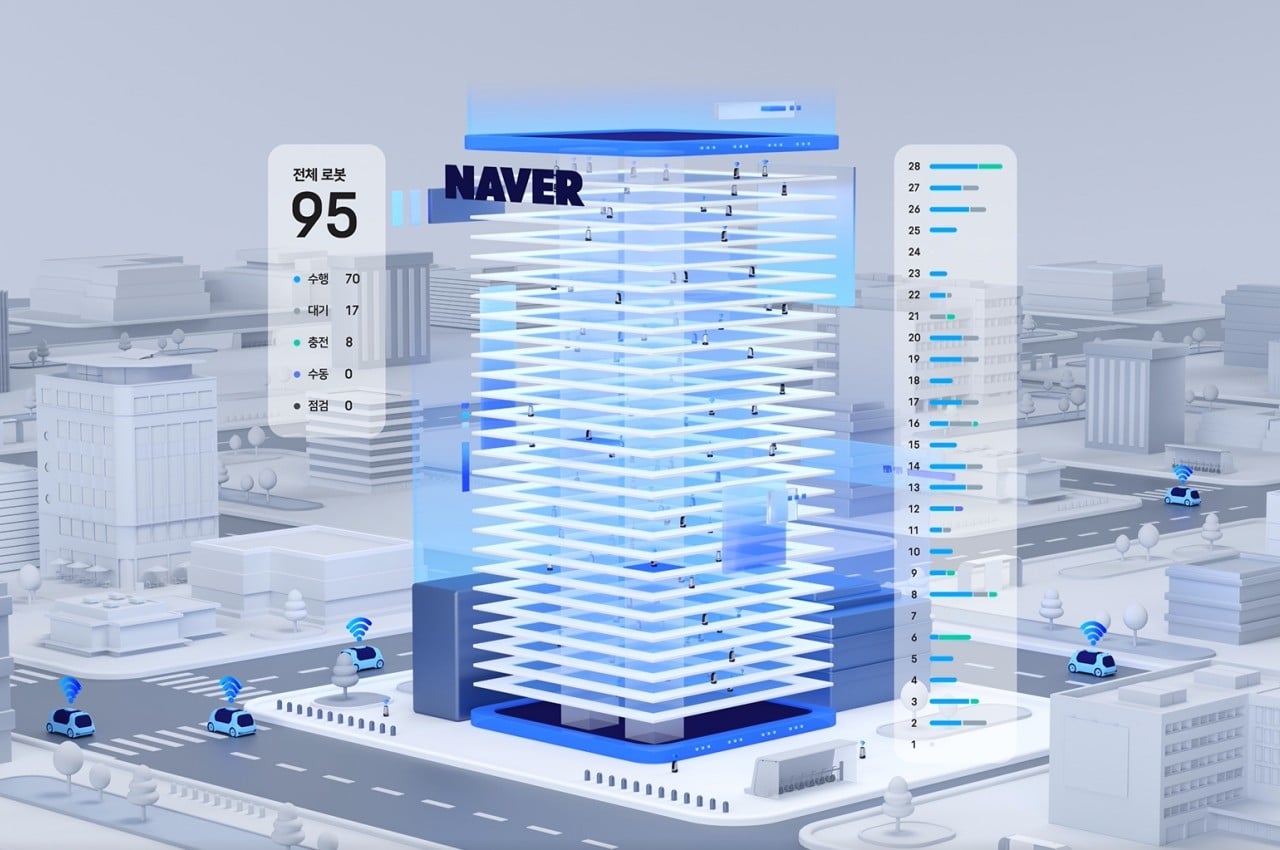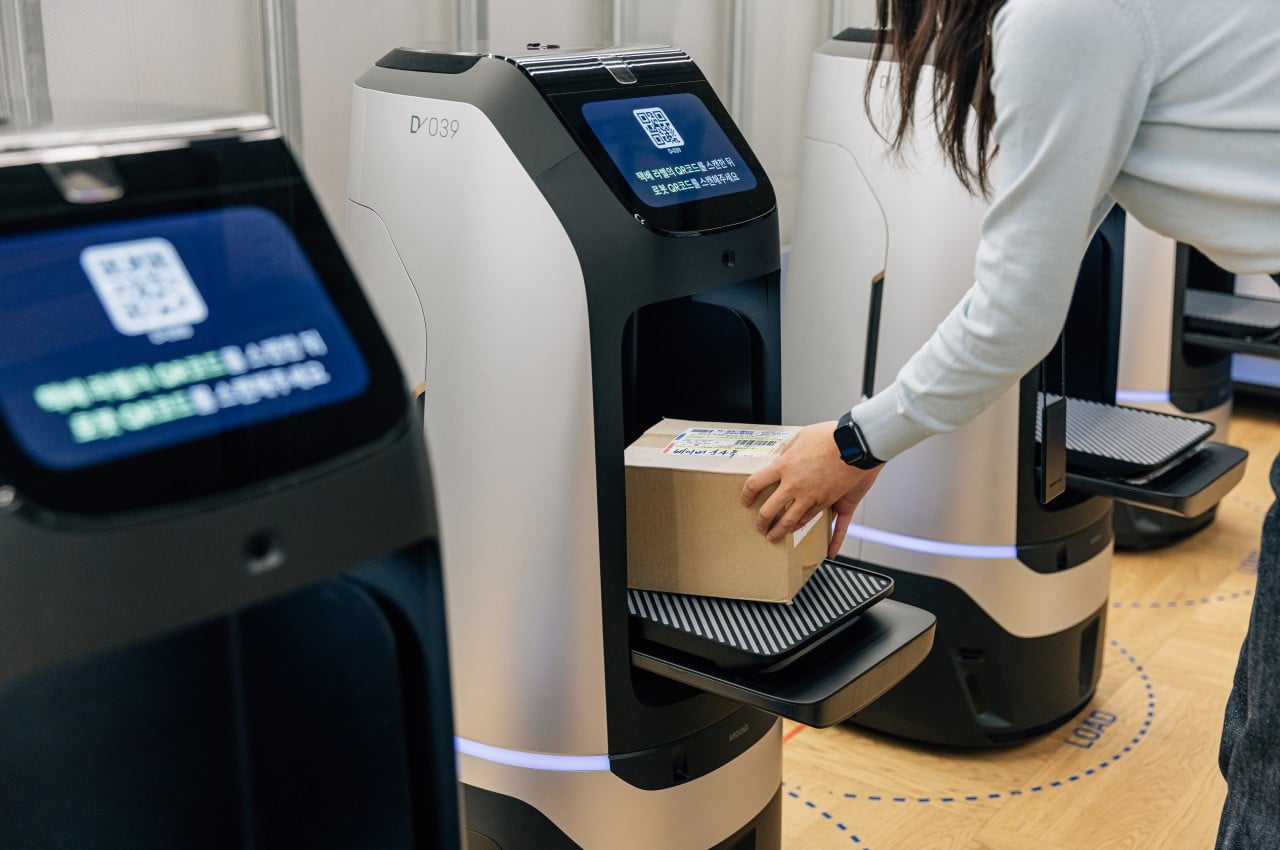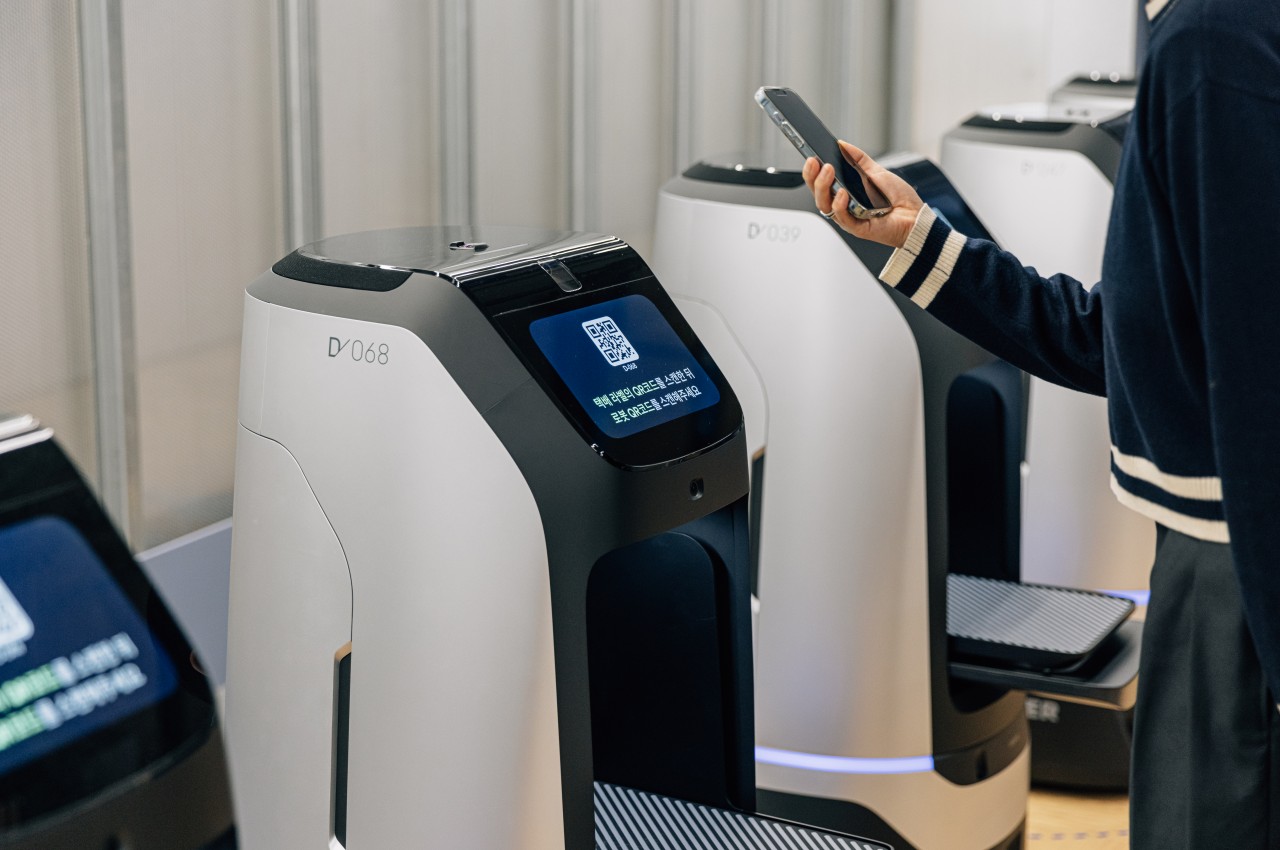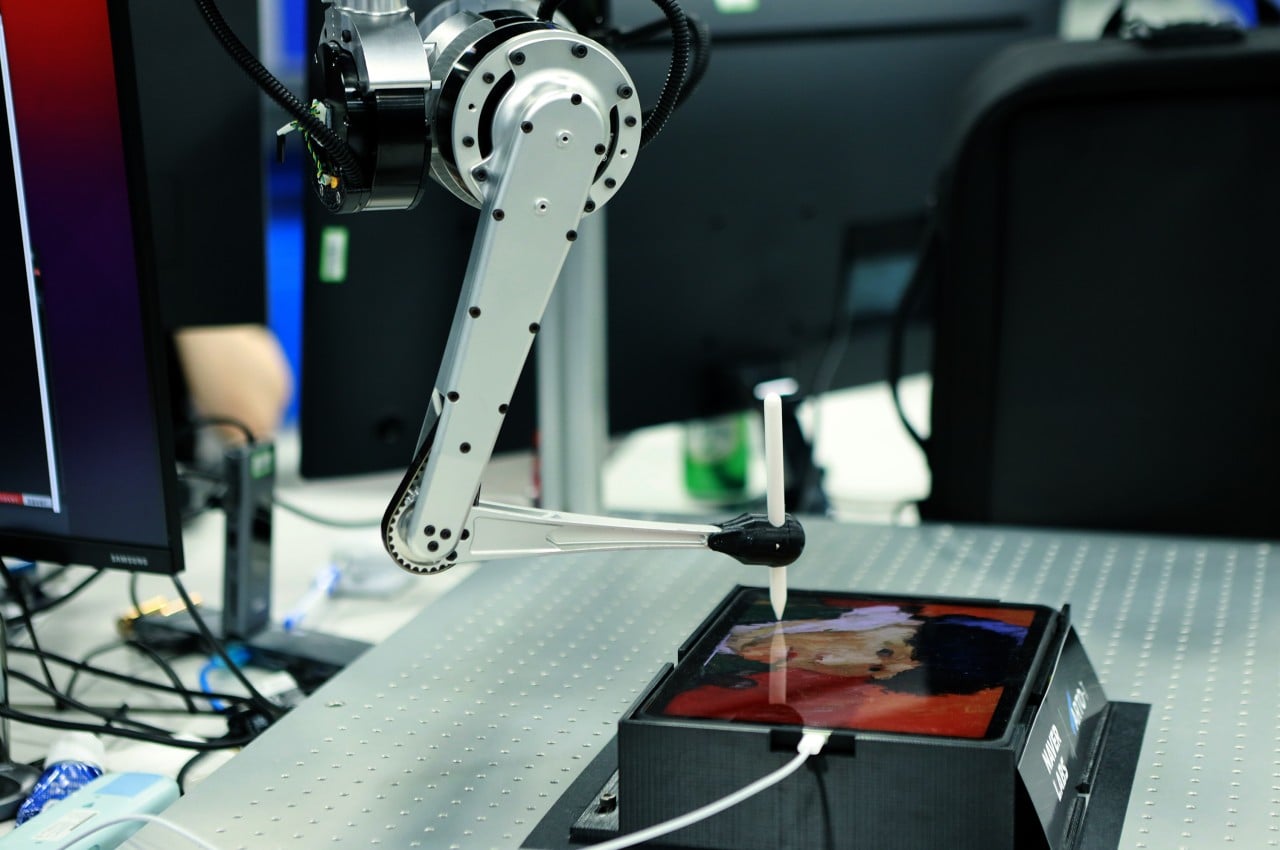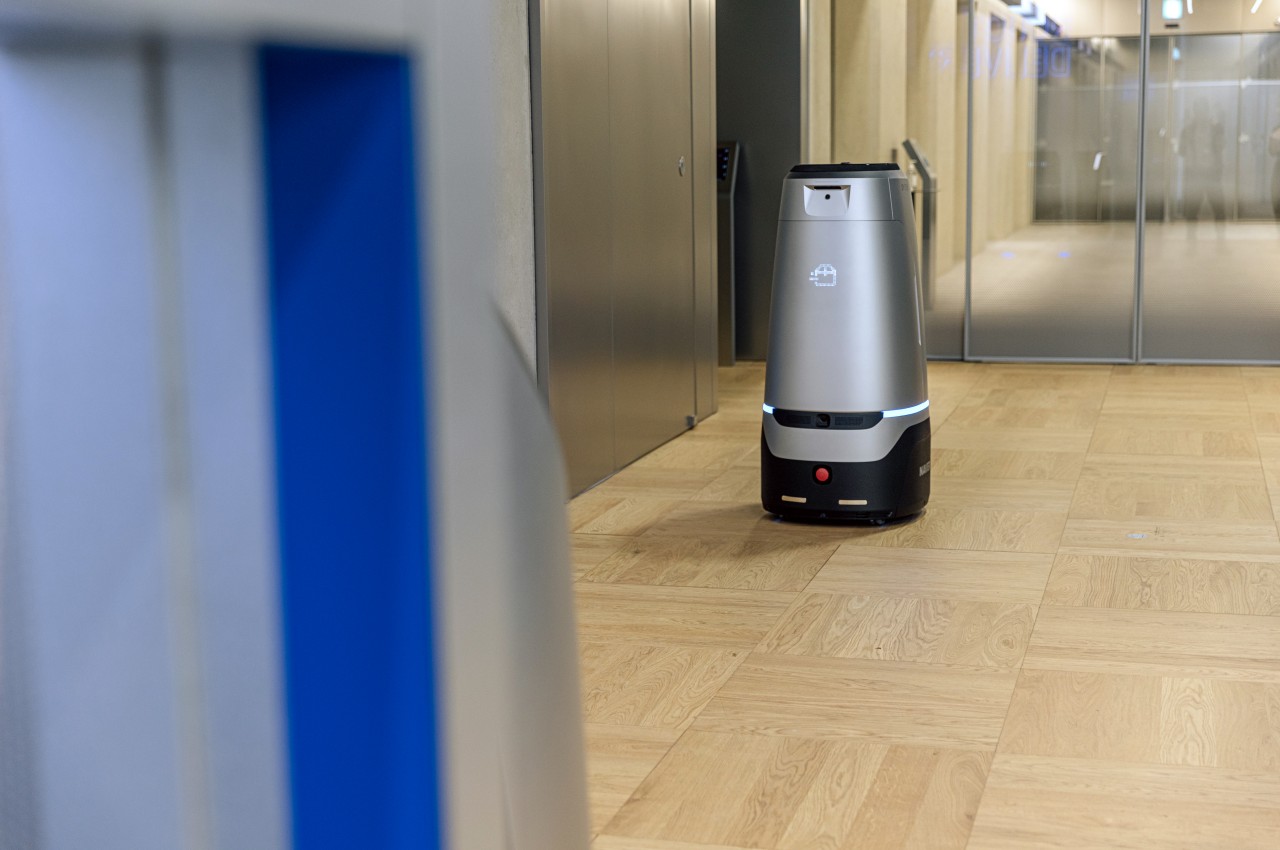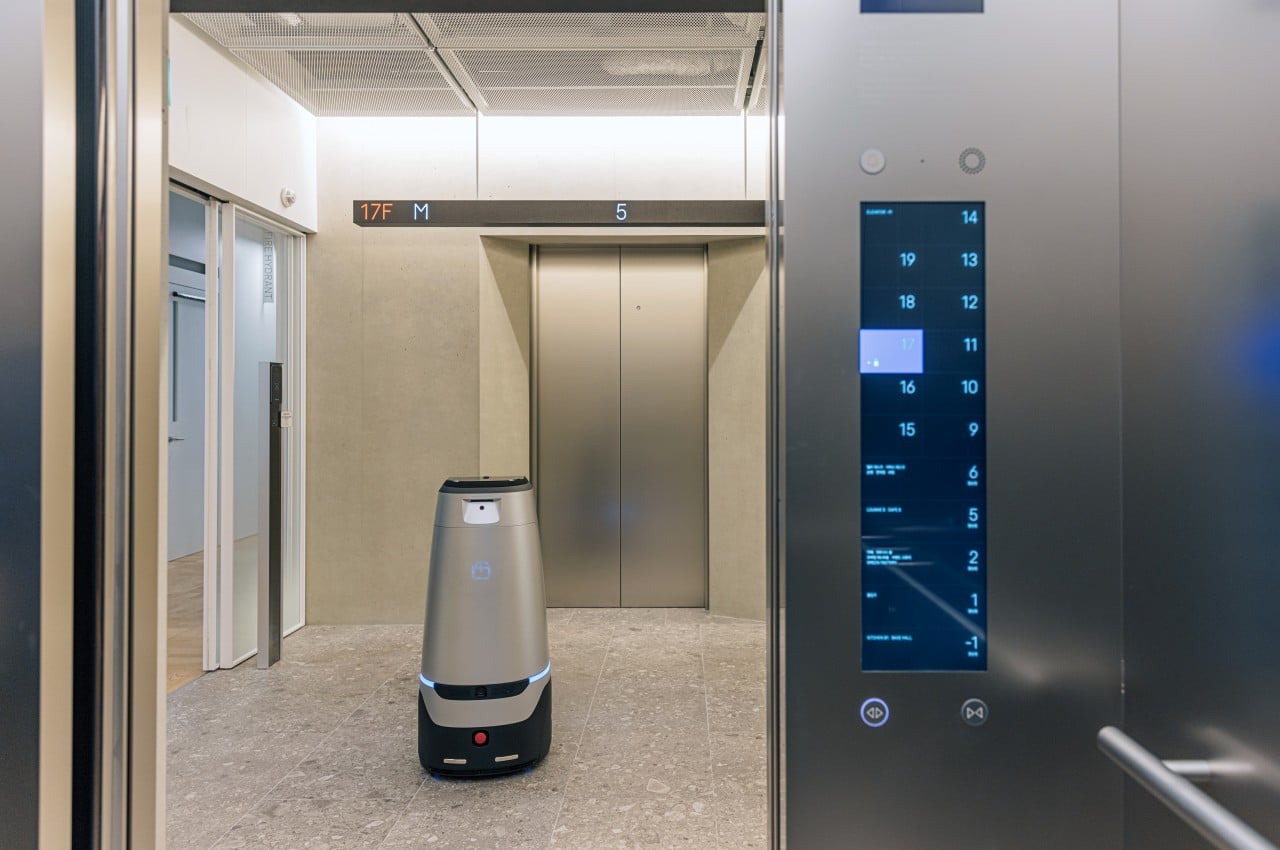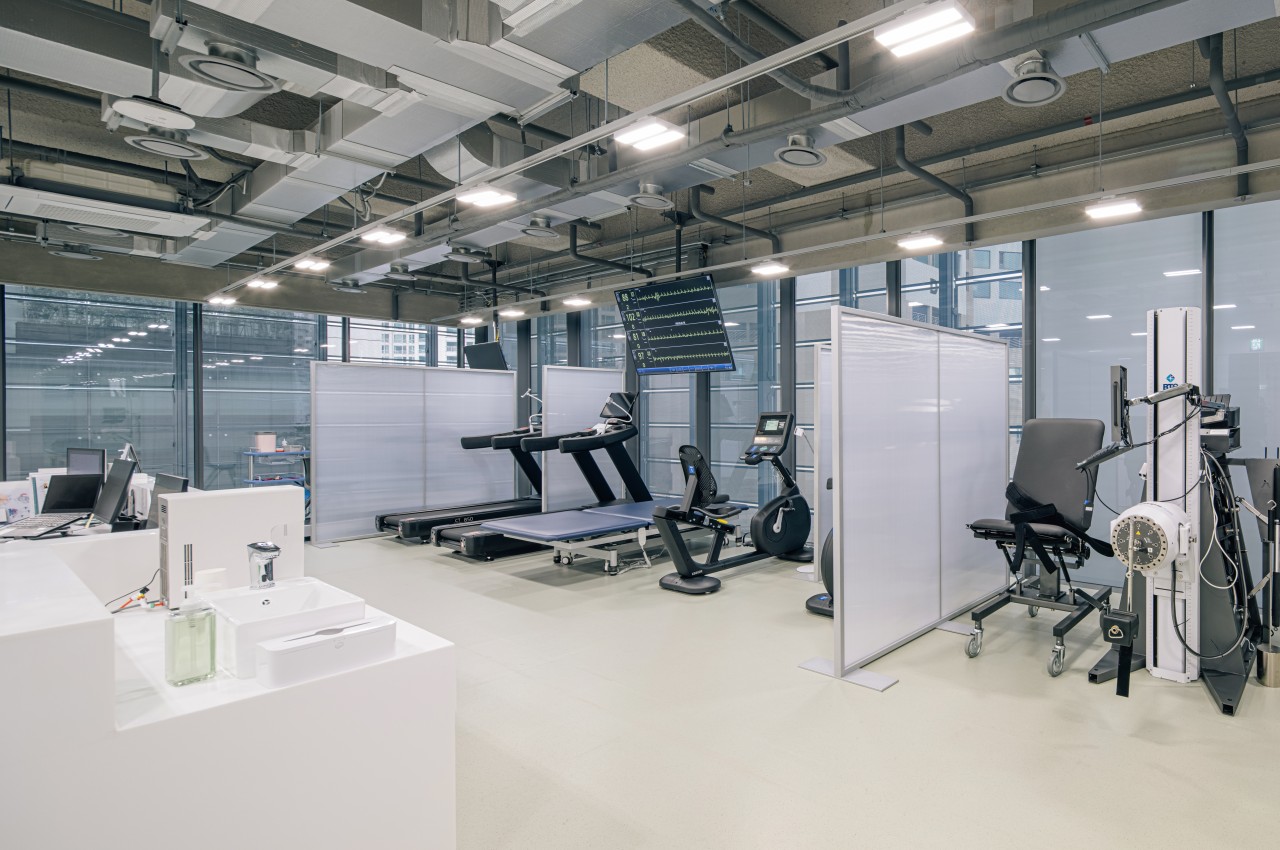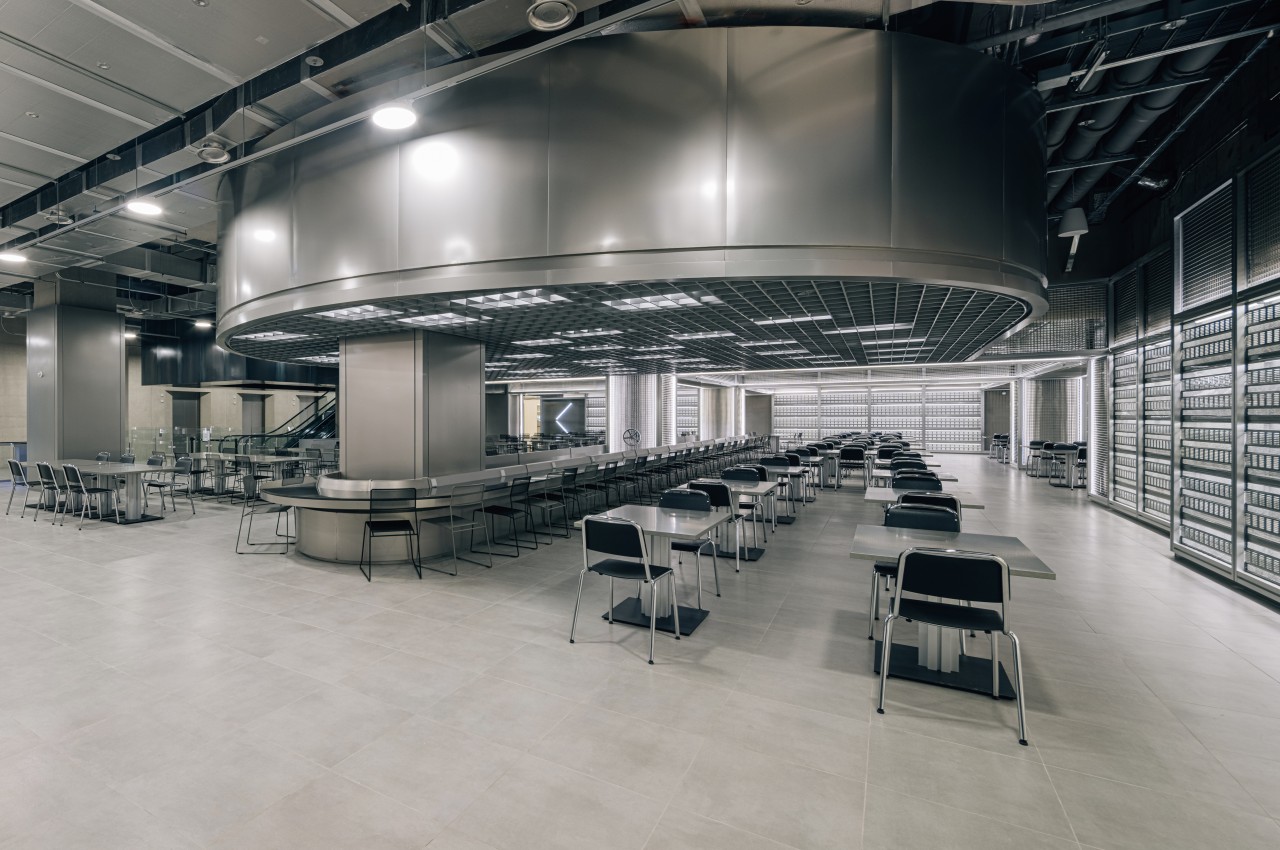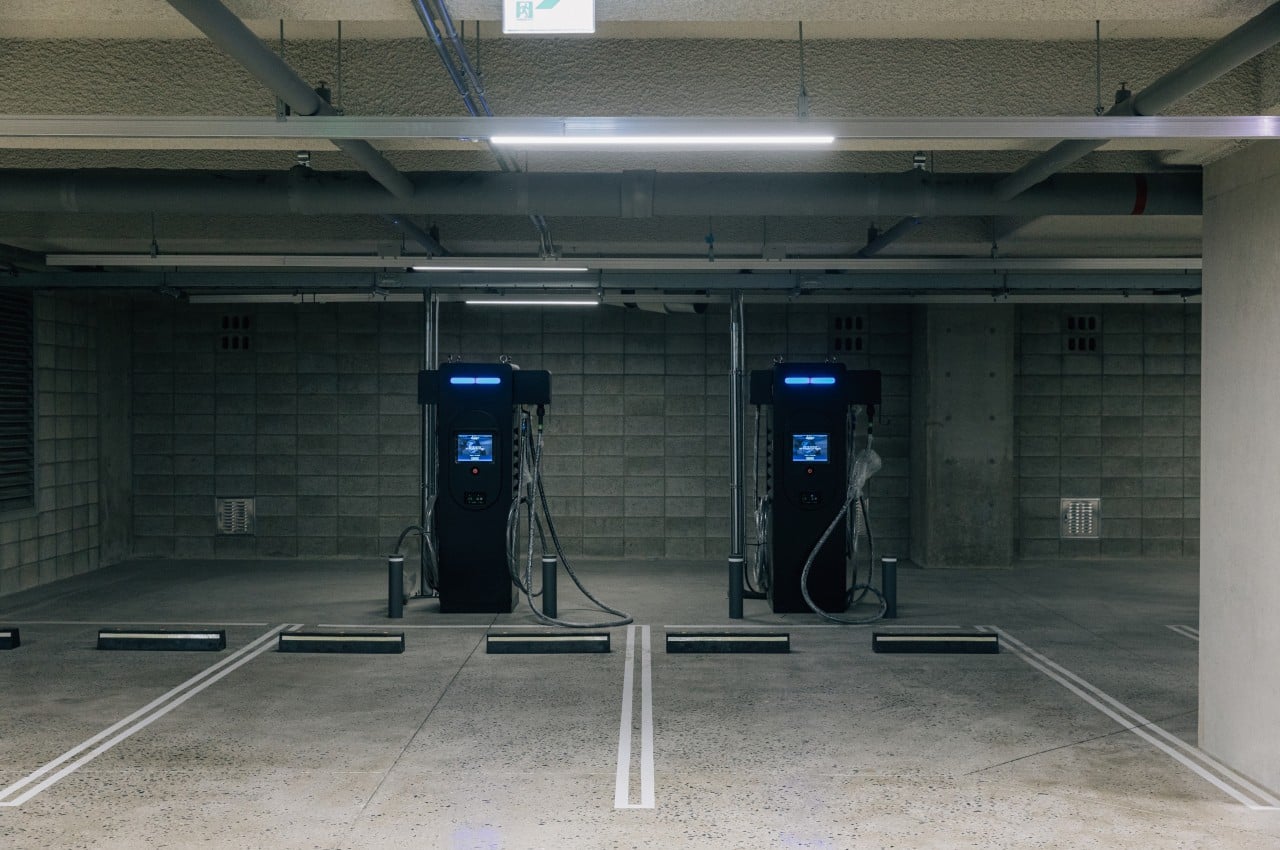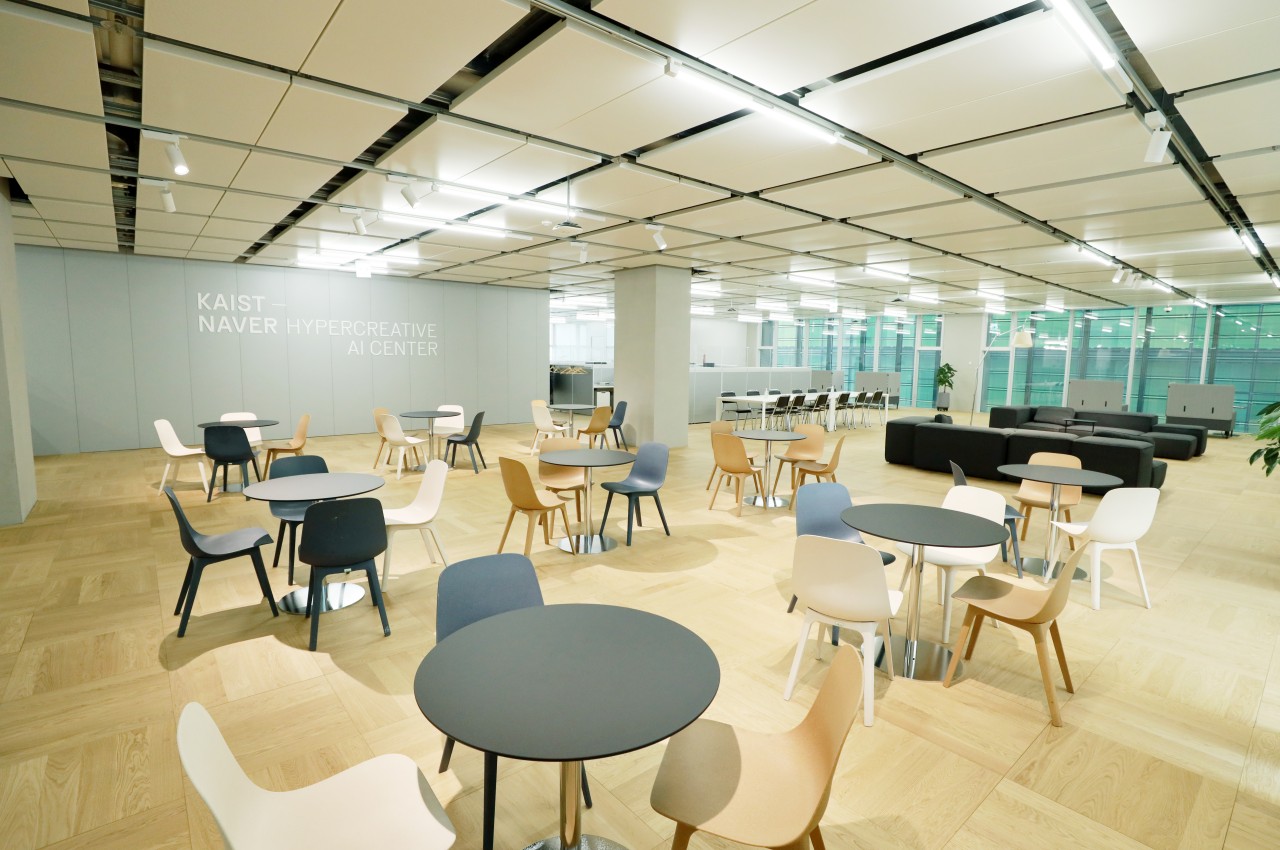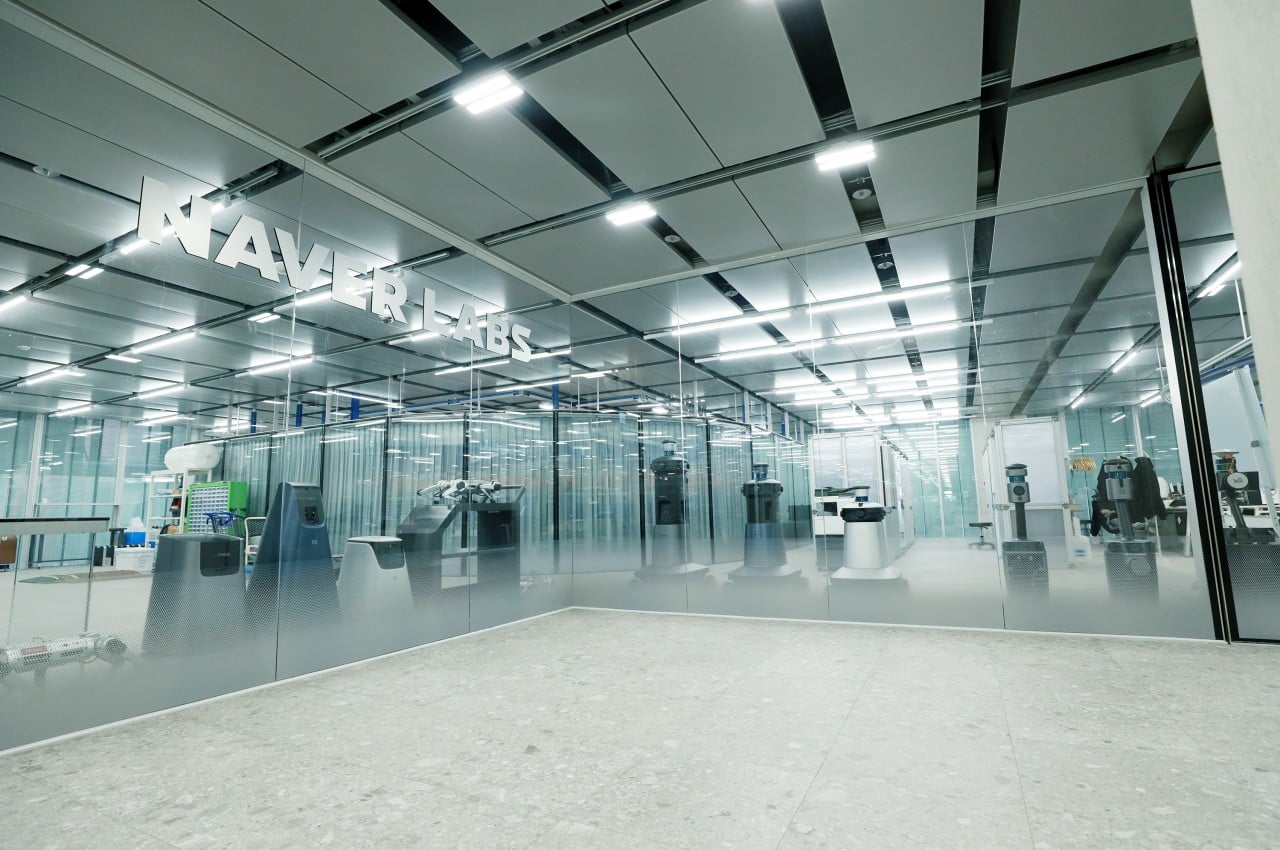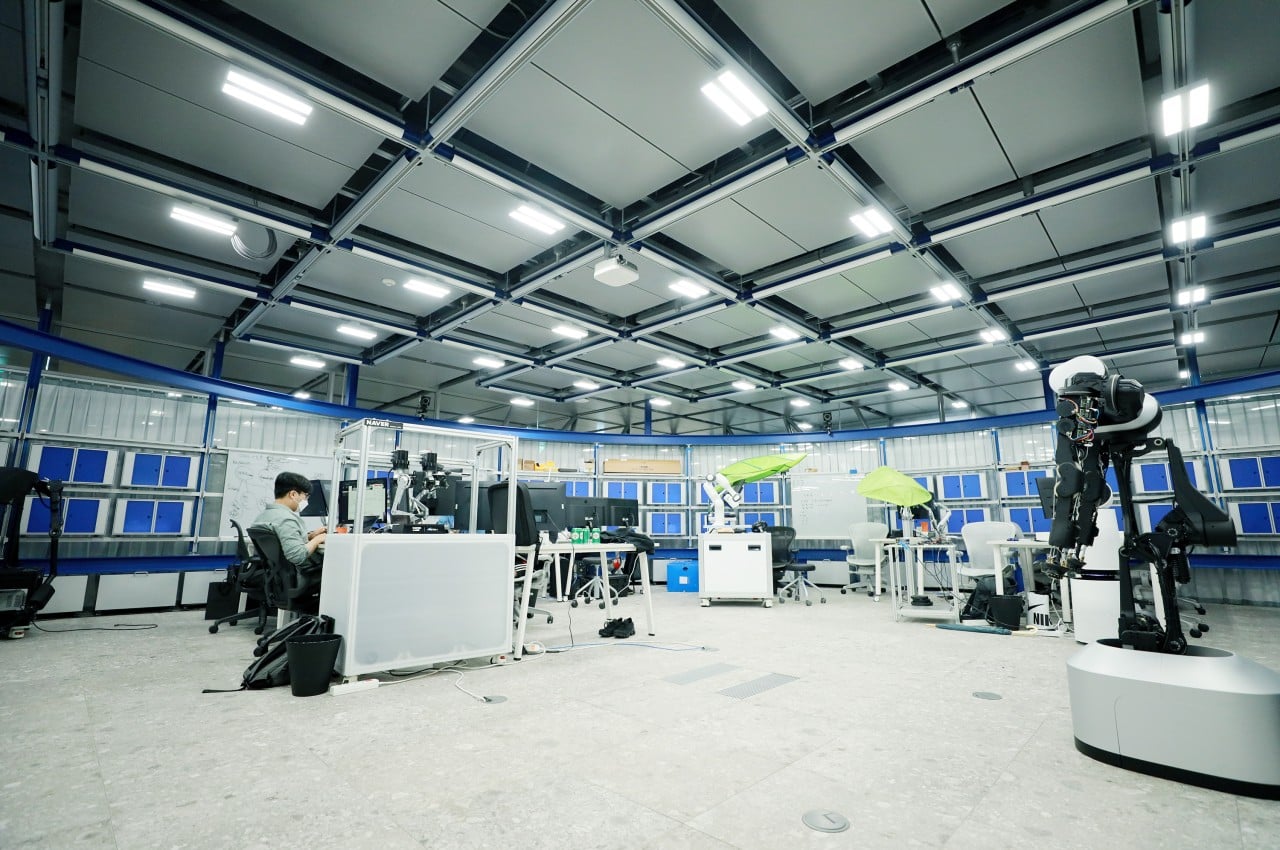Robot vacuum cleaners have become more common these days, but indoor spaces aren’t the only ones that need cleaning. Maintaining a lawn is even harder work, especially since the tools available haven’t exactly been the easiest to use. Gasoline-chugging lawnmowers are noisy and dangerous, but robot lawnmowers with perimeter wires are only a step less inconvenient. More than just their efficiency, however, these supposedly smart lawnmowers turn out not to be that smart at all and require a bit of human intervention just to make sure they stay within boundaries. Fortunately, you can finally stop wishing for an effortless way to keep your lawn clean and green with this truly smart mower that makes lawn care not only easy but also safe for both people and animals alike.
Designer: Heisenberg Robotics
Click Here to Buy Now: $999 $2499 ($1500 off). Hurry, only 19/285 left! Raised over $1.2 million.
Compared to a vacuum cleaner, a robot mower needs to juggle a lot more responsibilities. Cutting grass is actually the easiest part, but a hands-free mower also needs to know where it should and shouldn’t go, avoid obstacles that may come in the form of unexpected furry critters, and more. Keeping within boundaries is already a difficult task, and most robot mowers require setting up wires around the area, which means digging up the ground to set these up.
With today’s technologies, especially AI and machine learning, that shouldn’t be the case anymore, and the Heisenberg LawnMeister demonstrates how to utilize these to free up our time and energy for the more important things in life. Calling this robot mower “smart” might even be an understatement because of how many features it packs inside to keep your lawn looking beautiful, no matter the time of the year.

Set Virtual Boundaries – Its smart navigation uses vision AI and GPS to learn your whole lawn – so you’ll never have to dig up dirt and lay wires around your yard.

Avoid All Kinds of Objects – LawnMeister can recognize all types of objects from a hedgehog to a lawn chair, then use its AI-powered system to steer around.
Instead of using cumbersome and intrusive boundary wires, the LawnMeister utilizes a combination of vision AI and GPS to know its location and its path. It creates a 3D navigation guide of your lawn and detects the edges, so it knows where to go and where to keep off. It sees and learns in real-time, avoiding obstacles like chairs and toys even if they change locations every day. Of course, it also avoids people, pets, and even unexpected furry visitors, so everyone and everything is safe, except for unmanageable grass, that is.

Custom Mowing Schedules – Customize your mowing schedule to fit your routine, giving you the freedom to have a great lawn on your time.

Set Up No-Go Zones – Simple lawn zone management means you can protect certain areas of your lawn, like a vegetable patch or a spot your dog likes to nap.

Conquer Any Terrain – They designed LawnMeister to handle slopes, bumps, and divots while still delivering the same even cut.
Th LawnMeister is so smart that you can immediately start using it right out of the box, but that doesn’t mean you don’t have any control over it. Using its companion app, you can set no-go zones or even have different settings for different areas, trimming grass short in one place while letting it grow in another. The robot mower can also take into account the season and the weather so that it can offer mowing schedules tailored to the grass’ needs.

Fertilizer – LawnMeister’s vision AI enables it to see yellow spots on your lawn and to sprinkle a trail of nourishment over the patches of stunted growth, giving your grass what it needs to grow back stronger and healthier.

Edge Trimmer – LawnMeister tidies up around gardens, patios, and driveways to cut loose ends and make your lawn look perfectly manicured.

Leaf Blower – Not only does it blow away fallen leaves so they won’t clog up the blades, but it also gets rid of grass, debris, and other fallen bits to give your lawn the neat and tidy look you want.
But wait, there’s more! LawnMeister can do more than just cut grass, which is really just one part of lawn care. With the fertilizer sprayer add-on, it can also apply fertilizer on grass by manually setting the areas that need to be sprayed on the app. Are fallen leaves messing up the scene? The rolling robot can blow them out of its way, along with debris, dust, and dirt. There’s even a driveway sweeper add-on to clean those grass clippings to ensure a thorough mowing session. The single 5Ah battery is enough for two hours of yard work on a single charge or four hours with the 10Ah dual battery option. And when it’s time to charge, the robot drives itself to its docking station and then returns to the exact spot where it left off. Say goodbye to noisy weekends, intrusive boundary wires, and uneven grass with the smart and safe Heisenberg LawnMeister All-in-One Robot Mower, starting at $999 only for a Super Early Bird discount.
Click Here to Buy Now: $999 $2499 ($1500 off). Hurry, only 19/285 left! Raised over $1.2 million.
The post All-in-one modular robot mower with 3D vision keeps your lawn clean without fuss or wires first appeared on Yanko Design.
